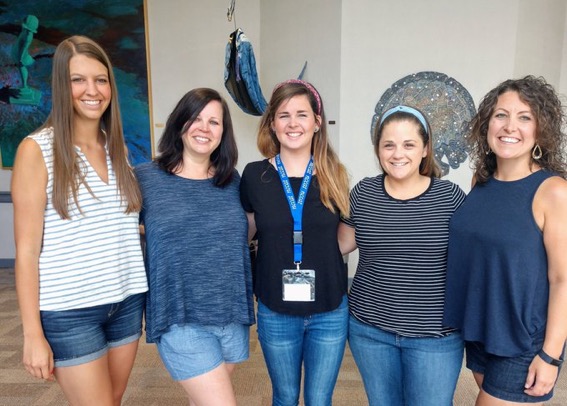Kindergarten is a lot like herding cats. I had never actually heard that expression until I became a Kindergarten teacher, and it is the perfect visual to reflect what our classes may look like at times, particularly at first.
And for that reason, every time that a new Kindergarten year circles back around, I find myself unsure of how to get started. So much growth occurs during the school year, that it’s hard to even remember what those little 5 year olds are like in the beginning, entering the formal school setting for the first time. It seems like every year I have to physically stop myself from planning a full-out writing activity for the first day/week…wait, we’re still learning letters and sounds! And I just never quite account for the amount of time it will truly take to complete activities…everything takes double the time to get through between expectation reviews, new routines to explain, thorough modeling needed, and transitions. They grow so much during the Kindergarten year that they make you forget just how much structuring it took first quarter to bring the chaos to a controlled and productive level. What makes it even more challenging: while students need to learn the structures, routines, and expectations of the classroom in order to actually function in school and activities, the curriculum doesn’t wait.
So how do I begin, teaching students how to go to school while jumping into the “real” learning right away?
 While this problem may be magnified on the Kindergarten level due to their young age and newness to school, I know that this is something that teachers of all grade levels encounter: starting over with a new class, a year younger than the class you just finished with. Shout-out to my friend Aubrey Diorio for getting me pumped for the new school year with her recent post on new school year must do’s, and for inspiring this reflection. While Aubrey’s post gives awesome examples of specific, beginning of school must do’s to set your class up for success (go read it!!!), my post more specifically tackles how to actually dive into and structure the beginning of the year. Unfortunately, just looking back at last year’s lesson plans isn’t always enough: those plans may not account for how routines and expectations were taught and embedded throughout the day, and for things you want to do better or differently for the upcoming year. Each year, it feels like I am re-learning how to structure the beginning of year chaos; but after some time reflecting, I have outlined some of my tips, priorities, and strategies for starting a new school year, or in a Kindergarten teacher’s case…”herding those cats,” as smoothly and effectively as possible.
While this problem may be magnified on the Kindergarten level due to their young age and newness to school, I know that this is something that teachers of all grade levels encounter: starting over with a new class, a year younger than the class you just finished with. Shout-out to my friend Aubrey Diorio for getting me pumped for the new school year with her recent post on new school year must do’s, and for inspiring this reflection. While Aubrey’s post gives awesome examples of specific, beginning of school must do’s to set your class up for success (go read it!!!), my post more specifically tackles how to actually dive into and structure the beginning of the year. Unfortunately, just looking back at last year’s lesson plans isn’t always enough: those plans may not account for how routines and expectations were taught and embedded throughout the day, and for things you want to do better or differently for the upcoming year. Each year, it feels like I am re-learning how to structure the beginning of year chaos; but after some time reflecting, I have outlined some of my tips, priorities, and strategies for starting a new school year, or in a Kindergarten teacher’s case…”herding those cats,” as smoothly and effectively as possible.
1. Make lists
 Before the kids arrive, I have found it helpful to make lists. Not just a list for the thousand things I have to do to get the room ready, but a list, broken into categories, to outline expectations, routines, activities, flexible seating expectations, and protocols students need to learn to get the classroom up and running. My list is categorized into 3 sections: expectations (embodying all behavioral expectations, flexible seating expectations, routines, protocols, and day-to-day skills needed), centers (both beginning of year literacy/STEAM and initial Daily 5 literacy centers), and technology (apps, systems, and activities for beginning of year). Your list may be more broad or more specific than that. In essence, this is a “Planning To Do List”…what your students need to learn in order to learn in your classroom for the year. Don’t just make the list, but try to prioritize it. For example, students can’t get through the first day of school without carpet time and work time, so expectations for sitting on the carpet, using supplies, and using flexible seating should be taught day 1. This is a list that I print off, cross items off of, and pull un-taught items from to put into my weekly lesson plans. And in the world of Kindergarten, these are lists I pull from throughout the entire first quarter. Time to spare? Teach something else from “the list.”
Before the kids arrive, I have found it helpful to make lists. Not just a list for the thousand things I have to do to get the room ready, but a list, broken into categories, to outline expectations, routines, activities, flexible seating expectations, and protocols students need to learn to get the classroom up and running. My list is categorized into 3 sections: expectations (embodying all behavioral expectations, flexible seating expectations, routines, protocols, and day-to-day skills needed), centers (both beginning of year literacy/STEAM and initial Daily 5 literacy centers), and technology (apps, systems, and activities for beginning of year). Your list may be more broad or more specific than that. In essence, this is a “Planning To Do List”…what your students need to learn in order to learn in your classroom for the year. Don’t just make the list, but try to prioritize it. For example, students can’t get through the first day of school without carpet time and work time, so expectations for sitting on the carpet, using supplies, and using flexible seating should be taught day 1. This is a list that I print off, cross items off of, and pull un-taught items from to put into my weekly lesson plans. And in the world of Kindergarten, these are lists I pull from throughout the entire first quarter. Time to spare? Teach something else from “the list.”
2. Build a strong foundation
All students need a strong foundation to learn the expectations and routines of their new classroom, but Kindergarten takes this one to another level! Using my running list of all the new “school things,” daily expectations, and routines students need to learn, I will teach, practice, and reinforce new skills daily. Sometimes I act out the procedure, sometimes peers act it out, sometimes students illustrate a picture of themselves following the expectation, sometimes we search for examples and non-examples in literature, sometimes we make “do’s” and “don’ts” anchor charts. And while expectations are embedded into all areas, some aspects taught are more behavioral and some are more like classroom systems or routines for certain parts of the day. Our first writing project is all about behavioral expectations, as students practice their illustrating skills to reflect themselves showing given school expectations. Regardless of what foundational concept is being taught, there is SO much to learn in this department for Kinders that I’m usually building the foundation throughout first quarter, and of course throughout the year as things become more challenging.
3. Take the time to fill in gaps
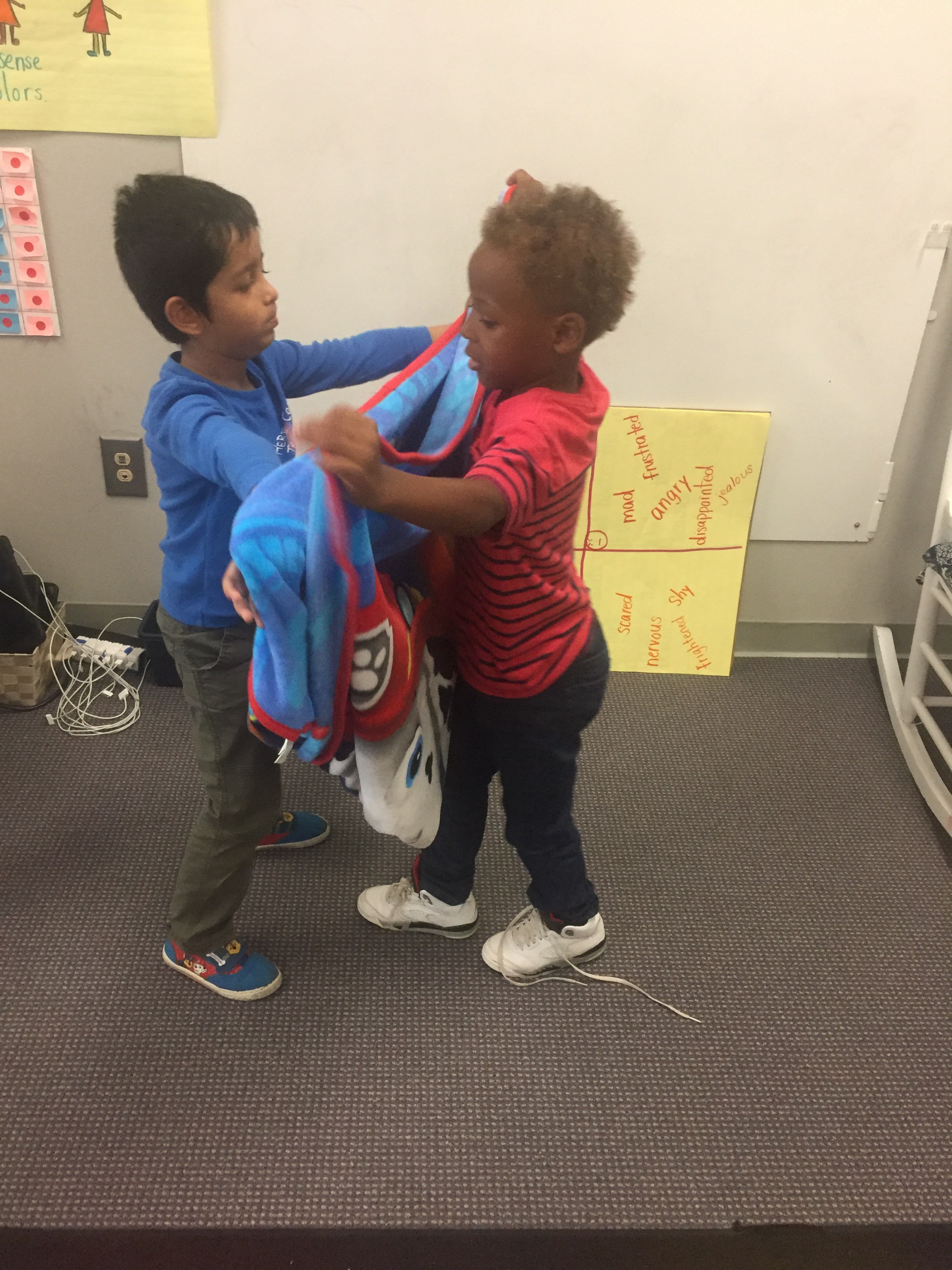 Sometimes a routine or procedure has already been taught, but each day we complete it, there are issues. Whether it’s a flexible seating or classroom library procedure, it’s easy to become frustrated when it was taught but isn’t being followed. I used to keep the mindset that it has been taught, I just reviewed it impatiently, and it will be a waste of our time to go back and fully re-teach; but at a BT meeting a couple years ago, the mentors in the room reminded me that it was never a waste of time to strengthen a routine in the classroom. At the time, I had been feeling so pressured to keep up with the curriculum that I had undermined the importance of filling in those gaps. Filling in the foundational gaps students may have missed not only brings sanity to you, it brings clarity to them and helps the classroom run more efficiently in the long-run. So rather than become frustrated with myself or them, I’m learning to take the time to fully re-teach the expectation in a new way.
Sometimes a routine or procedure has already been taught, but each day we complete it, there are issues. Whether it’s a flexible seating or classroom library procedure, it’s easy to become frustrated when it was taught but isn’t being followed. I used to keep the mindset that it has been taught, I just reviewed it impatiently, and it will be a waste of our time to go back and fully re-teach; but at a BT meeting a couple years ago, the mentors in the room reminded me that it was never a waste of time to strengthen a routine in the classroom. At the time, I had been feeling so pressured to keep up with the curriculum that I had undermined the importance of filling in those gaps. Filling in the foundational gaps students may have missed not only brings sanity to you, it brings clarity to them and helps the classroom run more efficiently in the long-run. So rather than become frustrated with myself or them, I’m learning to take the time to fully re-teach the expectation in a new way.
4. Make modifications
Certain groups handle things differently than others, and some groups aren’t ready for certain routines others may have handled easily right away. There’s no shame in modifications for success! Some years, I have had to make a special beginning of year classroom library, because the large sticker system library was too overwhelming for most students for the first quarter or two. Students still had books to access, so they could still complete tasks, but without as many choices and without as structured of an organizational system. Another example- last year, my class needed assigned numbers to line-up on for greater structure. We still got where we needed to go, but we modified how.
5. STATIONS
Many activities, both at the beginning and throughout the year, are structured into student stations. I have found student learning stations (or centers) to be effective for many reasons: they provide a variety of activities, they can be easily differentiated for ability and interest, they promote a small group learning structure, and they allow for a teacher (and/or instructional assistant) to lead stations that require greater student support and allow for less independence. In the beginning of the year, we ease our way into stations, with the eventual goal of implementing literacy centers in the Daily 5 structure. Beginning of year stations, implemented for a portion of our literacy block (but we also do math stations throughout the year!!), integrate different STEAM, reading, and writing elements. While keeping up with the curriculum, I try to implement as many themes for play (and creativity) as possible, since play sadly diminishes little by little throughout the year. I plan for 2 teacher-led (usually literacy and art), and 3 independent stations for students to rotate through. To go into a little more depth on some of the subjects and station activities we implement on the Kindergarten level-
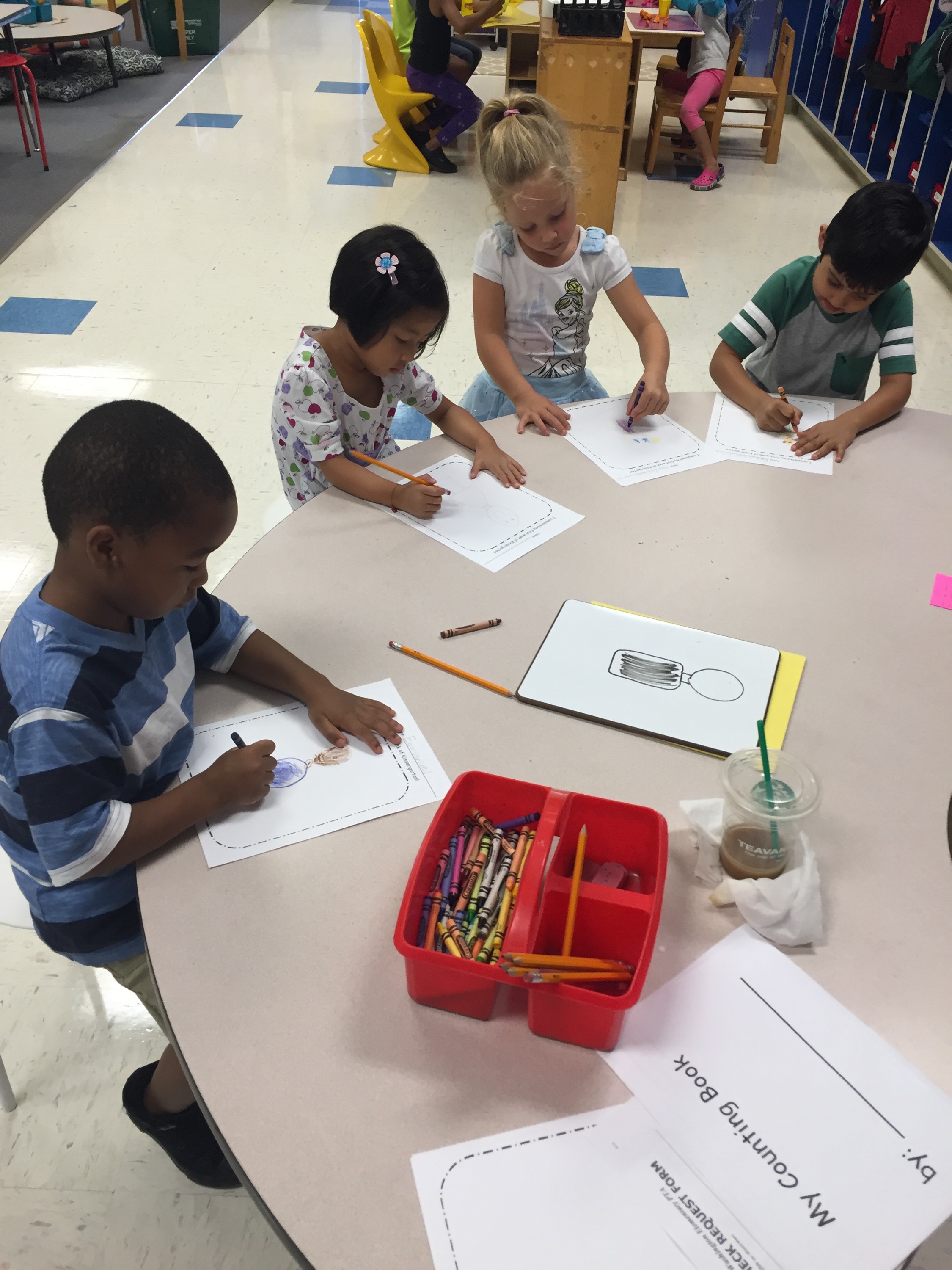 Writing: We often work on self-portraits, illustrations to tell a story, and sketches to sequence events of a story. While sketching, we think in shapes; and while illustrating, we practice coloring neatly and using colors that make sense.
Writing: We often work on self-portraits, illustrations to tell a story, and sketches to sequence events of a story. While sketching, we think in shapes; and while illustrating, we practice coloring neatly and using colors that make sense.- Reading: If a teacher directed station, we often work on parts of a book, print concepts, and reading behaviors at this point in the year. Students can all use any classroom library books of their choice with these open-ended tasks! As time progresses during the quarter, students begin to learn and implement an independent read to self time, either telling the story using the pictures in the book or using sticky notes to search for given items (sight words, colors, literacy concepts, punctuation, letters) in text.
- Art: Students can create name art in different ways: crumbled tissue paper balls, miscellaneous craft materials, foam squares, newspaper cutting, etc. Students also create art that goes with read-clouds we read, which helps them build their fine motor skills and learn to follow multi-step directions.

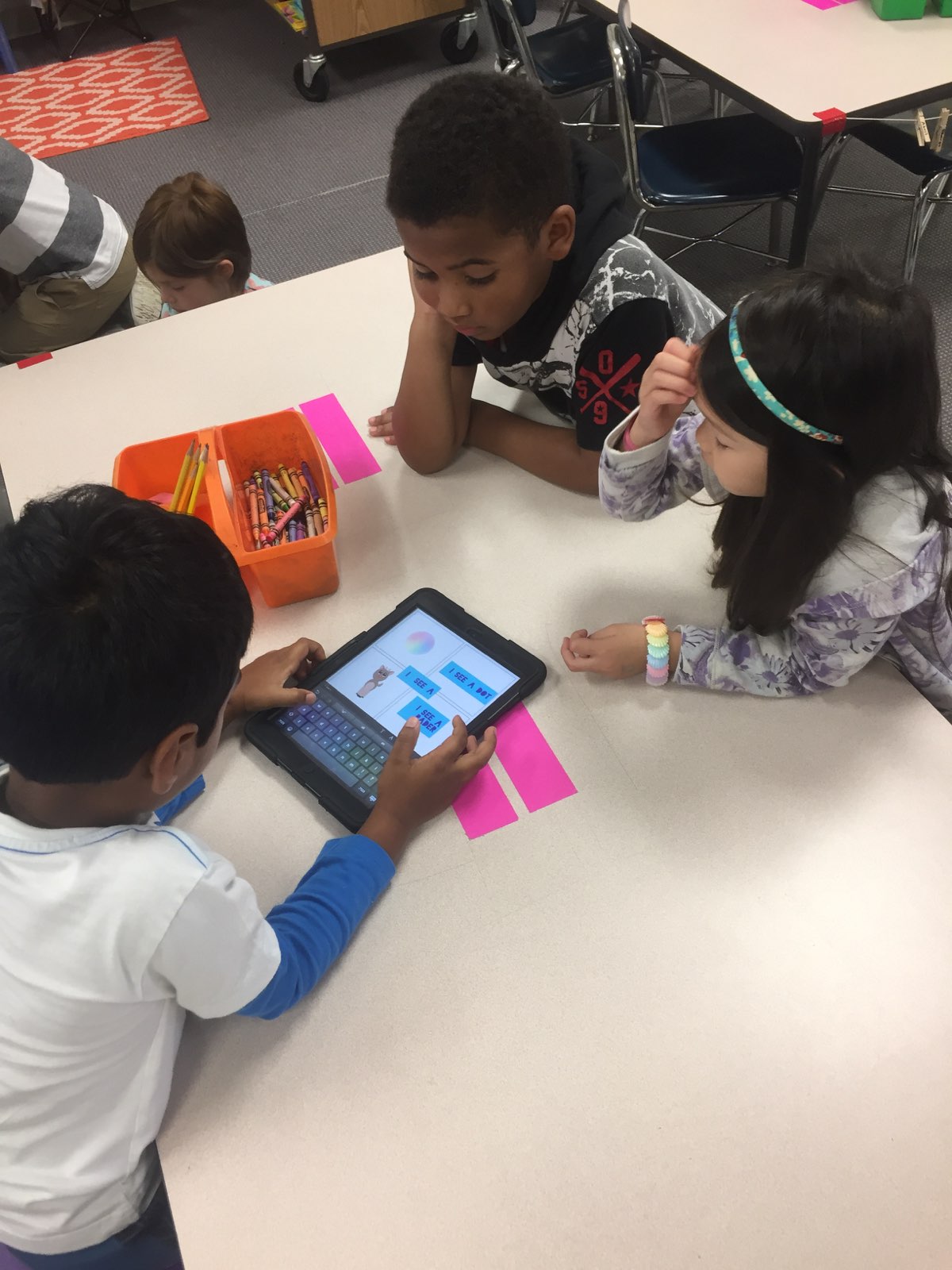 Tech: Students play with an app that has been newly introduced. While keeping it open-ended, it is helpful to give students challenges, for example: try to use the typing feature, camera feature, and drawing feature in your creation. After students have explored the app and can make connections to it and its features, I phase into some collaborative tech activities that begin to integrate curriculum and prepare for the ways they will use different creation-based apps in Daily 5 literacy centers. Implementing a tech station is also an opportunity for students to practice logging into their Google Drive accounts with our brand new Chromebooks.
Tech: Students play with an app that has been newly introduced. While keeping it open-ended, it is helpful to give students challenges, for example: try to use the typing feature, camera feature, and drawing feature in your creation. After students have explored the app and can make connections to it and its features, I phase into some collaborative tech activities that begin to integrate curriculum and prepare for the ways they will use different creation-based apps in Daily 5 literacy centers. Implementing a tech station is also an opportunity for students to practice logging into their Google Drive accounts with our brand new Chromebooks.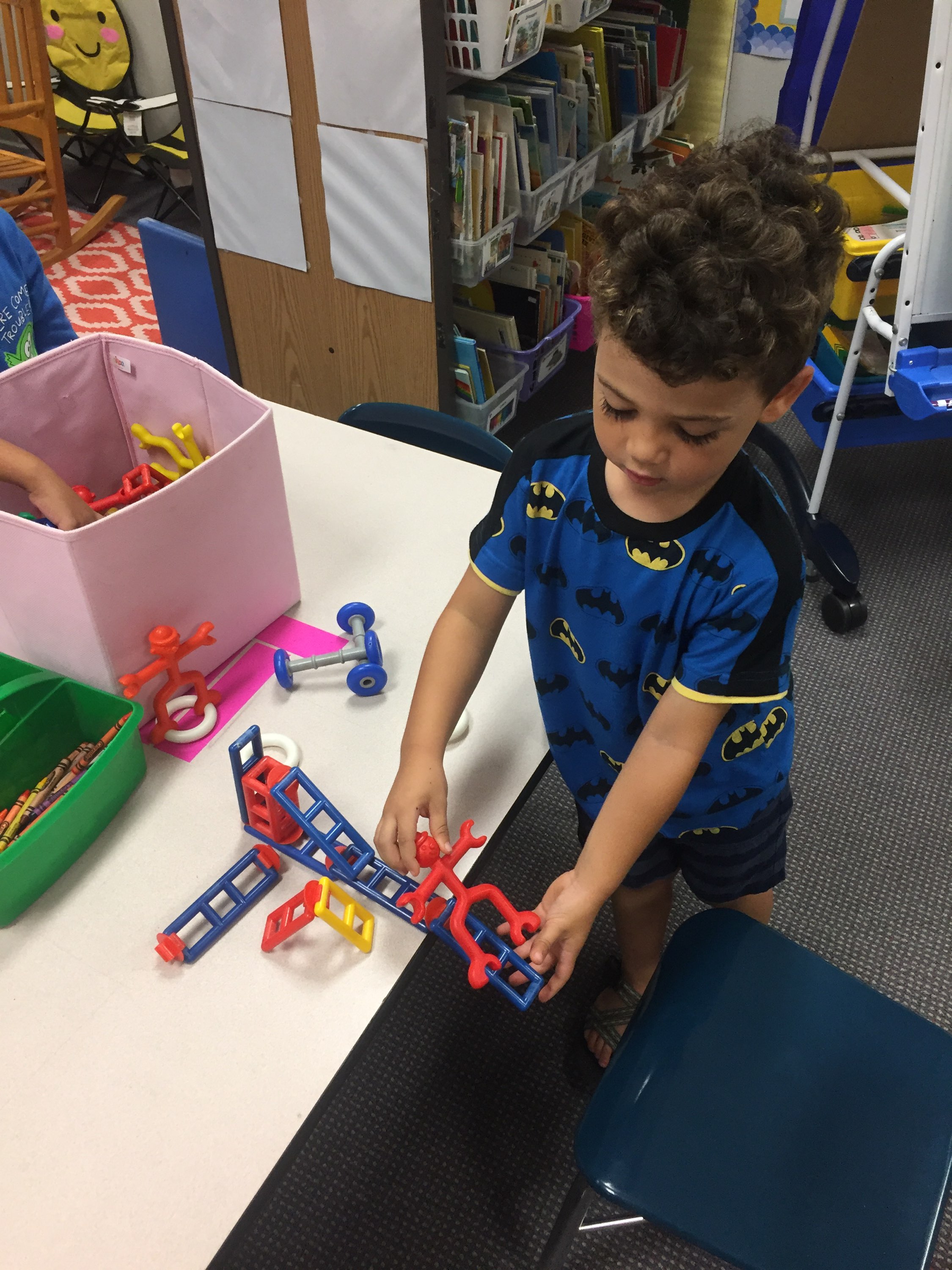 Imaginative play: Students can participate in a free choice play center, like blocks, housekeeping, legos, or doll house.
Imaginative play: Students can participate in a free choice play center, like blocks, housekeeping, legos, or doll house.- Engineering/Makerspace: We have many “building tubs” in our classroom that enhance student fine motor and also give opportunities for imaginative play. These tubs often start the year without constraints, promoting free play. This year, I plan to start adding in more structure as students get comfortable, giving a specific category or challenge for students to create around. Students can also create using the makerspace.
6. Introduce permanent structures gradually
For students to take part in these stations, there is a lot of modeling and direction-giving that happens so that they can be successful independently. Young students struggle so much to actively listen for long periods on the carpet, so this can make simultaneously introducing more permanent, long-term routines and activities a challenge. It takes long enough to master the open-ended station structure described above, but by the end of first quarter, students also have to be ready to jump into our more permanent Daily 5 centers. It takes strategy to prepare students for the long-term, while promoting success in the short-term as well. To do this, I make time for 15-minute mini-lessons throughout first quarter, to teach the literacy centers (read to self, word work options, tech options, and work on writing options) that students will need to independently access as we make the transition.
Again, making a list helps. I’ve written down all of the centers students will have to jump into 2nd quarter, and that’s what you’ll want to break into mini-lessons. In the mini-lesson, I usually model completing the center myself, then complete it again with a partner to model the collaborative aspect, and finally have students repeat the directions back to me. Then, that particular center that has been taught may slowly make its way into our beginning of year stations, so that students see it again soon and get practice completing it independently. Tech is a little bit different, as young Kindergarten students need plenty of time to play with an app, with some specific challenges of features to try, before integrating a subject area right away. So modeling tech may start as modeling creating a “for fun” project, rather than giving students a task aligned with the curriculum right away. Implementing mini-lessons has helped me make a smooth transition from beginning of year centers to permanent centers.
7. Longer morning meetings
Morning meeting is a great way to integrate so many of the foundational skills students need: expectations, social skills, team building, and growth mindset. This year, I want to plan my morning meetings even more intentionally and do a better job sticking to my daily structure I’ve outlined:
–Math Monday (Math games, critical thinking, hundreds chart mystery number)
–Character Trait Tuesday (Growth mindset, Empathy, Perseverence, etc.)
–Wonder Wednesday (Mystery Doug video/critical thinking protocols)
–Thoughtful Thursday (Positive words/interaction focus)
–4C Friday (Collaborative challenge)
These themes follow a daily handshake and greeting that students give each other around the circle. First quarter, a longer morning meeting not only helps better build that foundation and classroom community, it also gives an opportunity to explicitly teach social skills. Students also, of course, need time to actually learn morning meeting routines (that handshake feels like it takes hours to get through at first!). And morning meeting is a time to review things that are and aren’t working in the classroom, so it is a great time to re-teach expectations needing review and for students to bring expectation suggestions and questions to the table. Last year, students suggested early on that I tape the floor to indicate where to put away flexible seating items after an activity.
8. 4C activities
 Going along with the social skills foundation that students need, it is important to get students collaborating, communicating, thinking critically, and creating right away. While keeping up with the curriculum and teaching it effectively creates curriculum experts, we want well-rounded experts with 21st century foundational skills! Each of the 4Cs can be taught through one larger 4C activity, or through individual 4C activities highlighting each C. It is helpful to integrate literacy as these skills are introduced. Last year, Chris Tuttell and Janet Pride led our school in some PD, introducing us to 4 different texts that go along with and help teach each of the 4Cs. Along with each text, there are plenty of individual activities that highlight and have students practice each of the Cs. Last year, I instead ended up using one text to introduce a STEM challenge to students, and highlighted a different C that went with each day of our work as I added to our anchor chart. I later used the 4 texts mentioned above to reinforce the 4 Cs throughout the year. Regardless of how the 4Cs are introduced and practiced, it is helpful to define the 4Cs individually, so that students begin understanding and using the language. There are many ways to jump in, but the main takeaways: introduce each C, define each C, have students practice each C, and use literature as a springboard.
Going along with the social skills foundation that students need, it is important to get students collaborating, communicating, thinking critically, and creating right away. While keeping up with the curriculum and teaching it effectively creates curriculum experts, we want well-rounded experts with 21st century foundational skills! Each of the 4Cs can be taught through one larger 4C activity, or through individual 4C activities highlighting each C. It is helpful to integrate literacy as these skills are introduced. Last year, Chris Tuttell and Janet Pride led our school in some PD, introducing us to 4 different texts that go along with and help teach each of the 4Cs. Along with each text, there are plenty of individual activities that highlight and have students practice each of the Cs. Last year, I instead ended up using one text to introduce a STEM challenge to students, and highlighted a different C that went with each day of our work as I added to our anchor chart. I later used the 4 texts mentioned above to reinforce the 4 Cs throughout the year. Regardless of how the 4Cs are introduced and practiced, it is helpful to define the 4Cs individually, so that students begin understanding and using the language. There are many ways to jump in, but the main takeaways: introduce each C, define each C, have students practice each C, and use literature as a springboard.
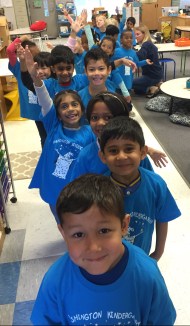 Taking the time to reflect on my beginning of year organization strategies for diving in with a new class has allowed me to more clearly define the structures I’ve informally adopted. Maybe this structure has given others some thoughts or ideas to ponder or tweak to make your own, or maybe you have some of your own tips to share in the comments below! I love the beginning of school and tend to want to rush right into the fun learning and excitement, but I and my students also thrive in a structured, organized environment. We teachers have to be strategic in order to dive right in WHILE building the foundation up! Even though I’ve worked most of my summer away and feel like I’ve hardly had a chance to blink since the last school year, I am ready and SO excited to get started with my 18-19 class of Kindergarteners!!!
Taking the time to reflect on my beginning of year organization strategies for diving in with a new class has allowed me to more clearly define the structures I’ve informally adopted. Maybe this structure has given others some thoughts or ideas to ponder or tweak to make your own, or maybe you have some of your own tips to share in the comments below! I love the beginning of school and tend to want to rush right into the fun learning and excitement, but I and my students also thrive in a structured, organized environment. We teachers have to be strategic in order to dive right in WHILE building the foundation up! Even though I’ve worked most of my summer away and feel like I’ve hardly had a chance to blink since the last school year, I am ready and SO excited to get started with my 18-19 class of Kindergarteners!!!

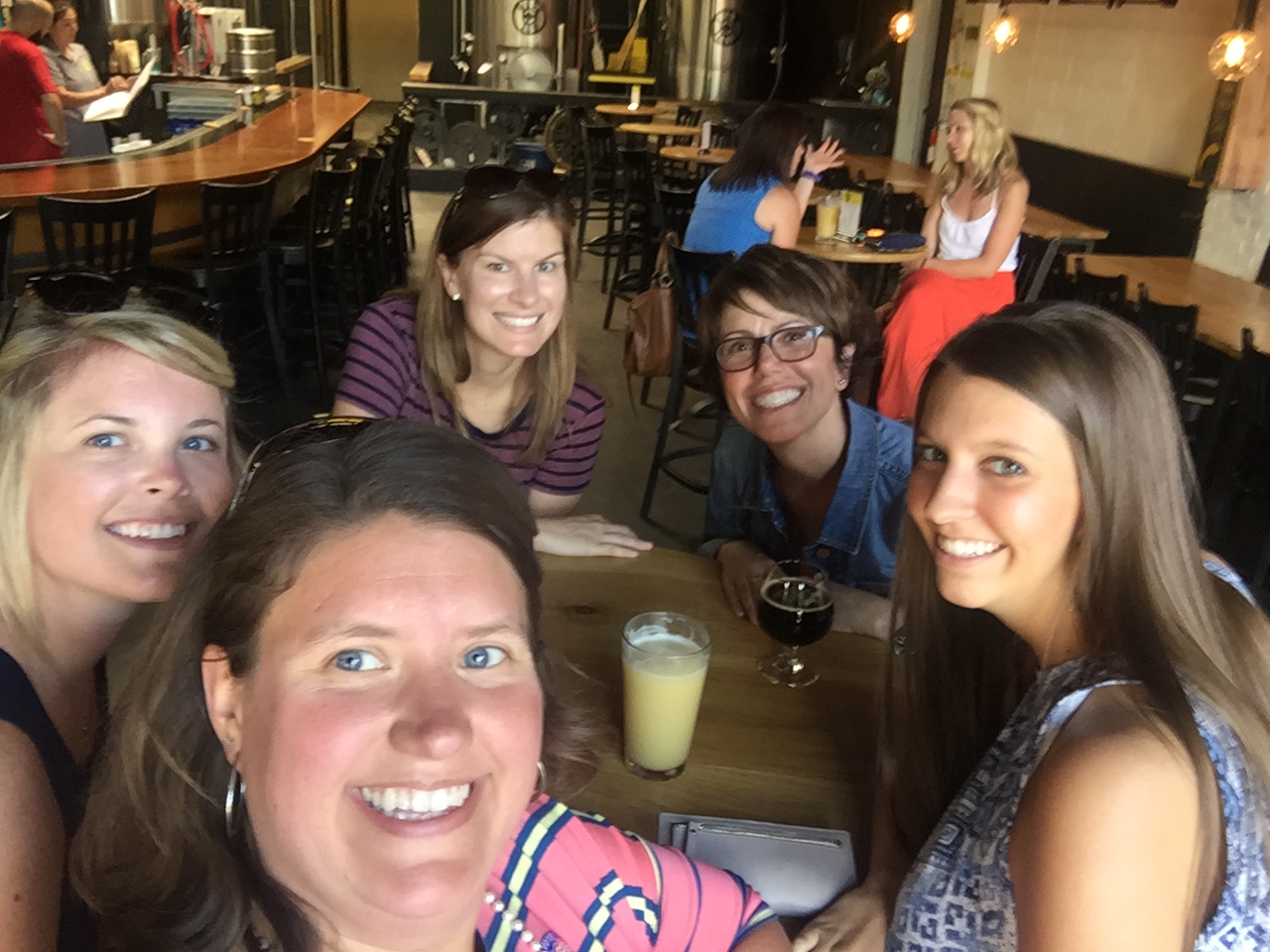
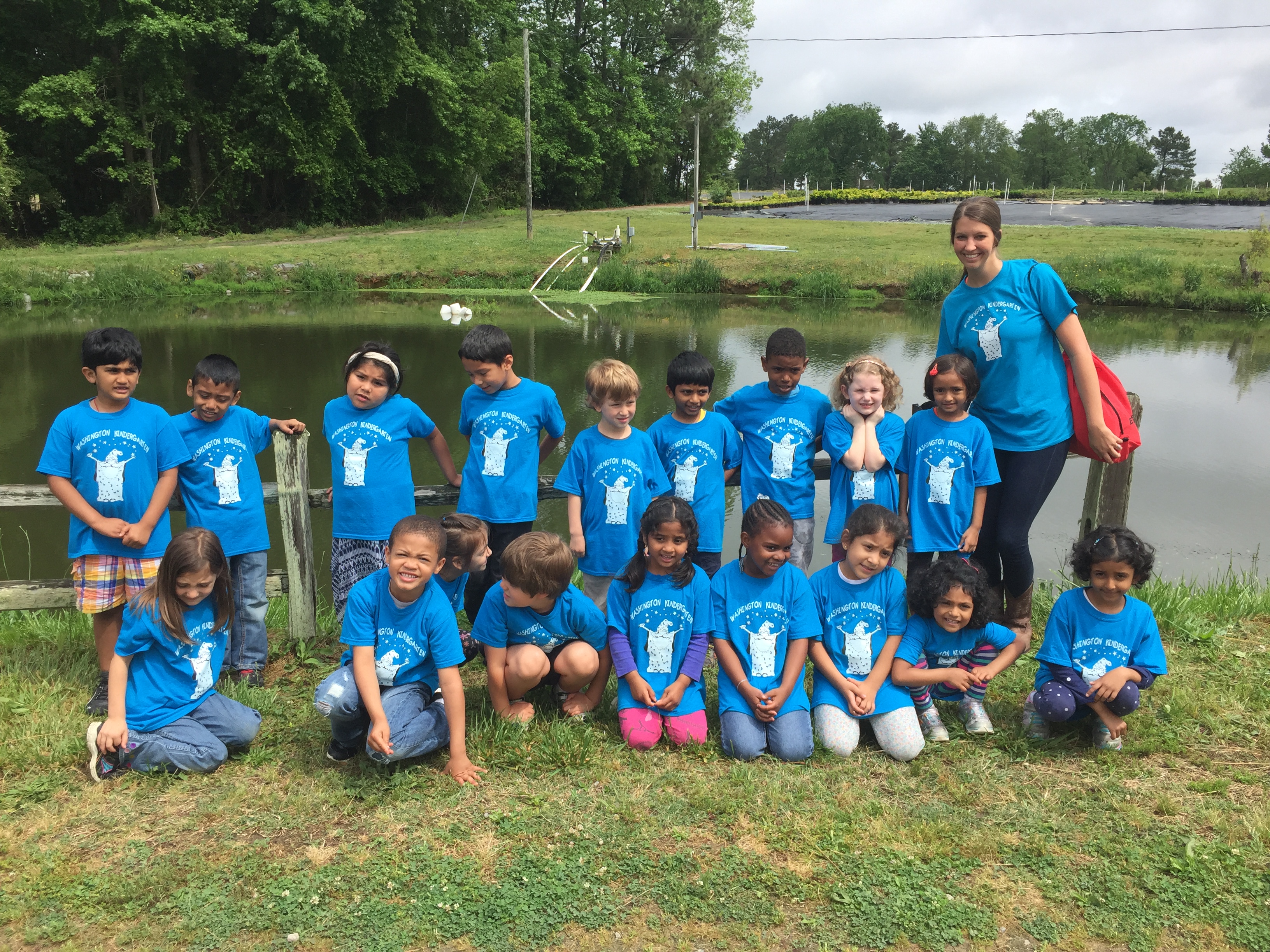


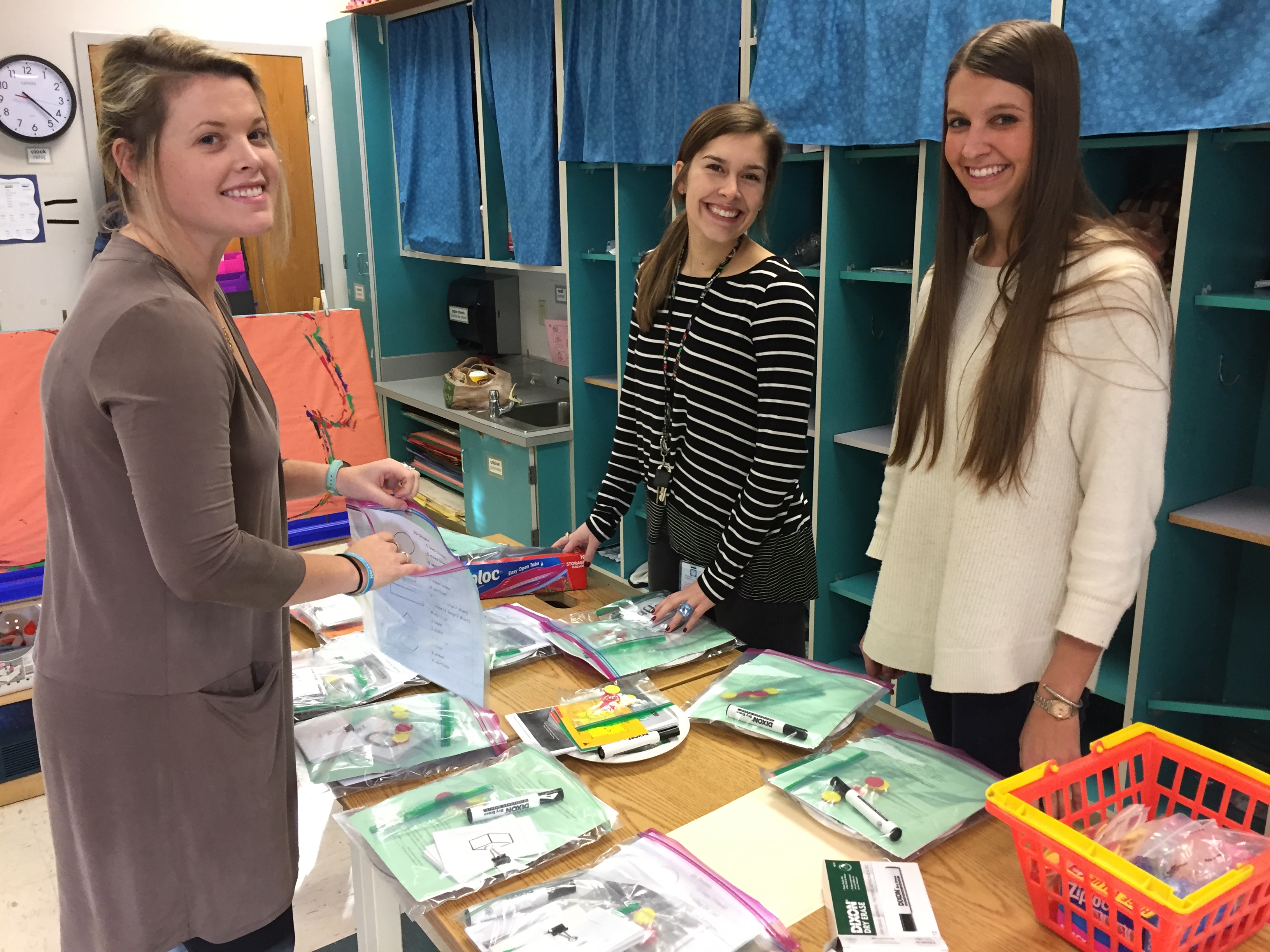

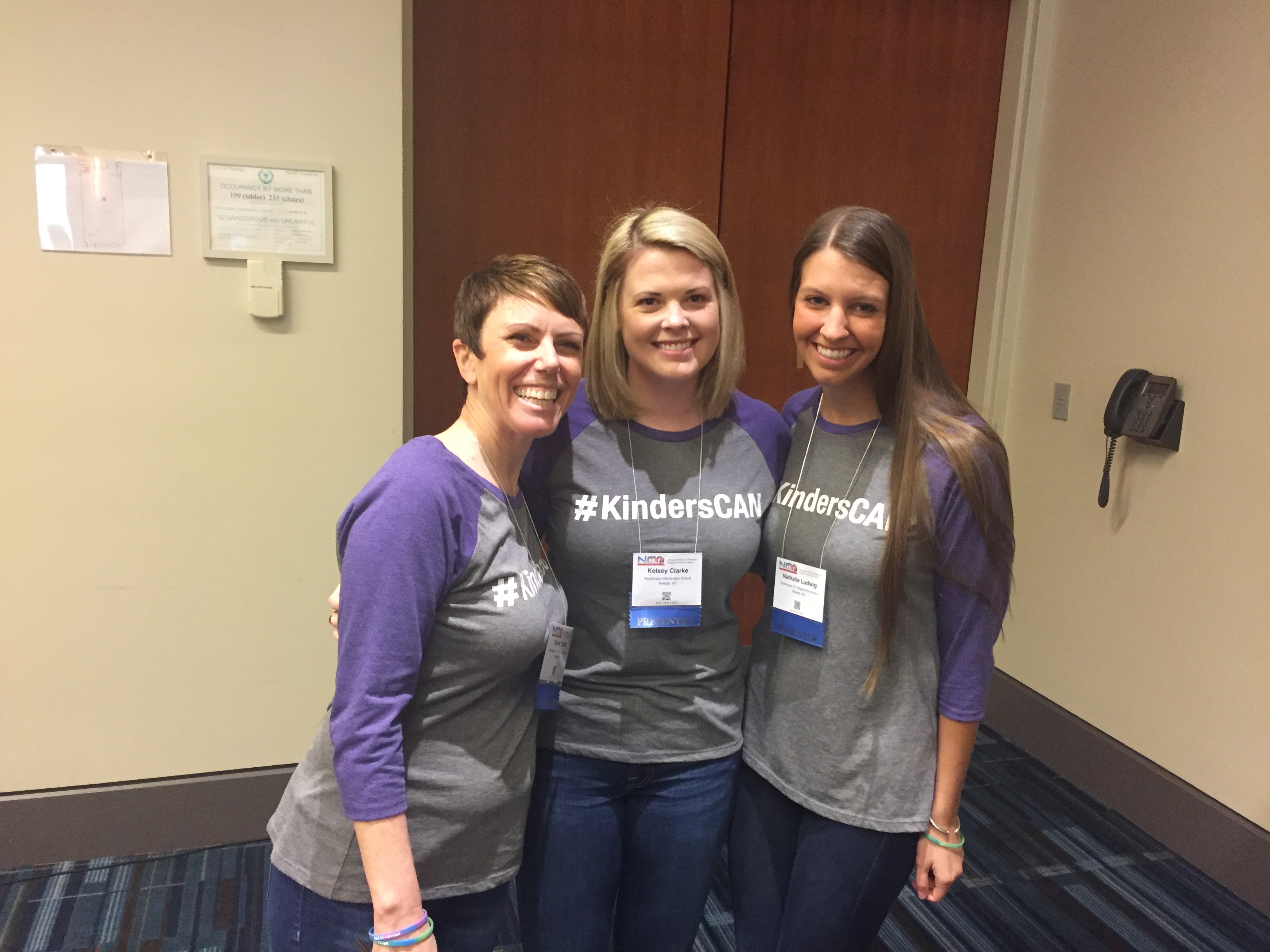


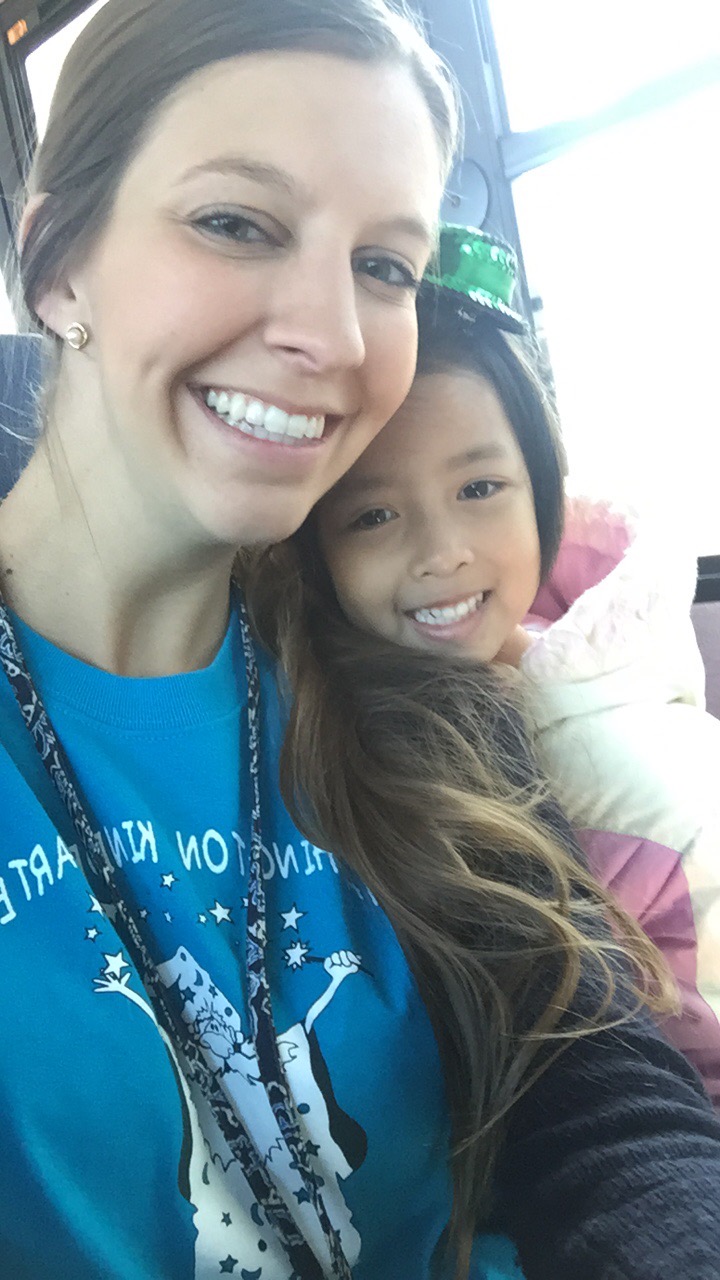
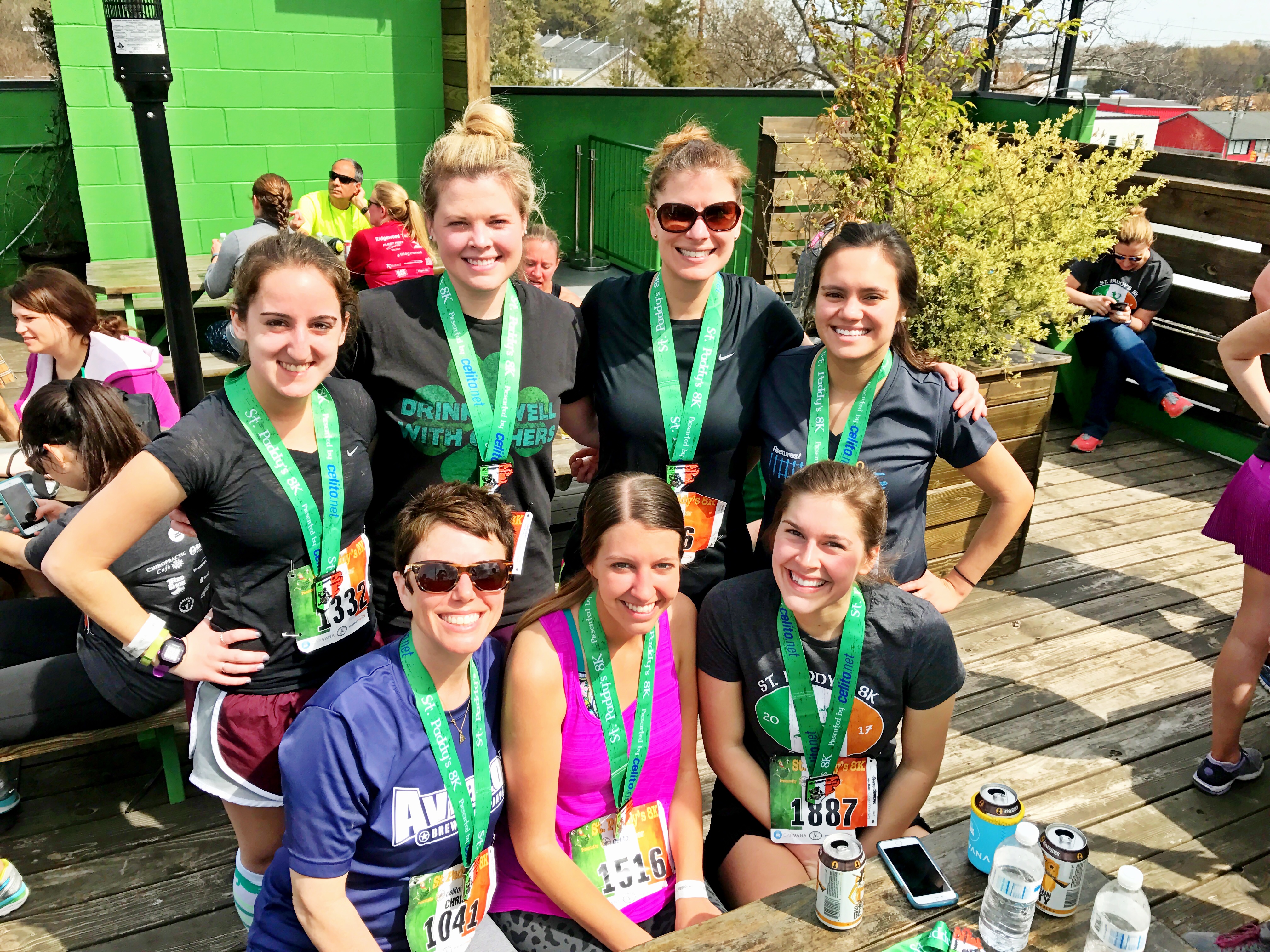
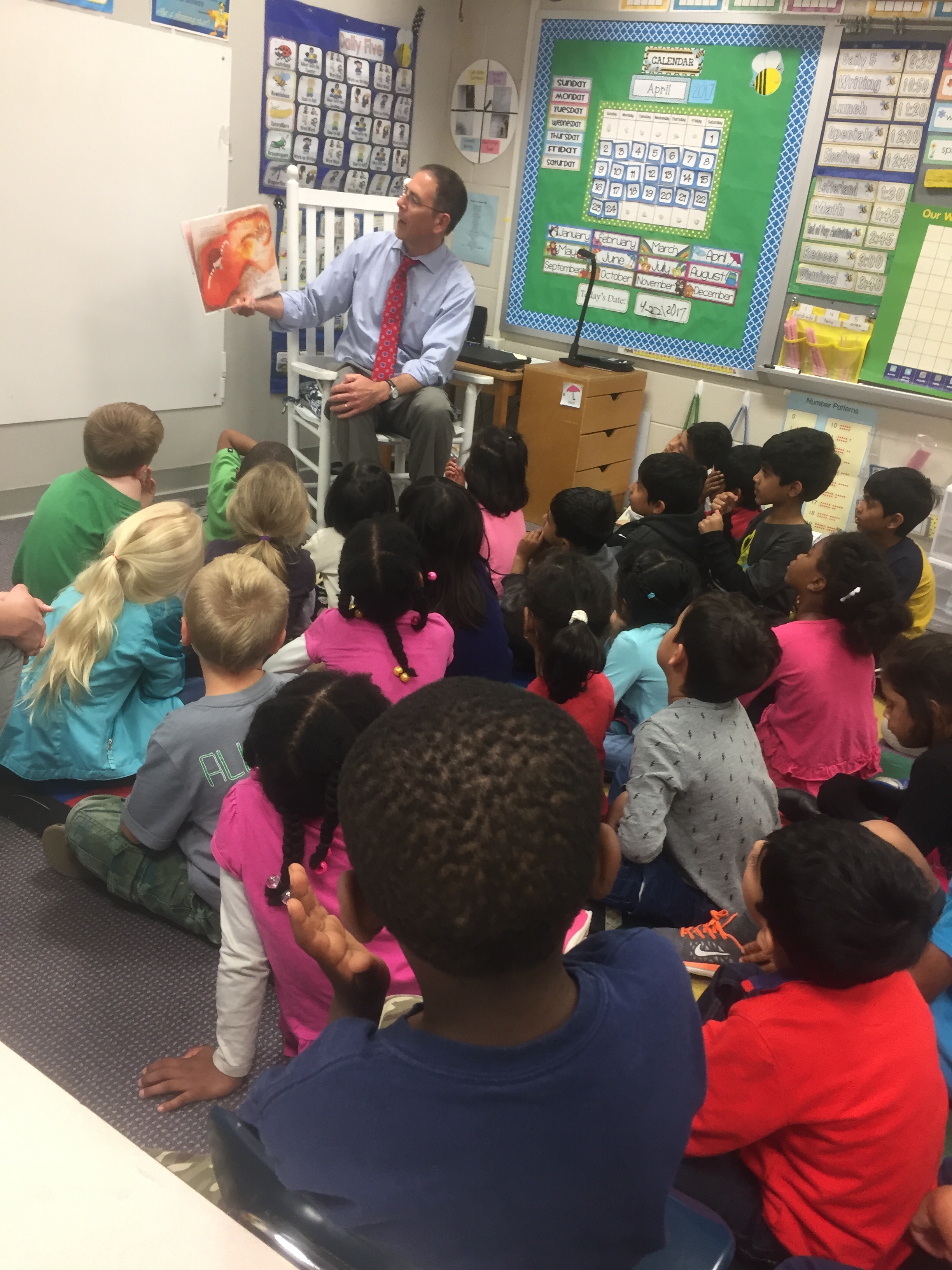

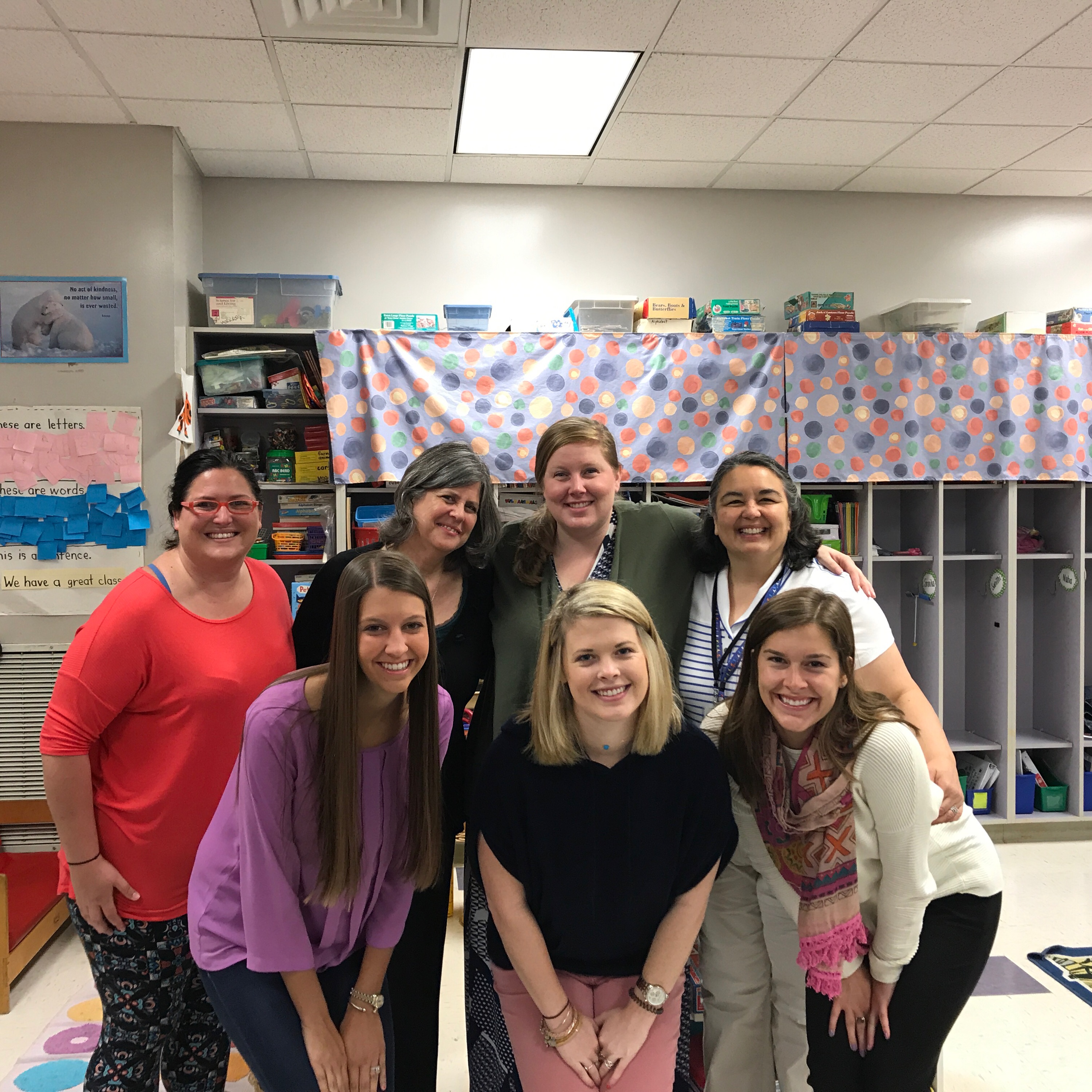
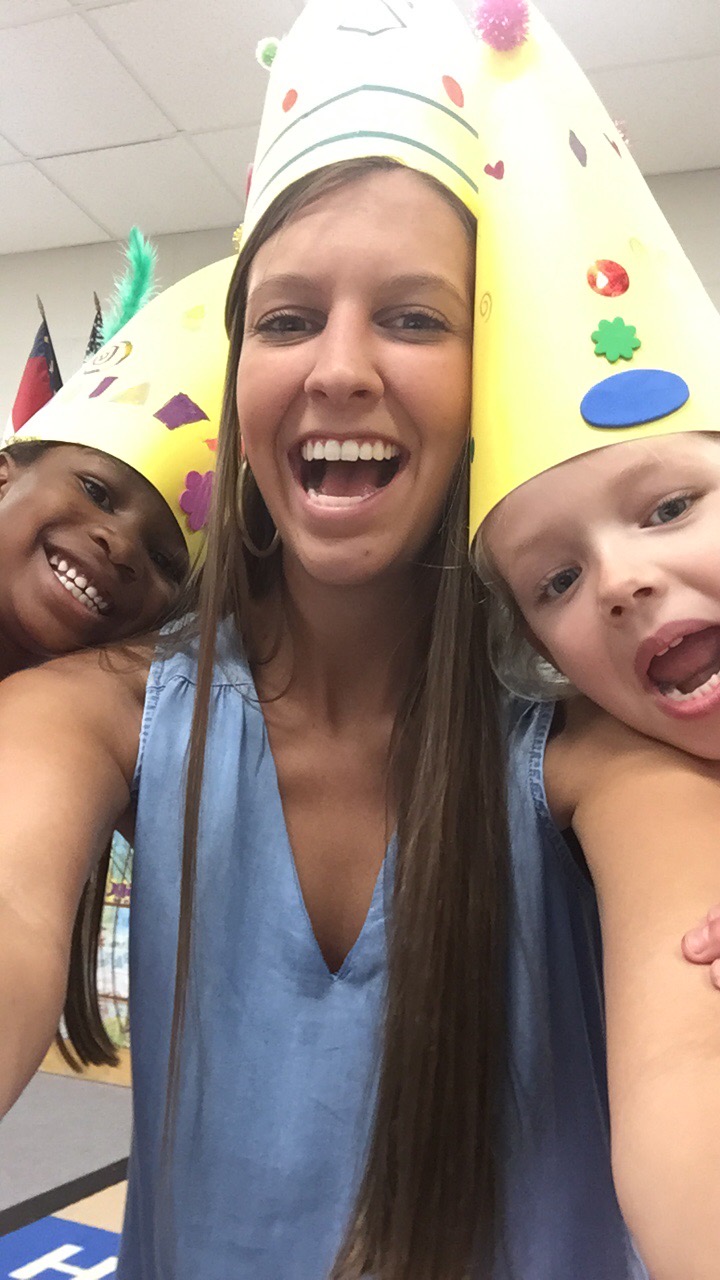

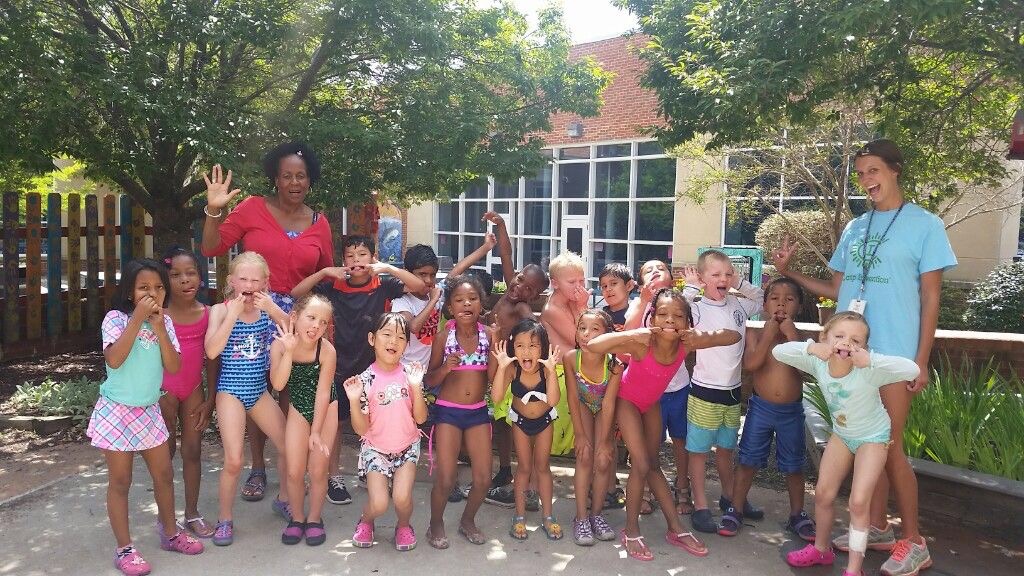
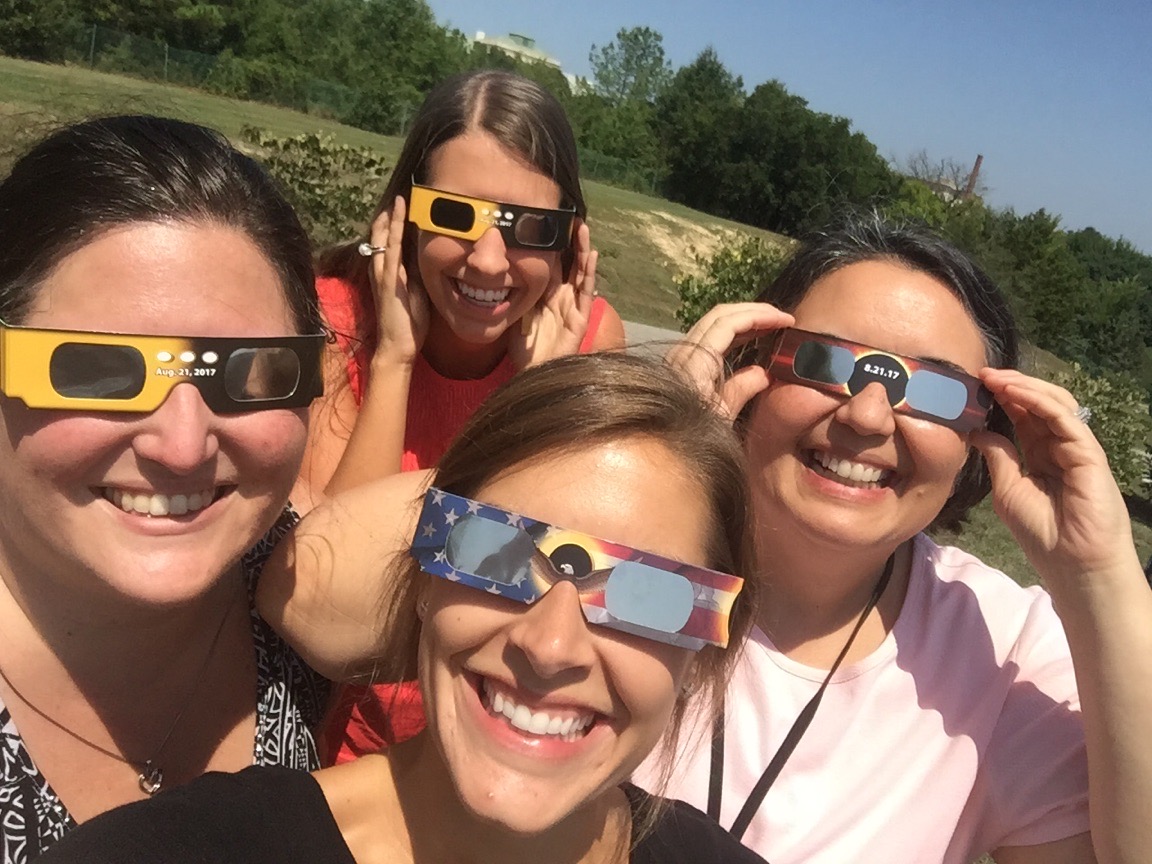
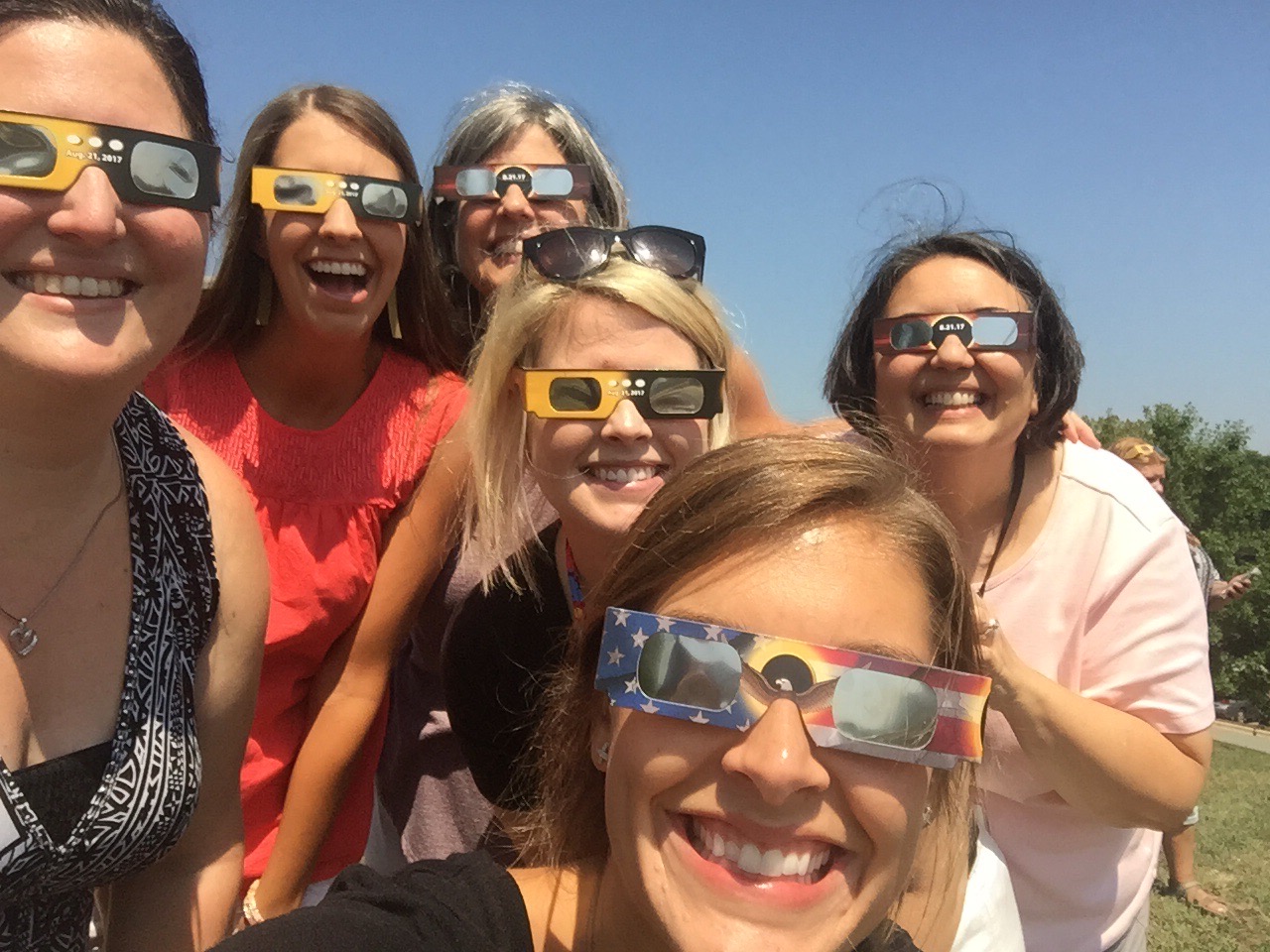
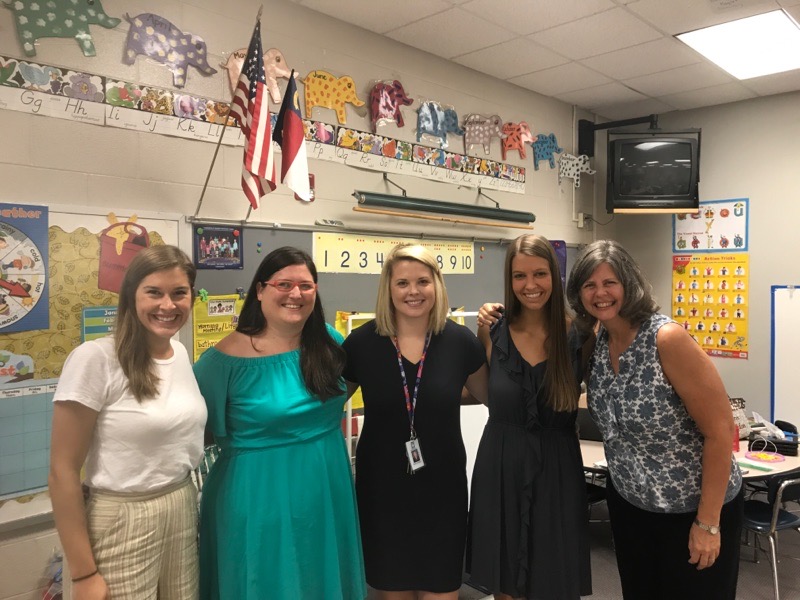
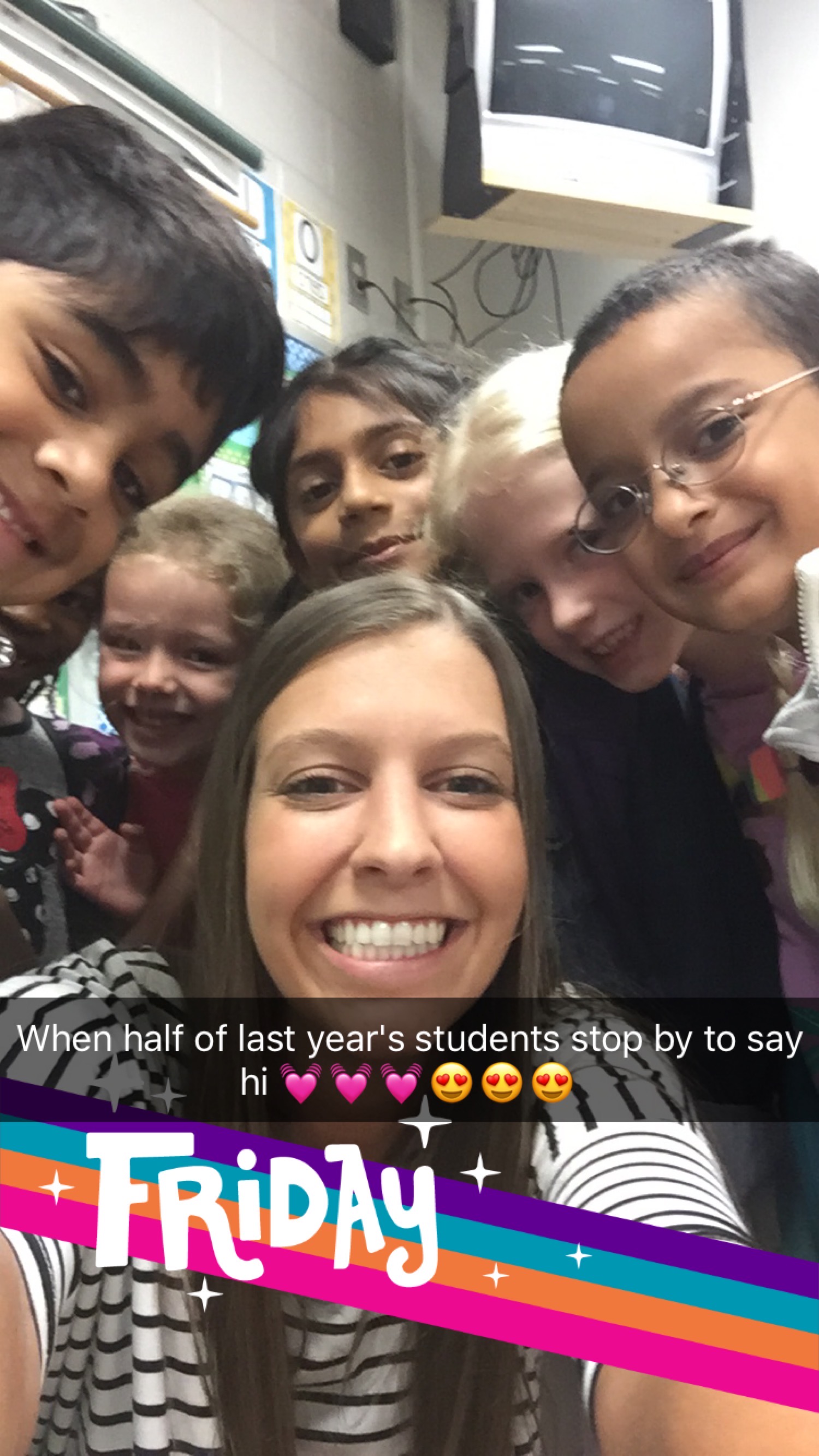
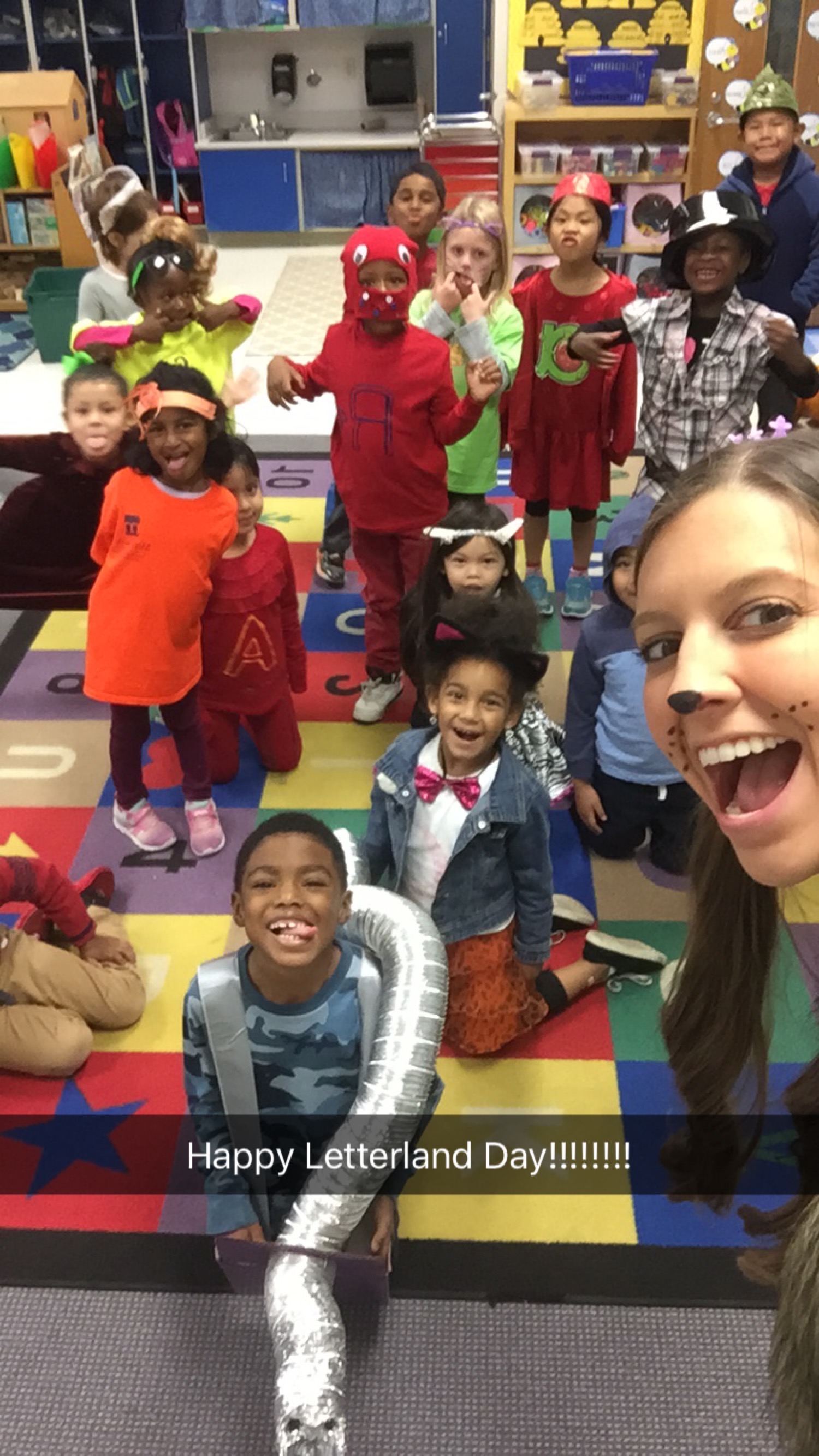
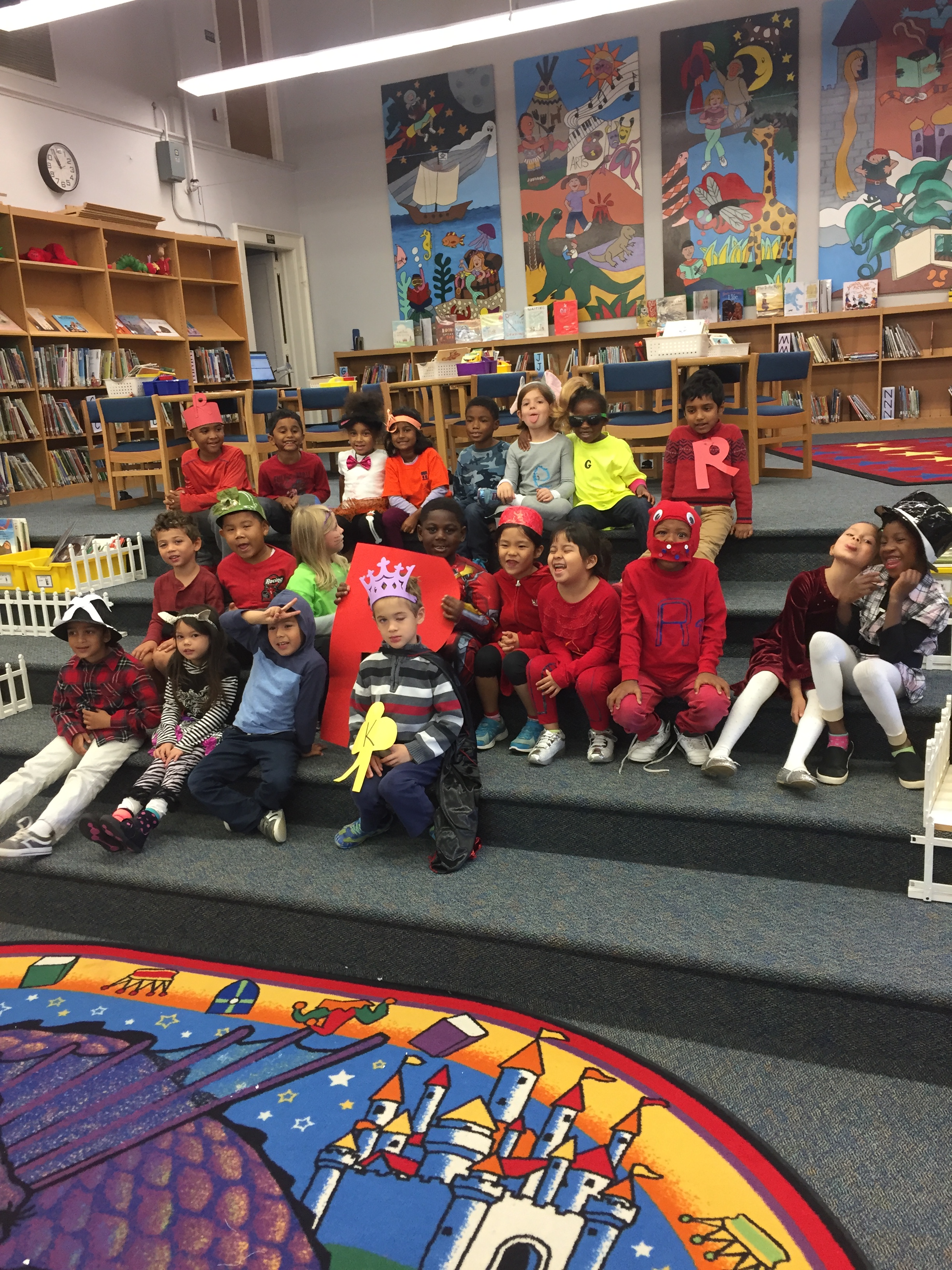
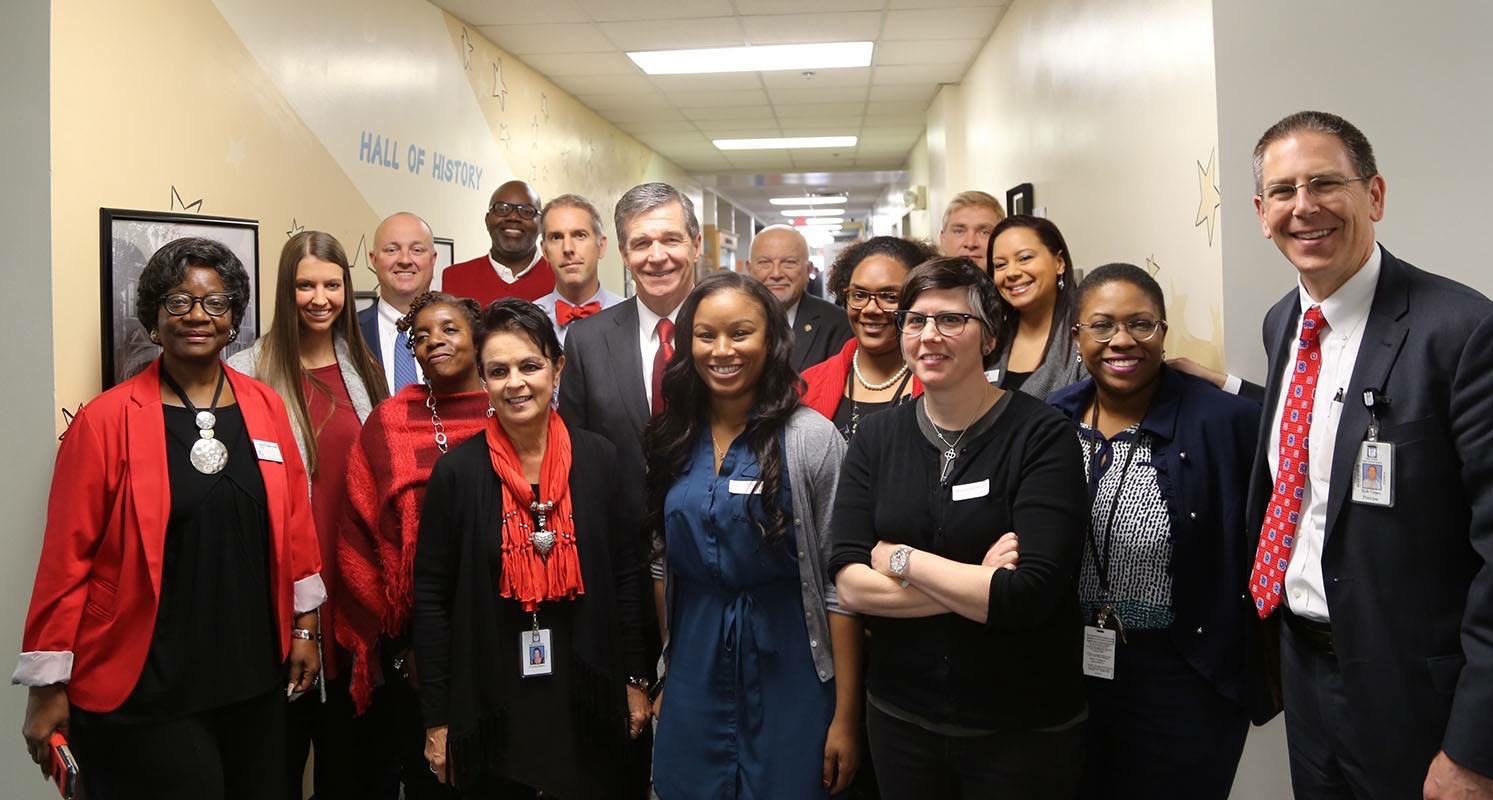
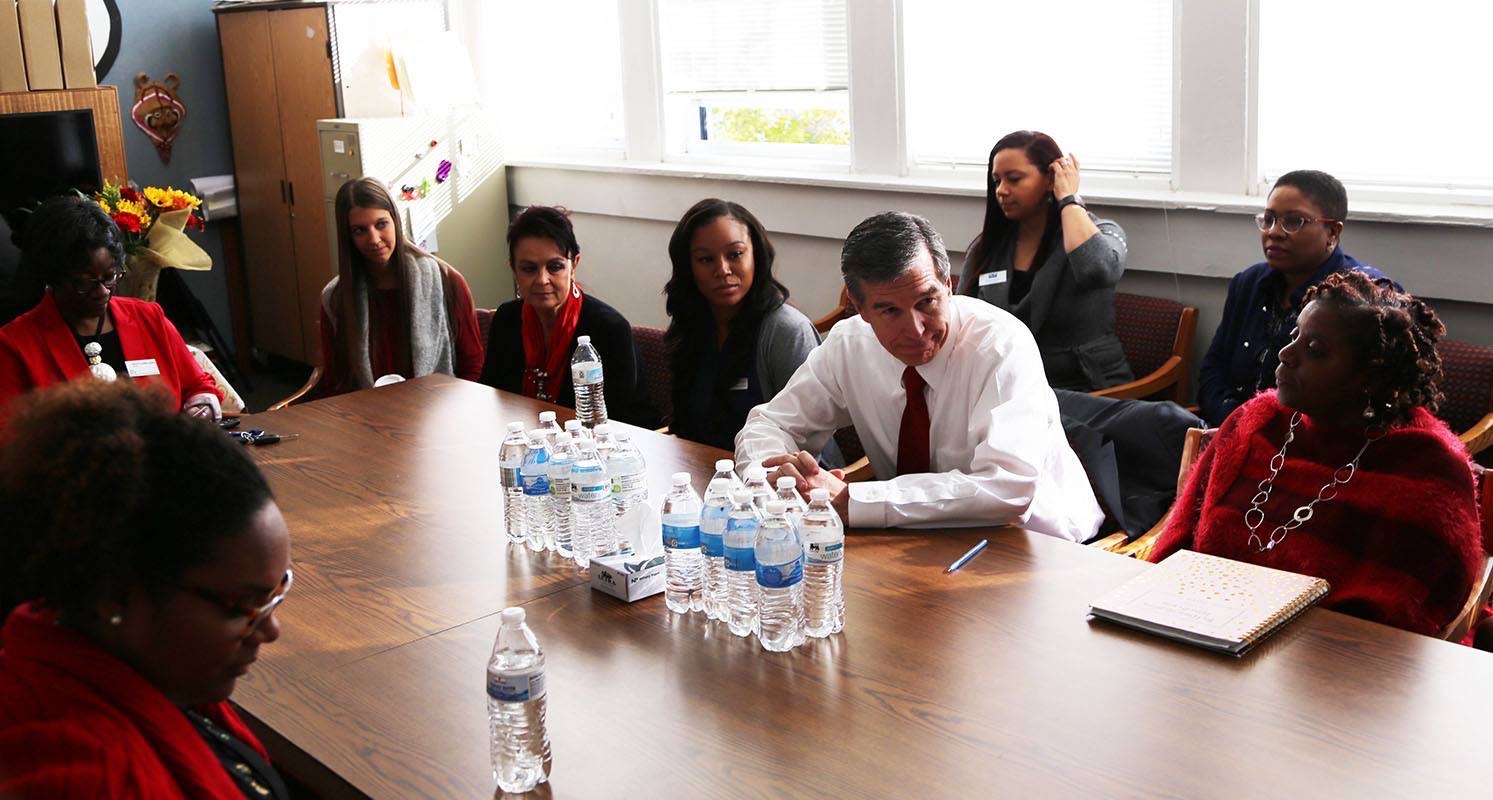

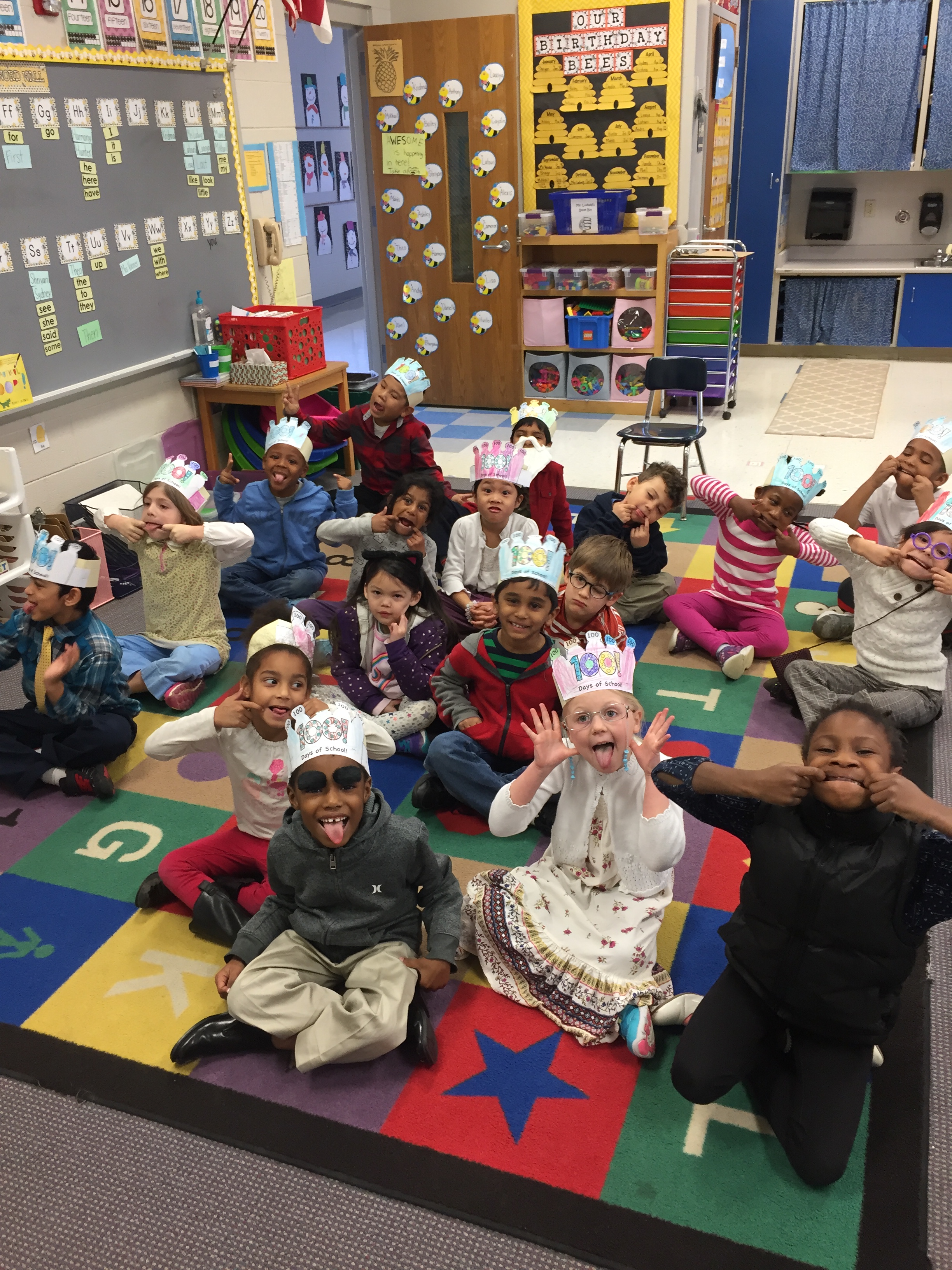
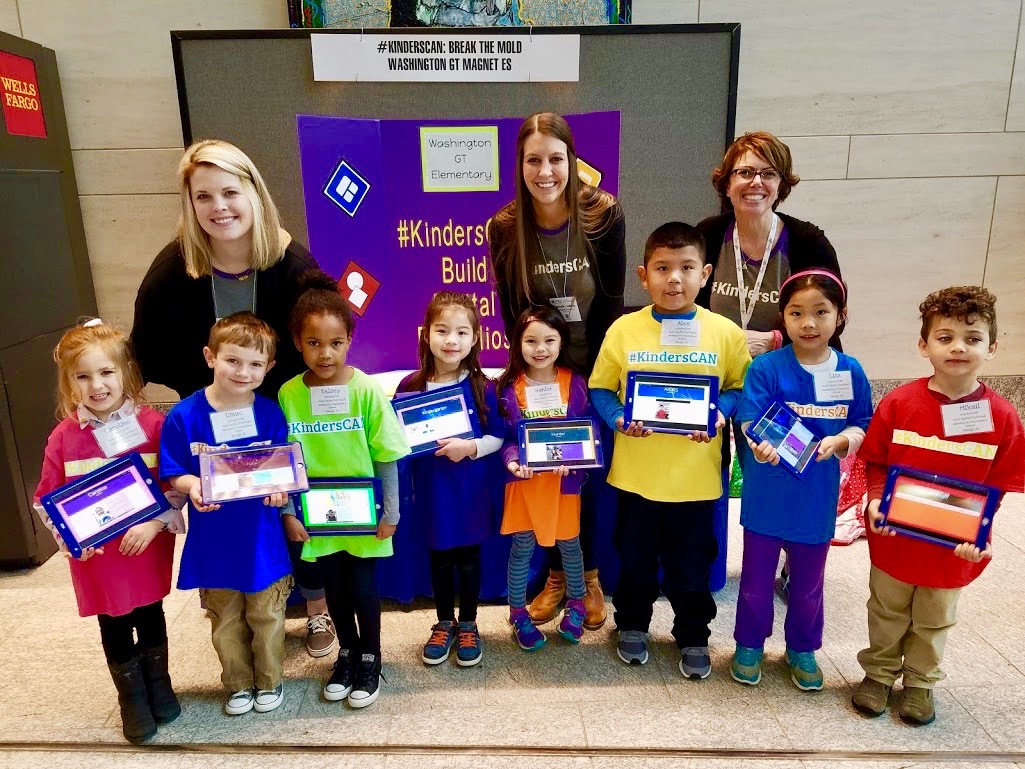


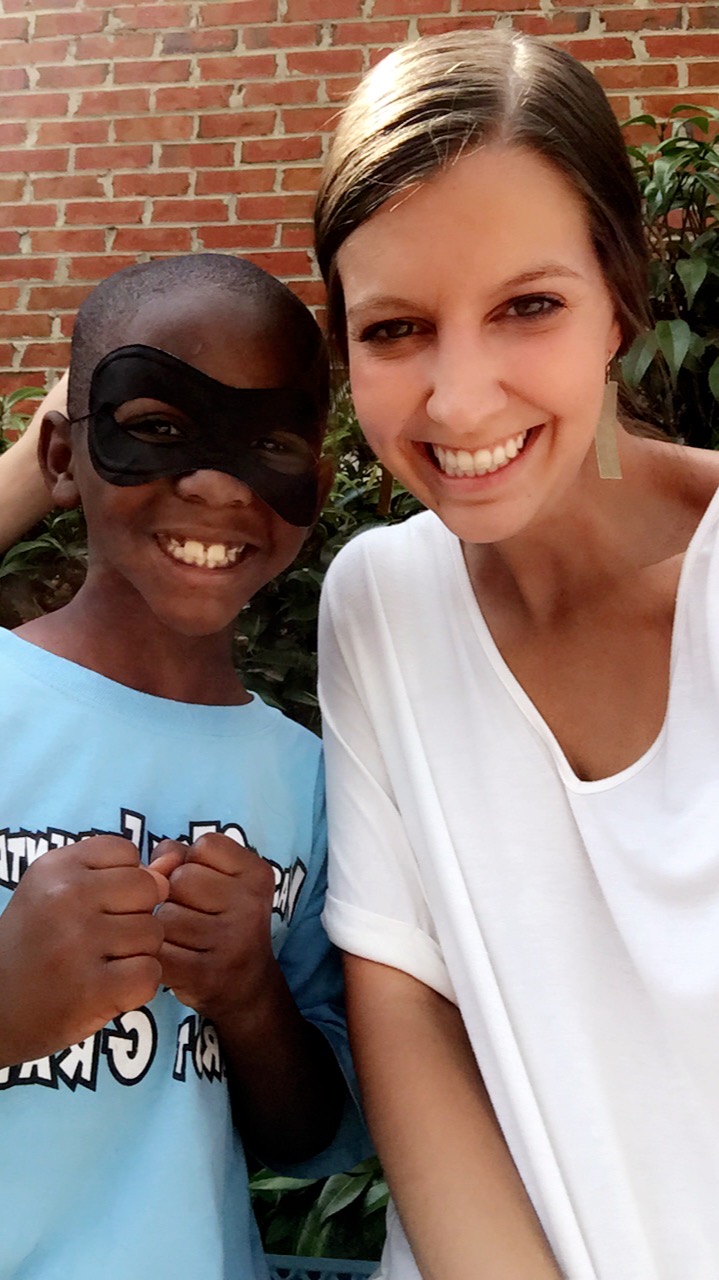

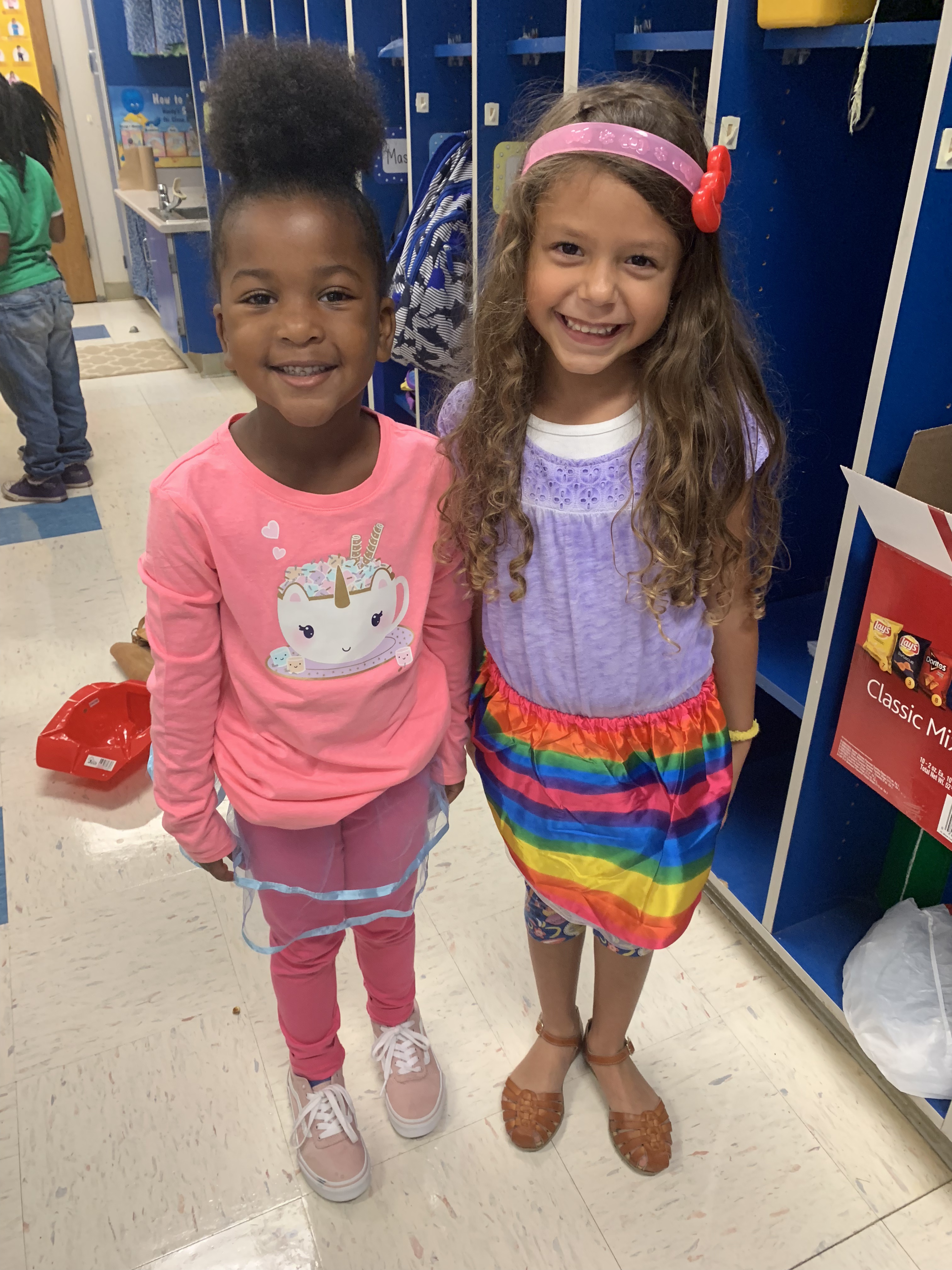
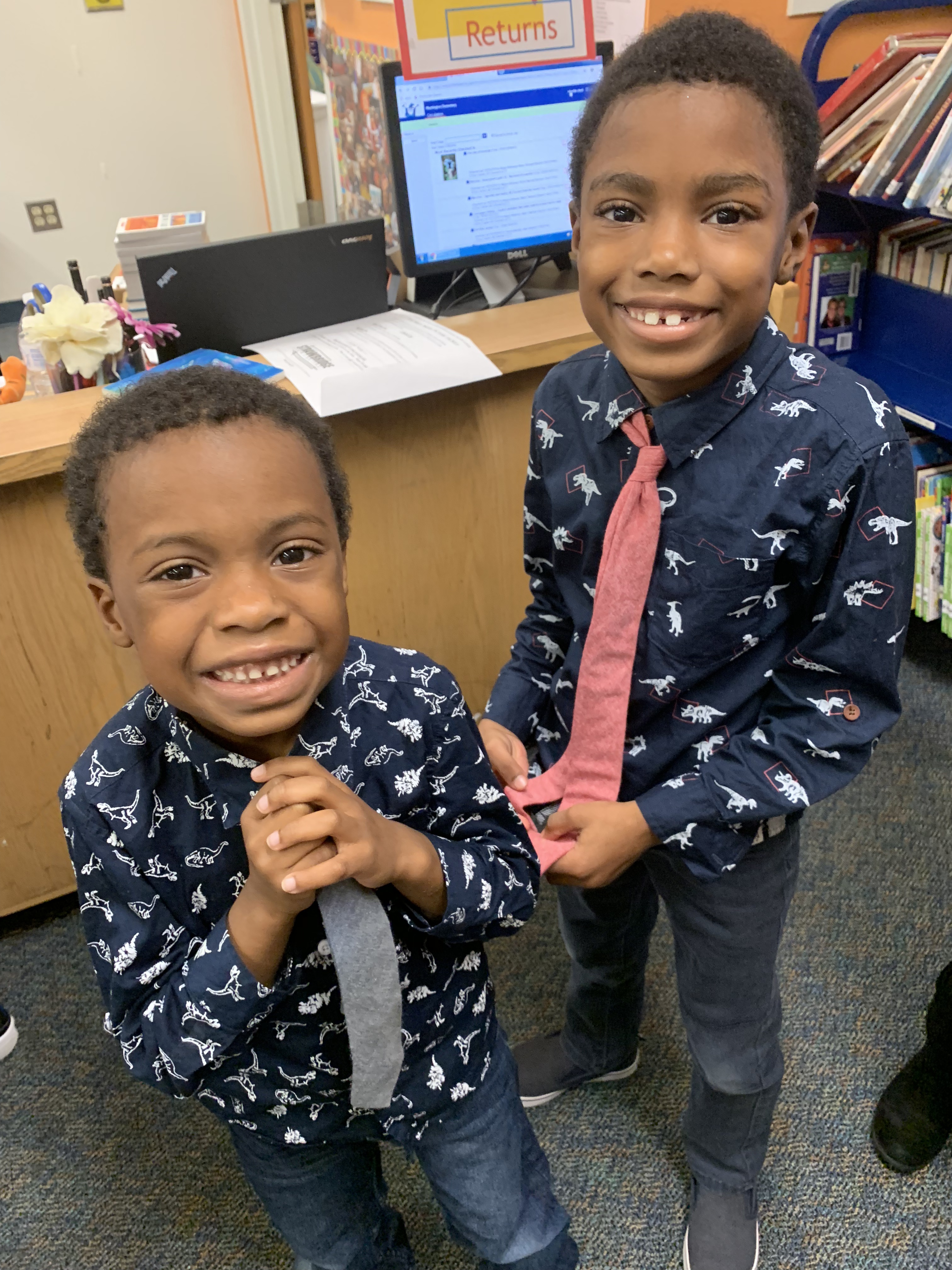

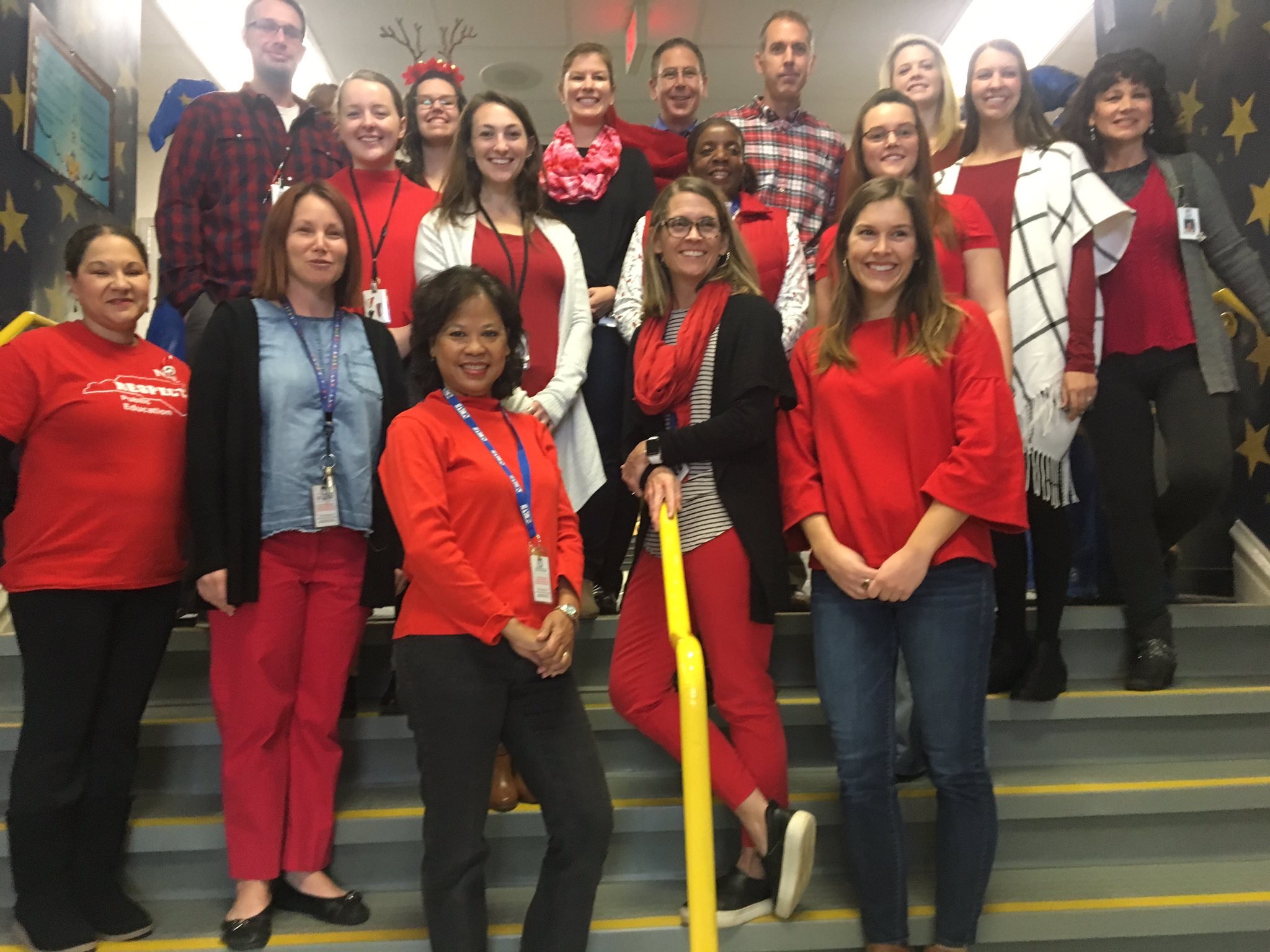





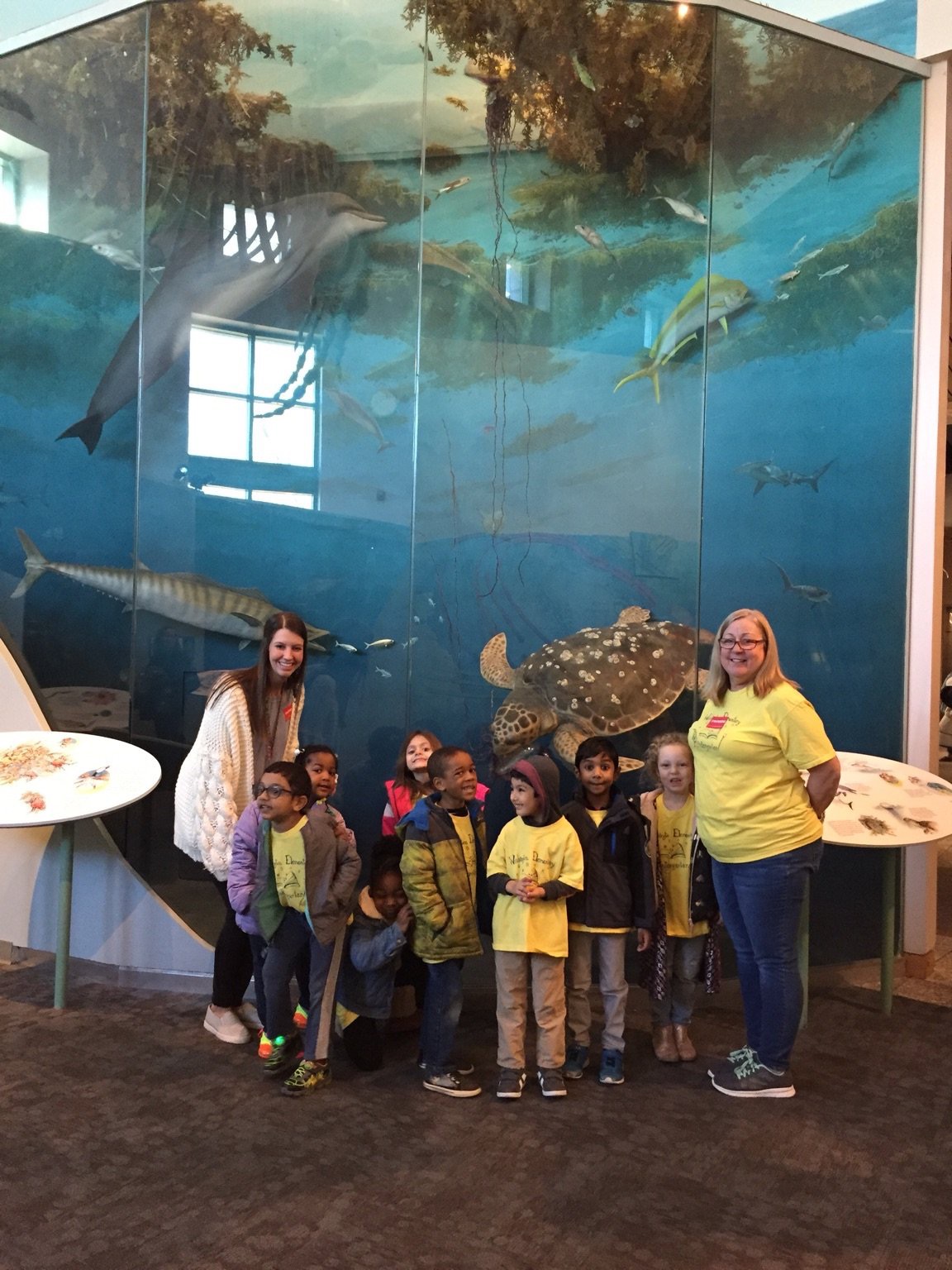
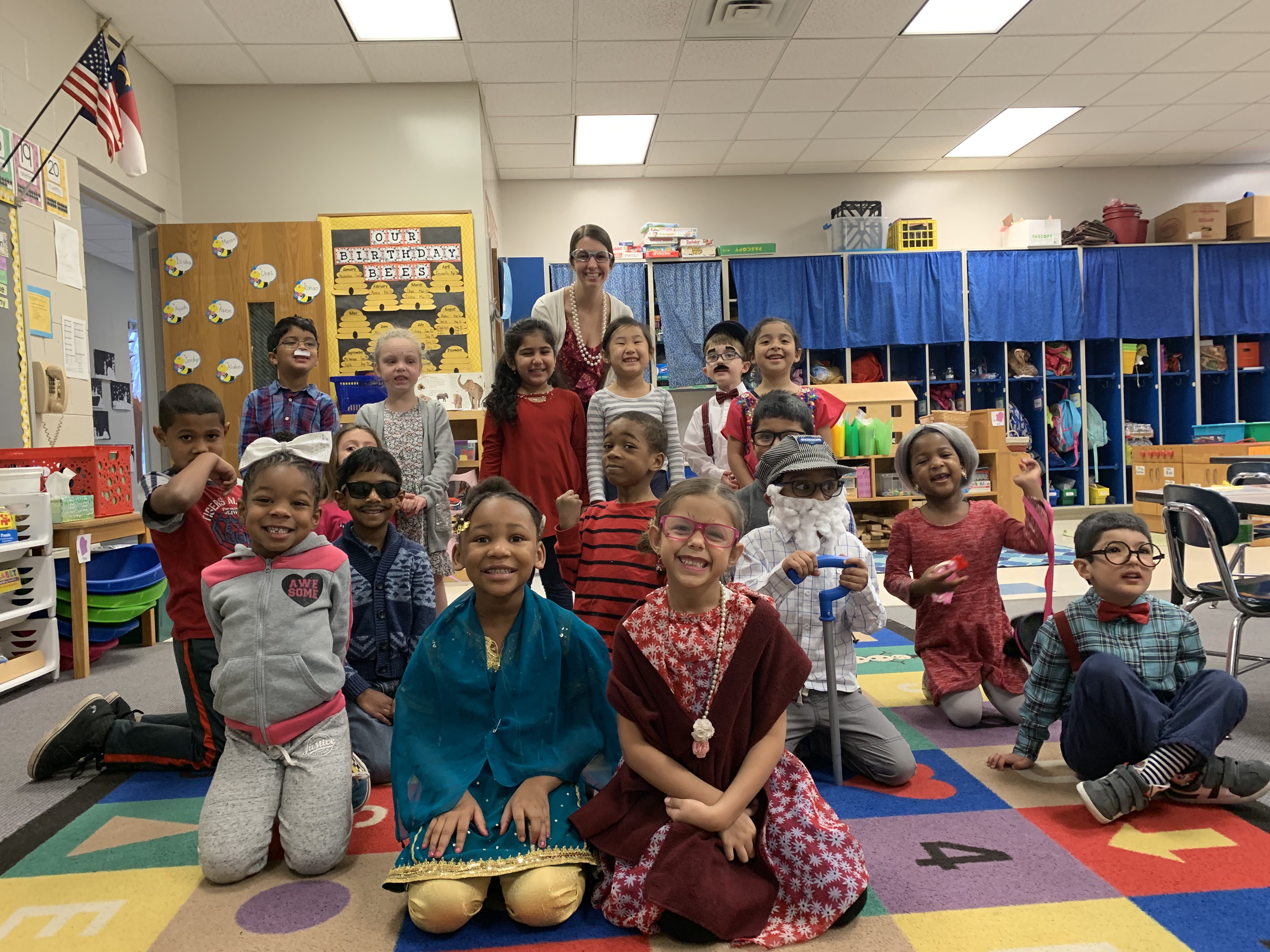
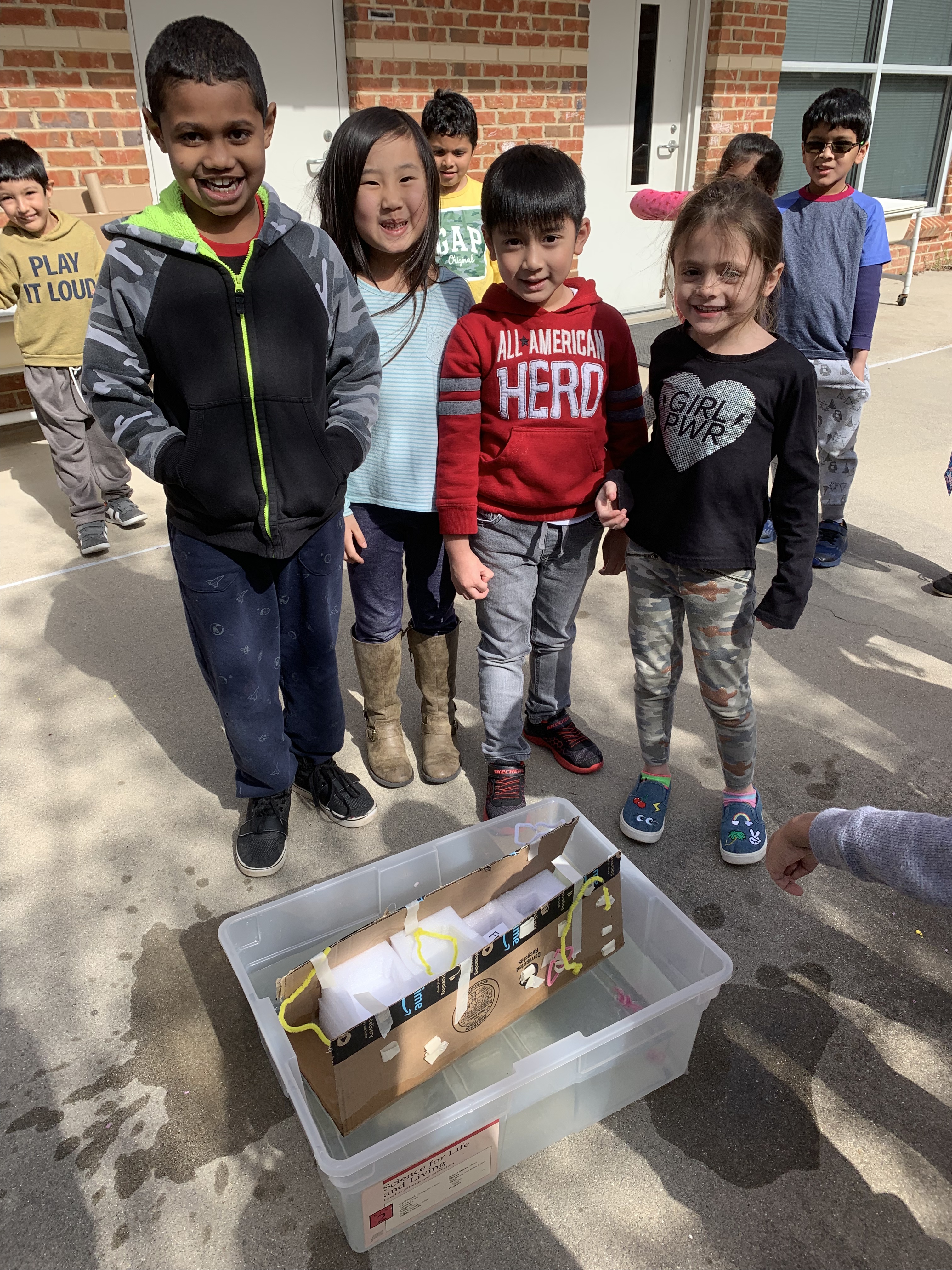
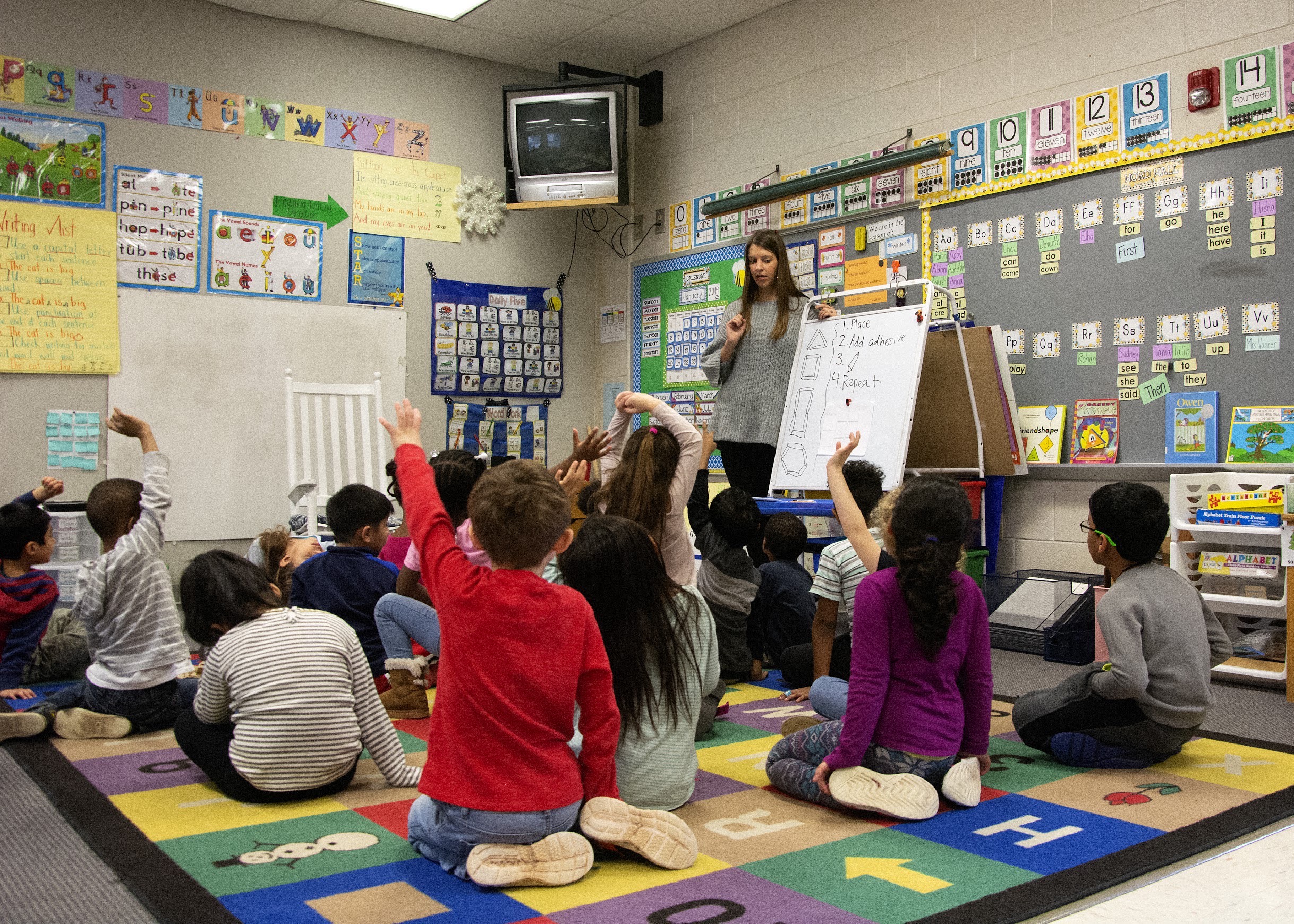
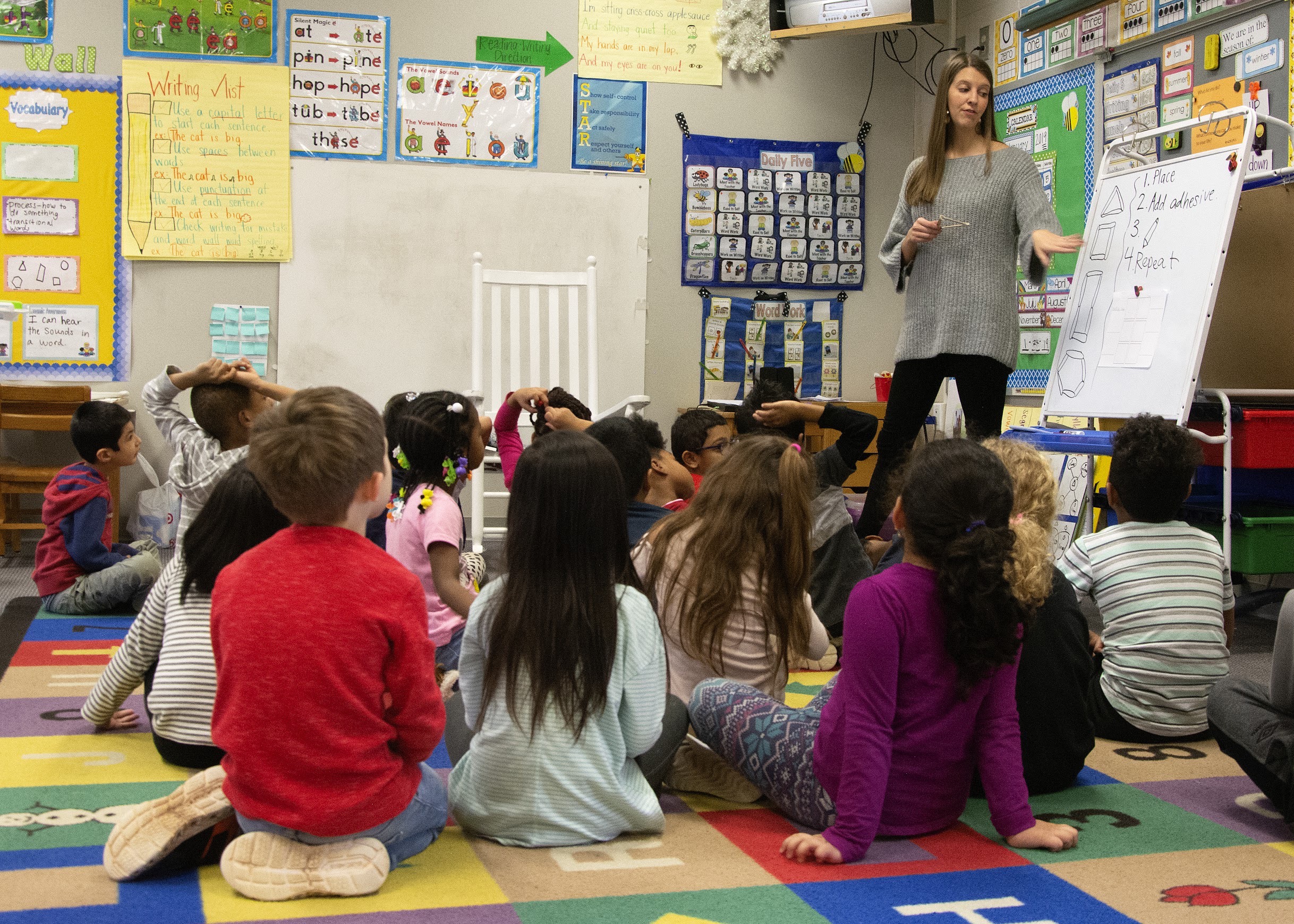
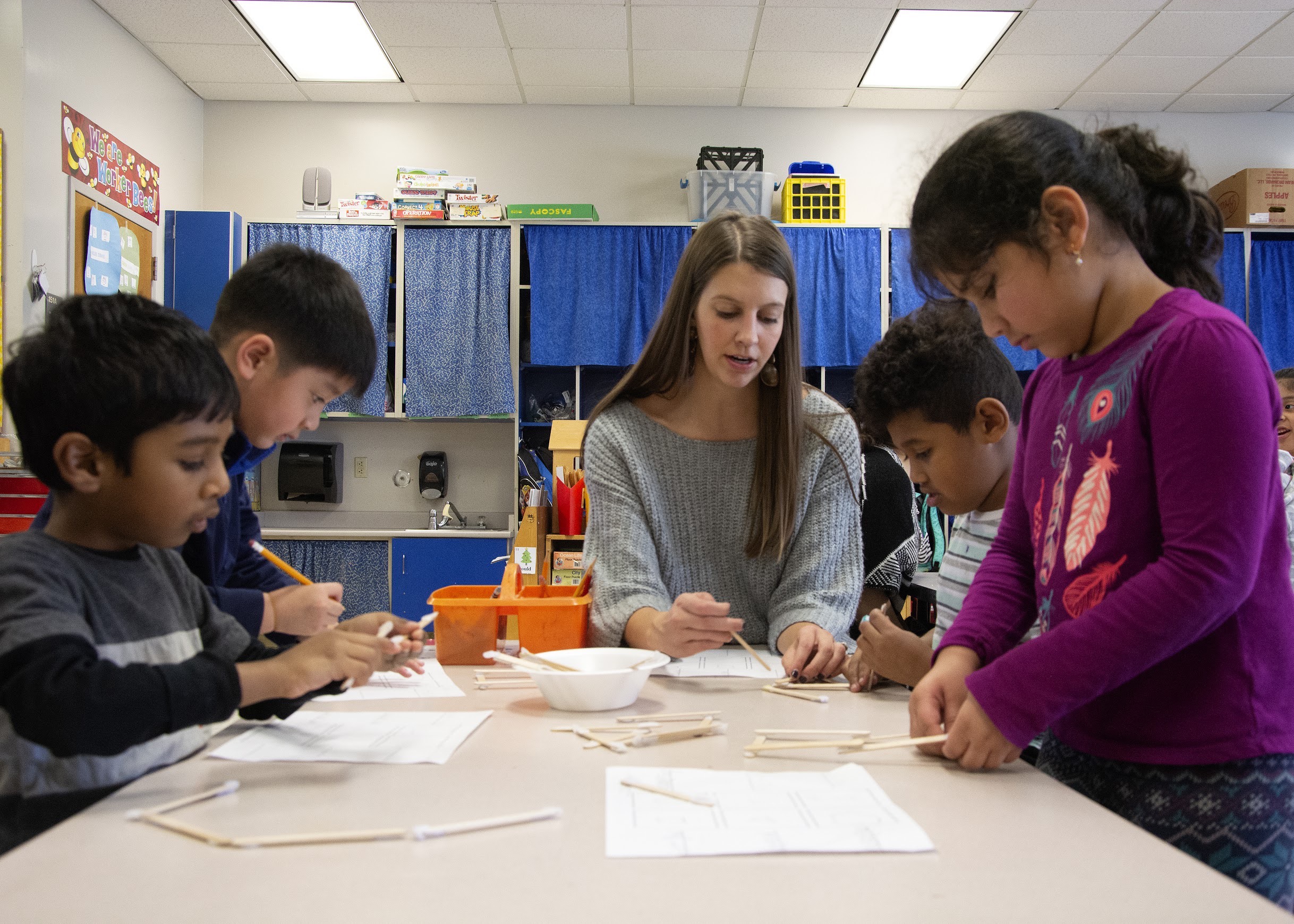
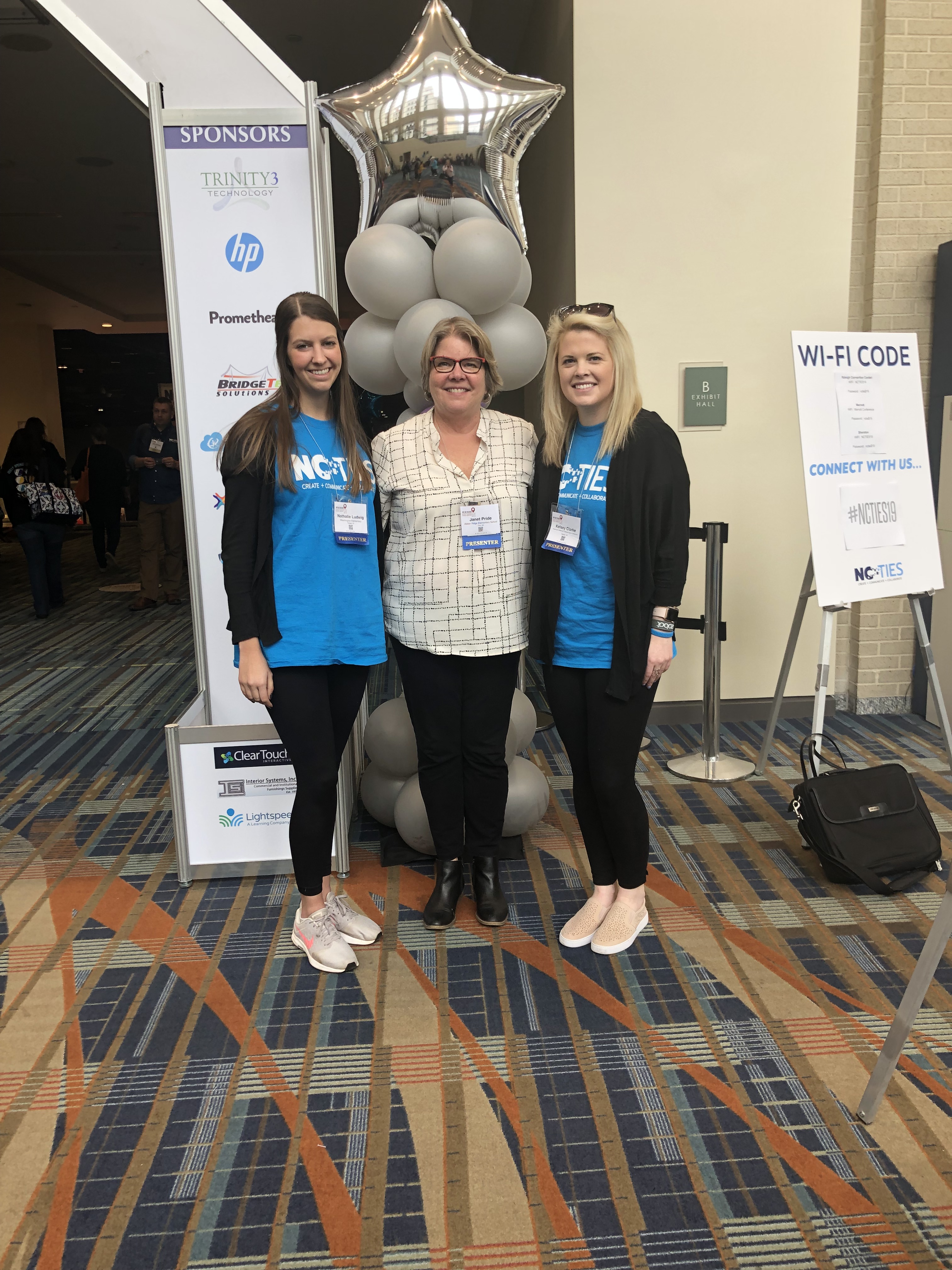
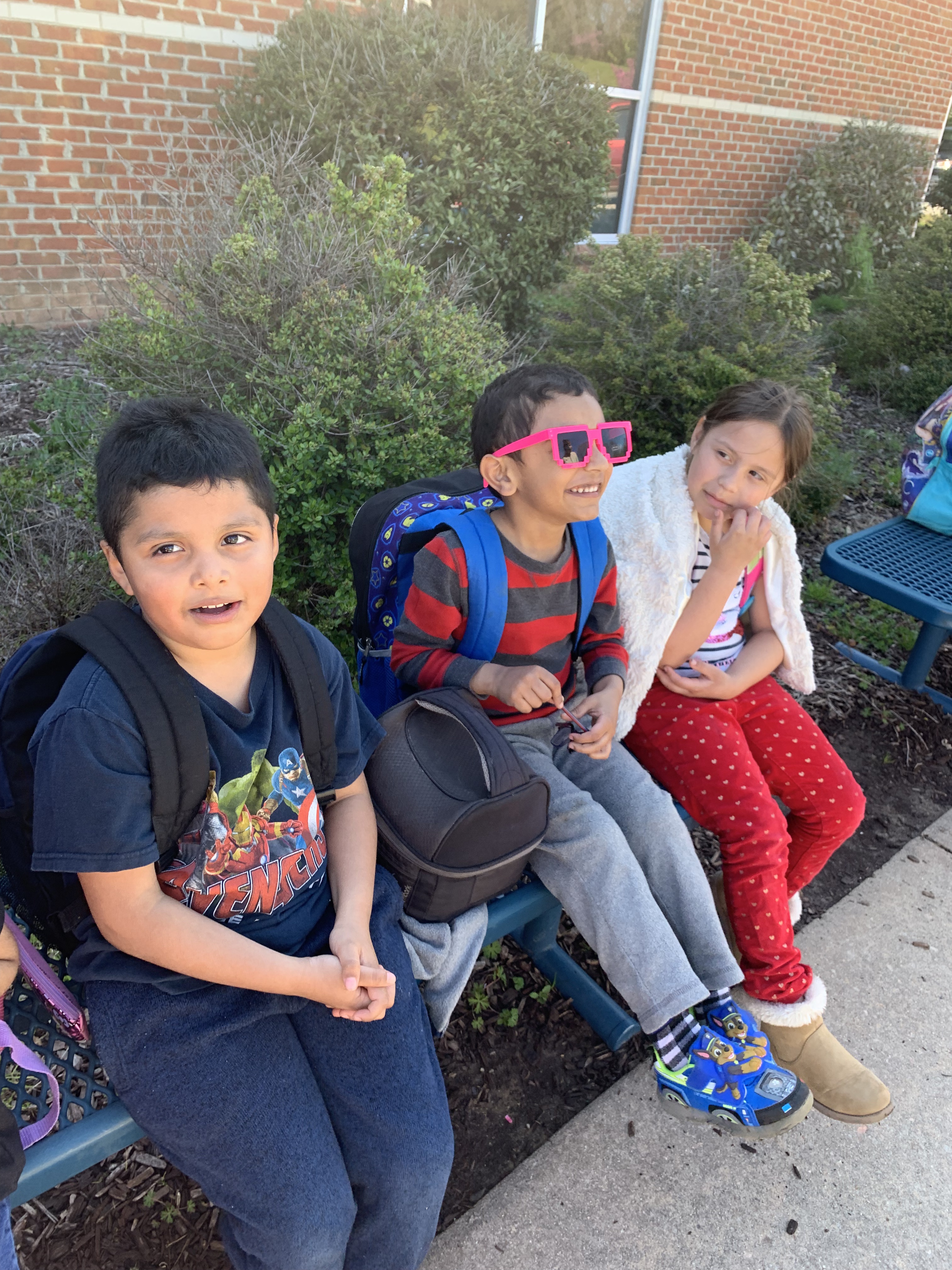
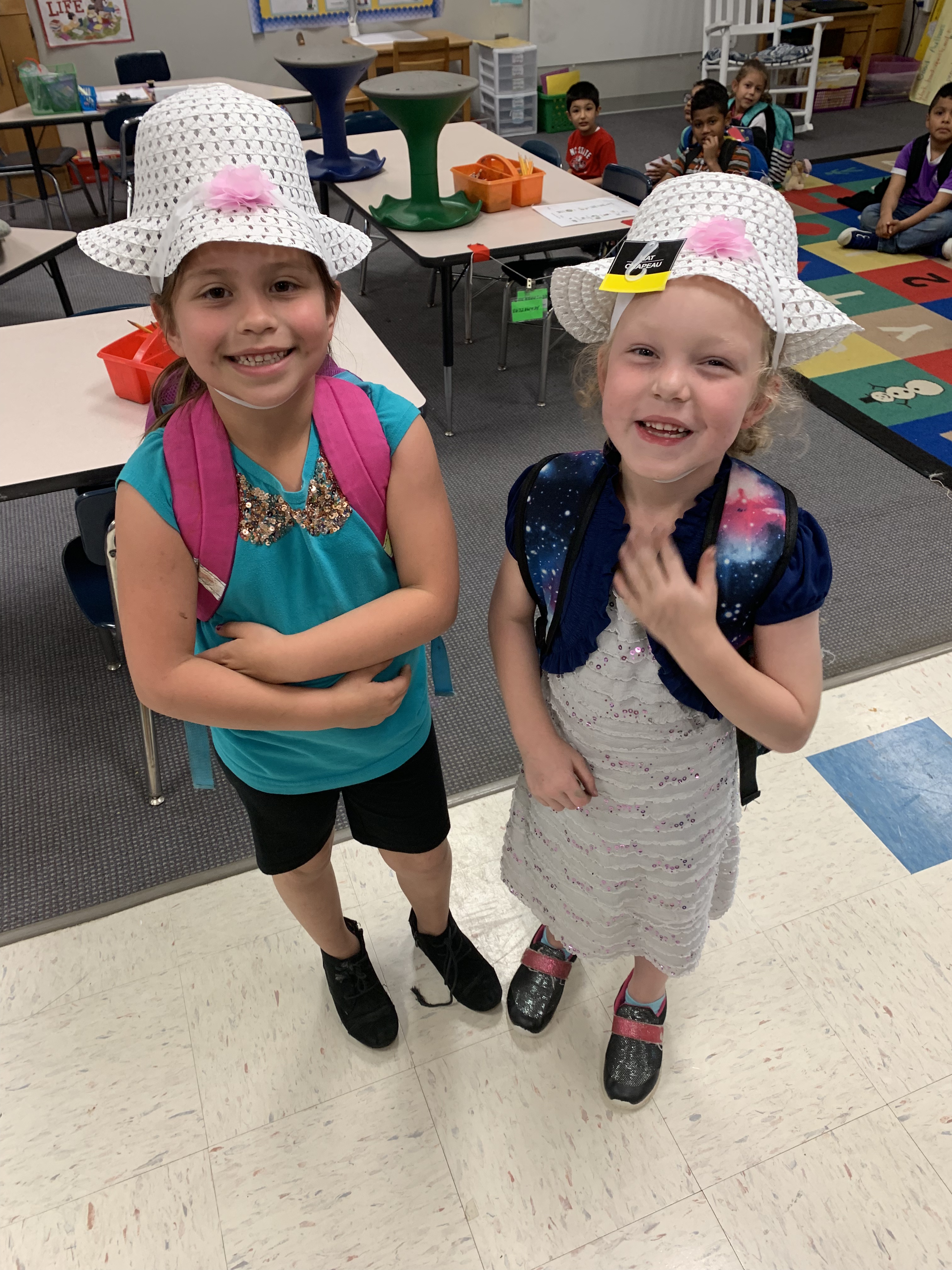
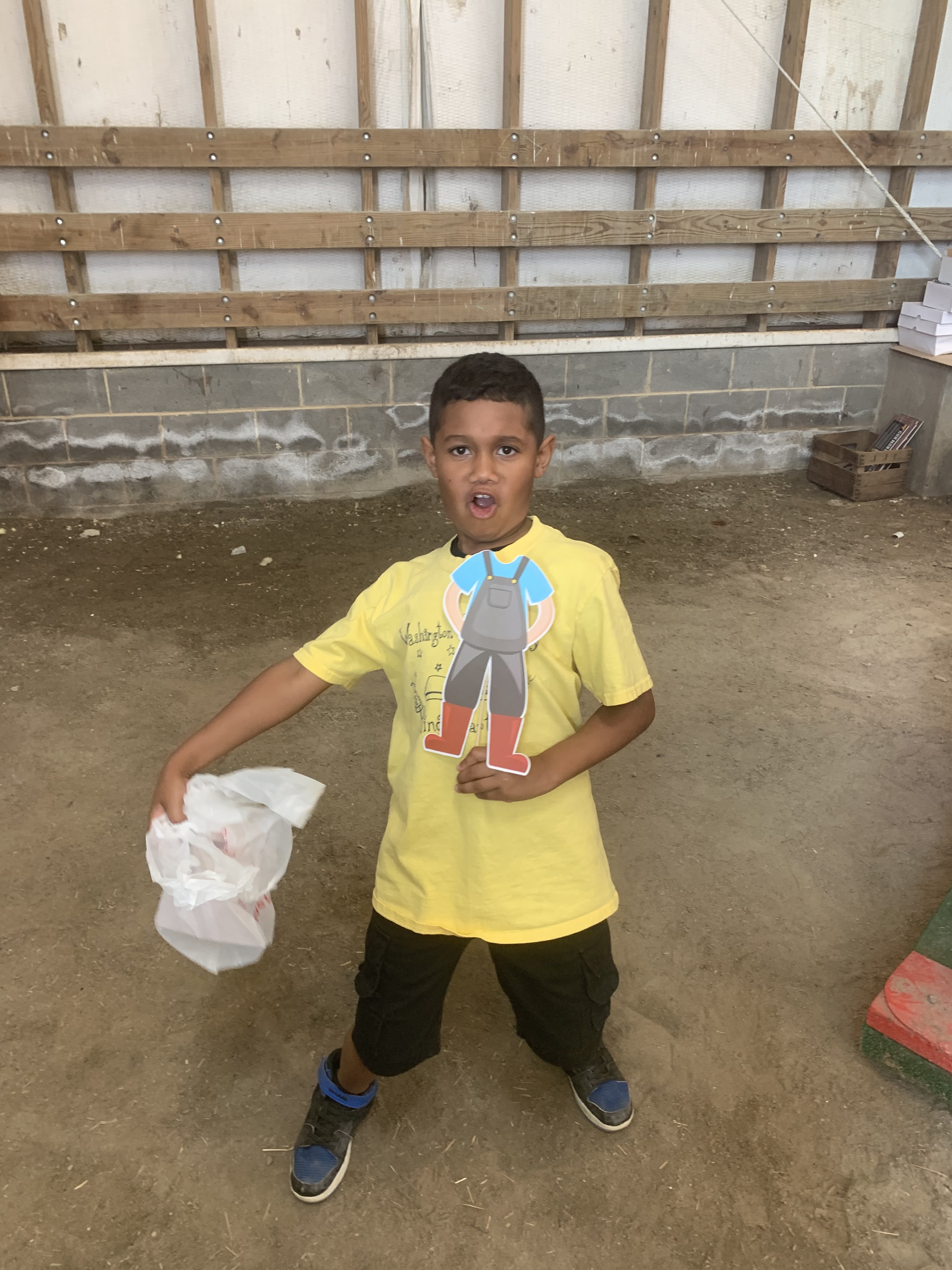
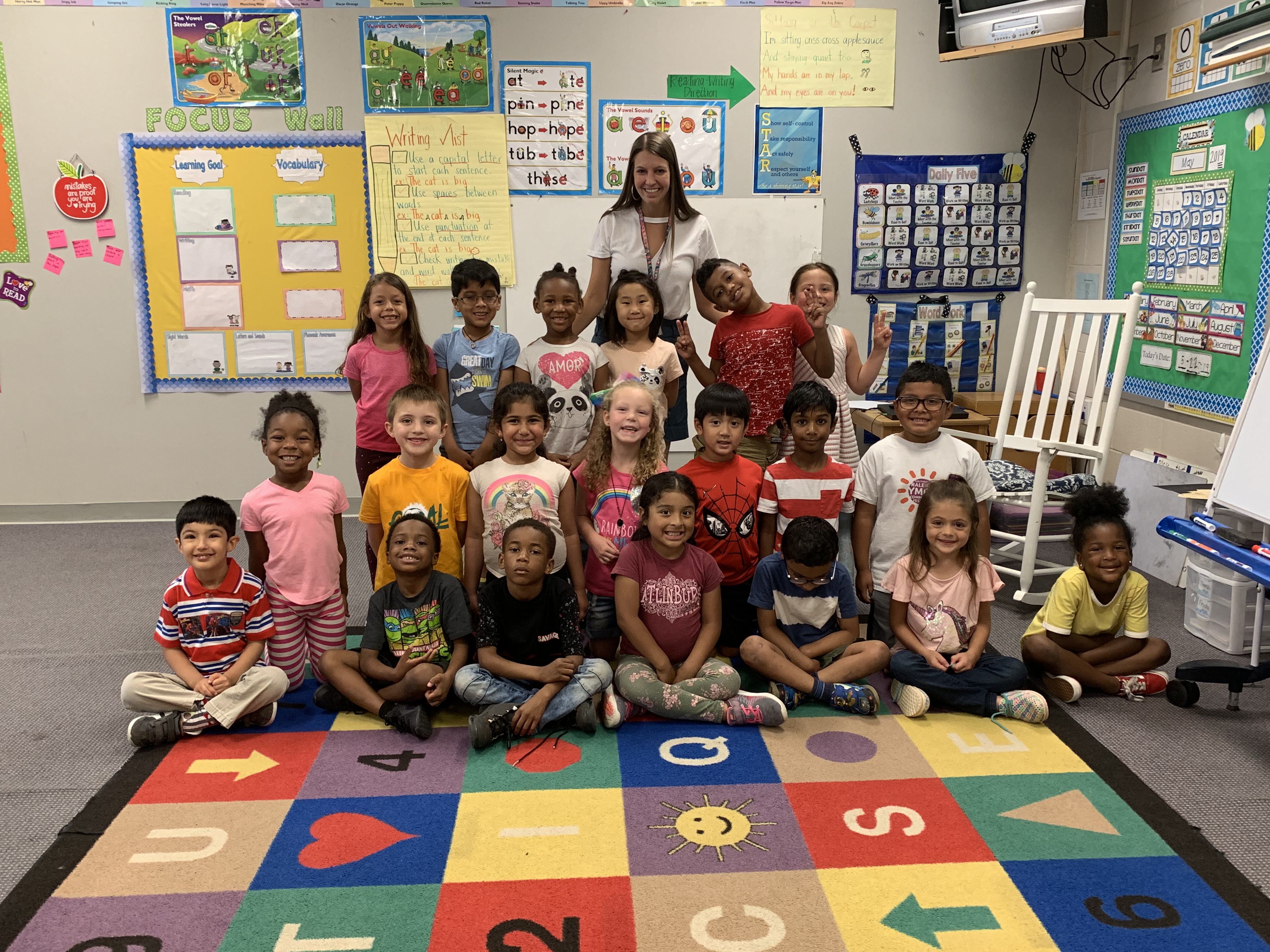
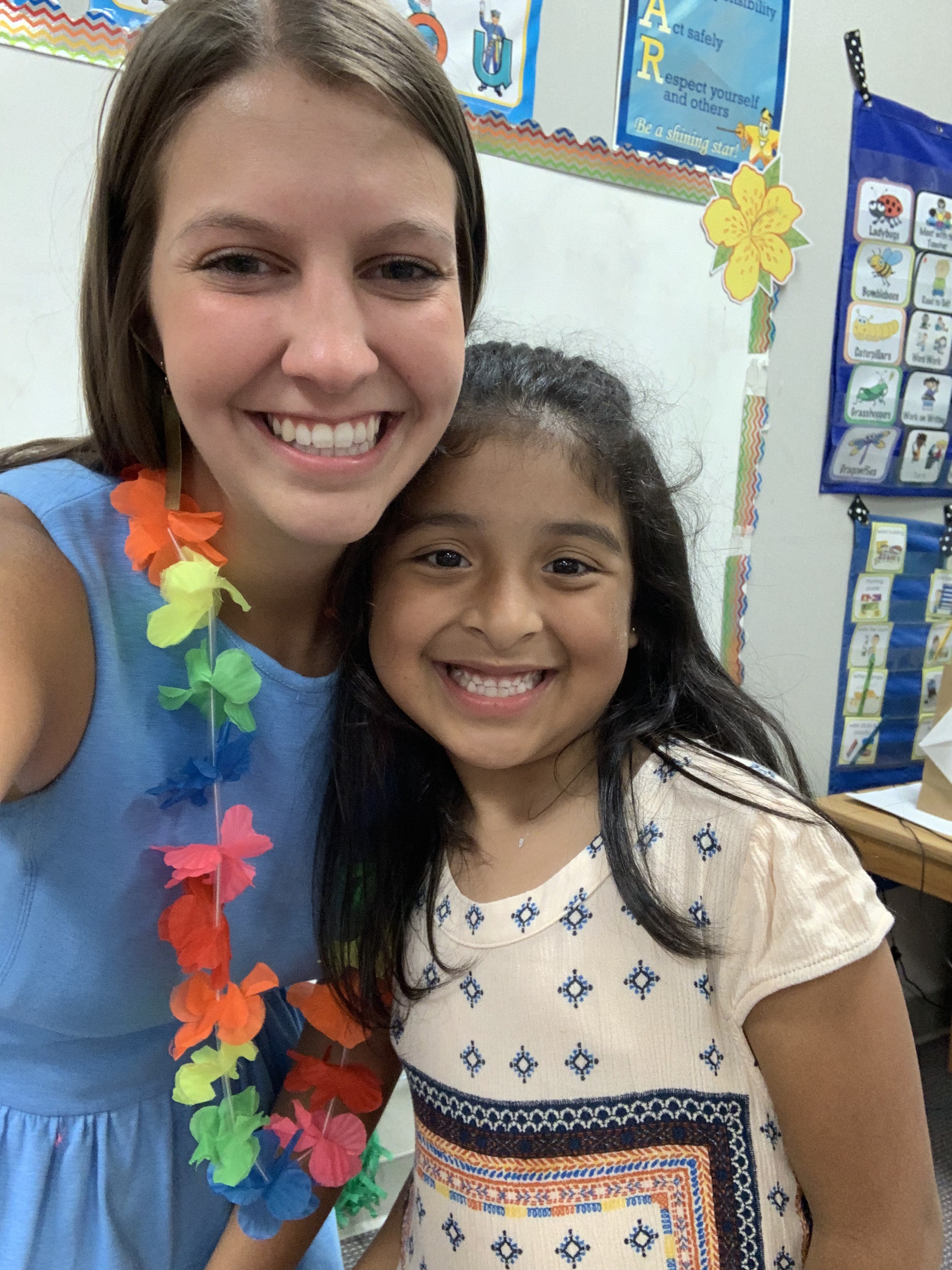


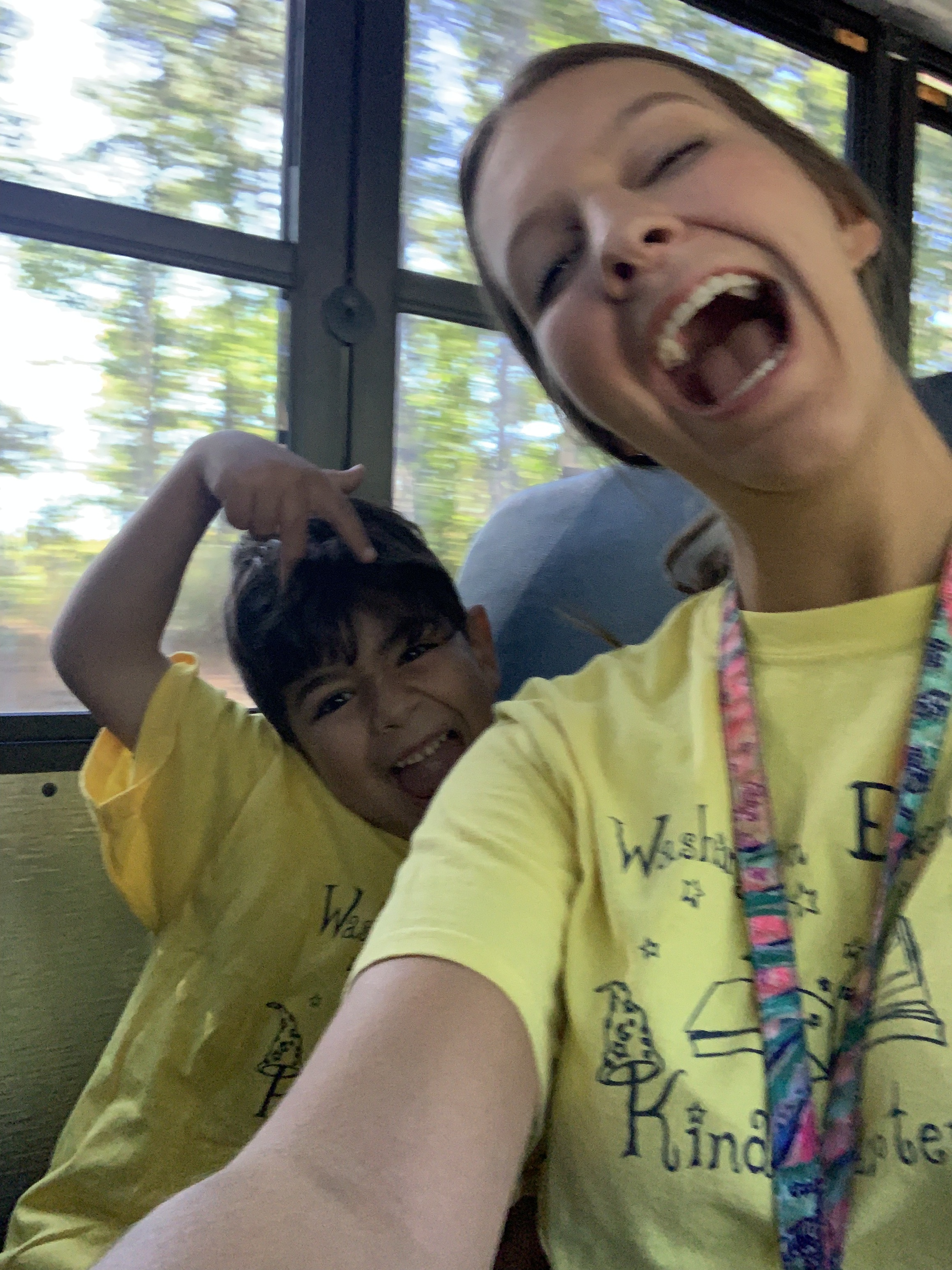


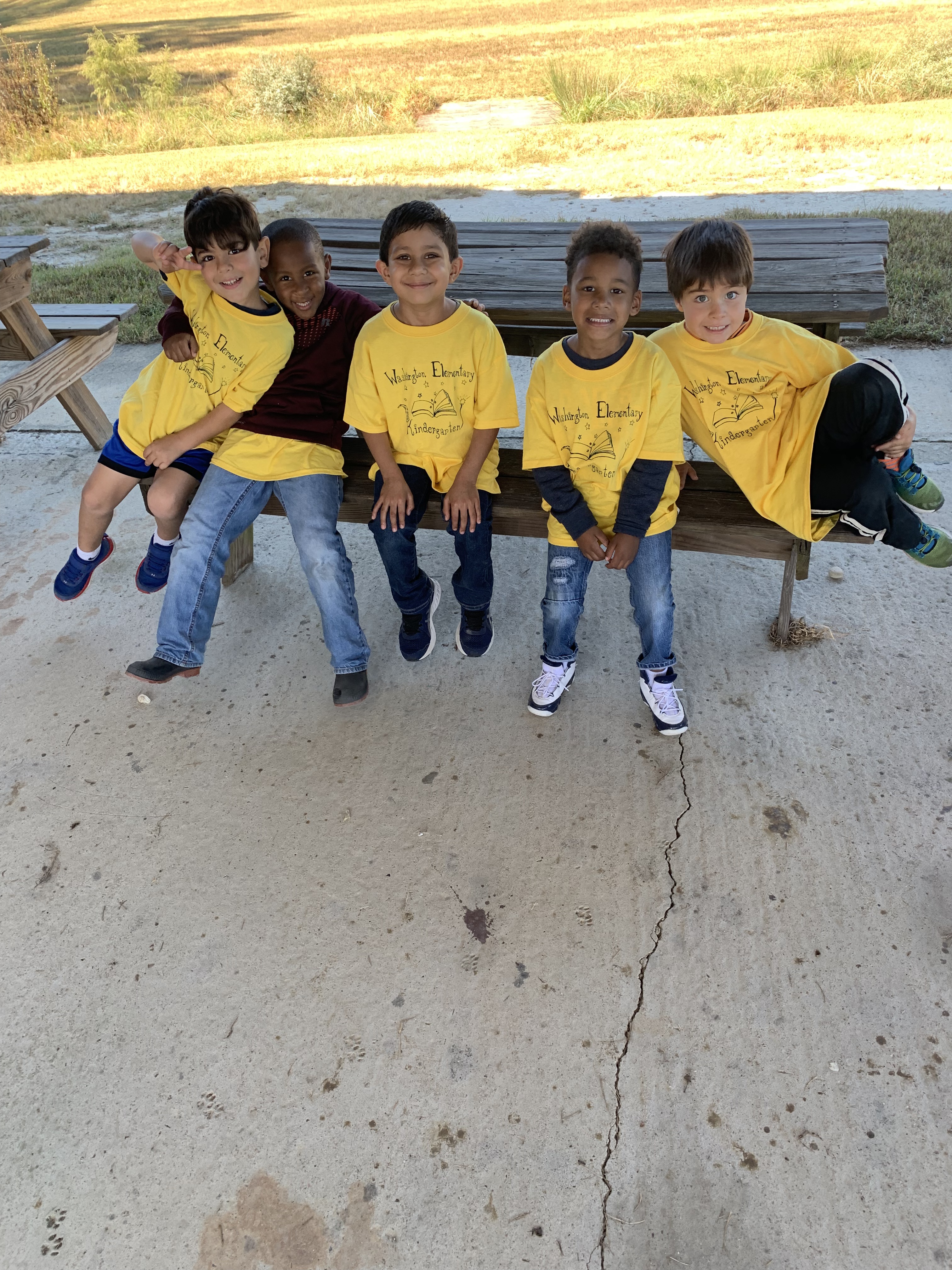

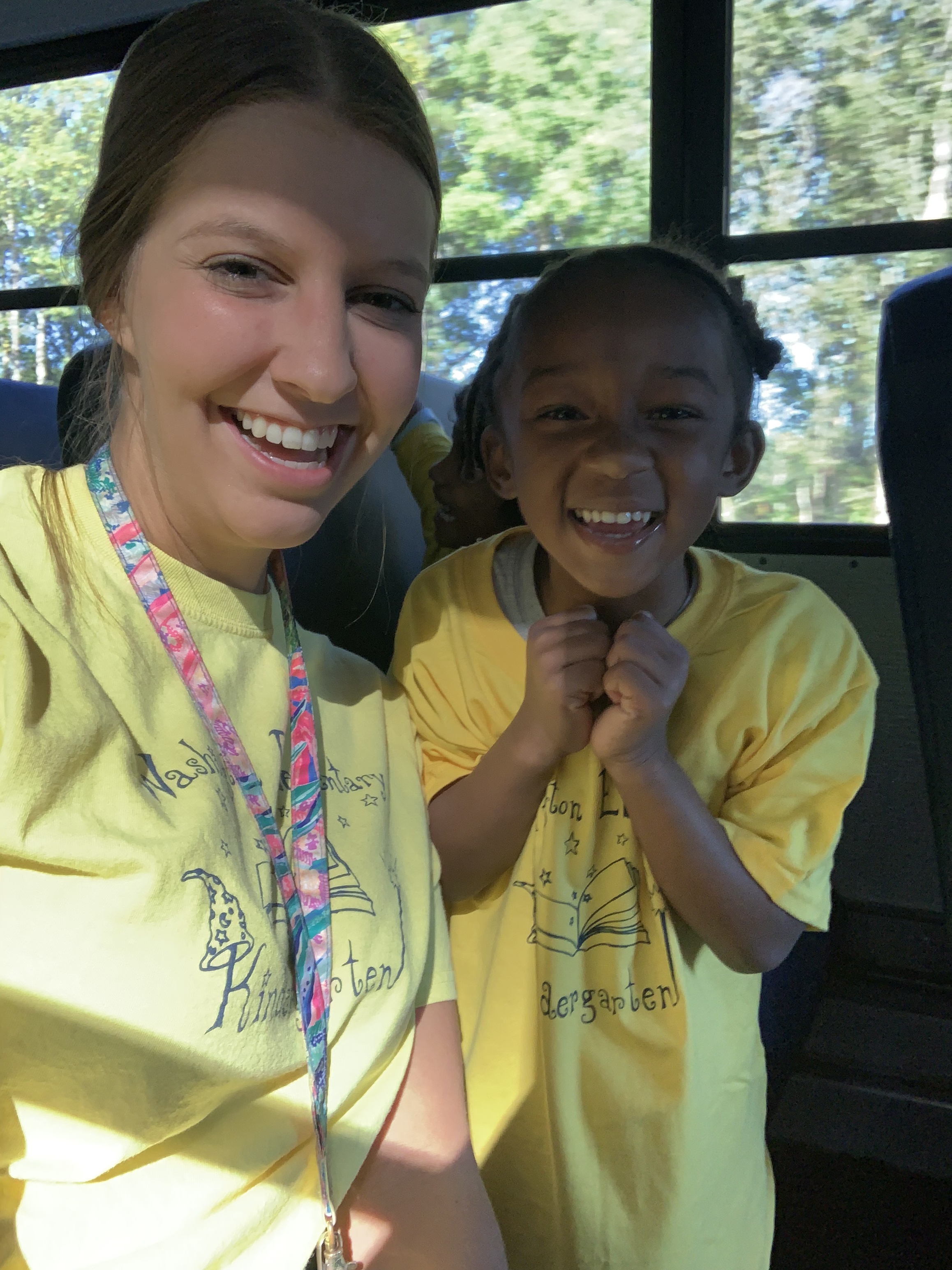
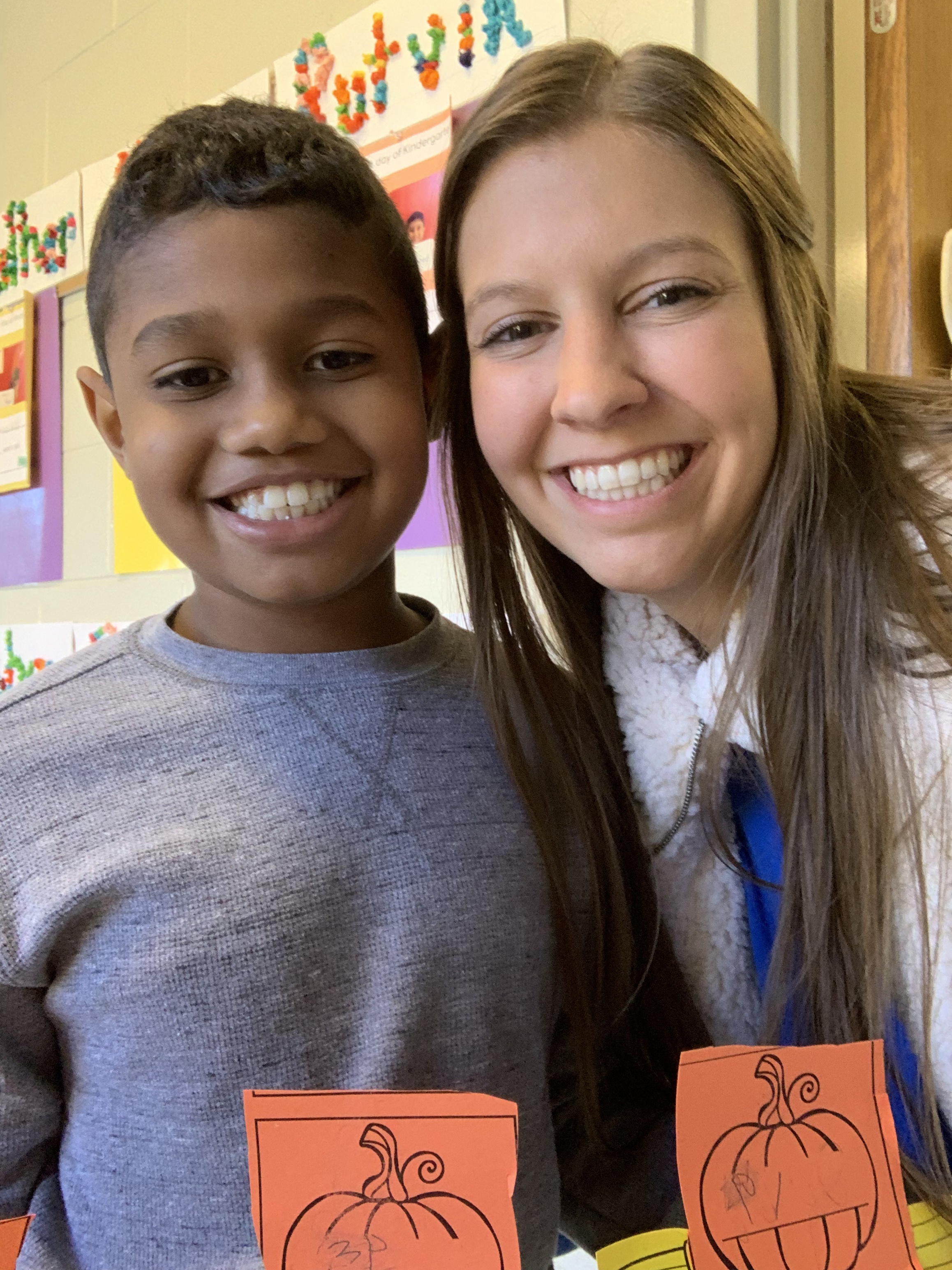
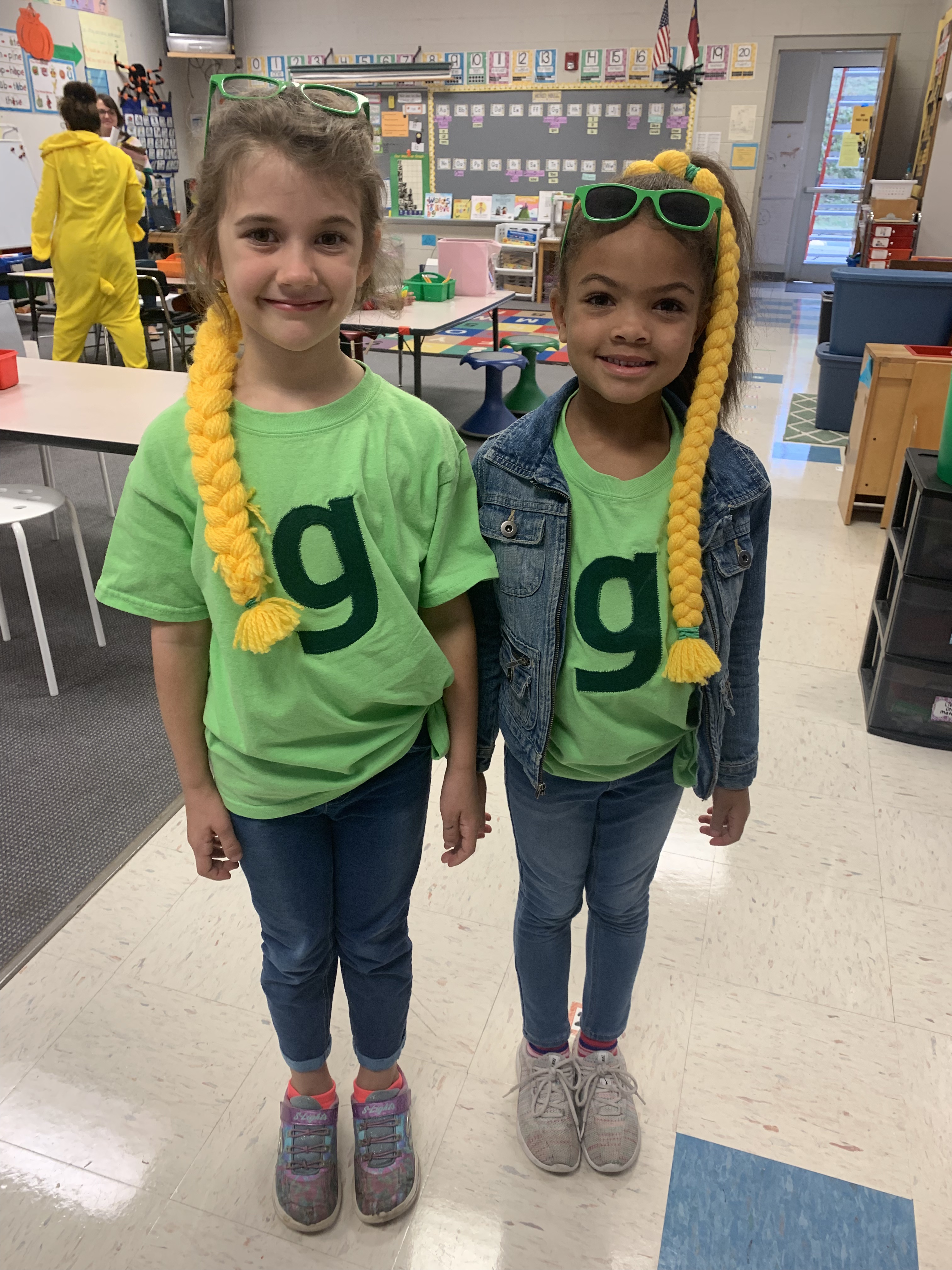
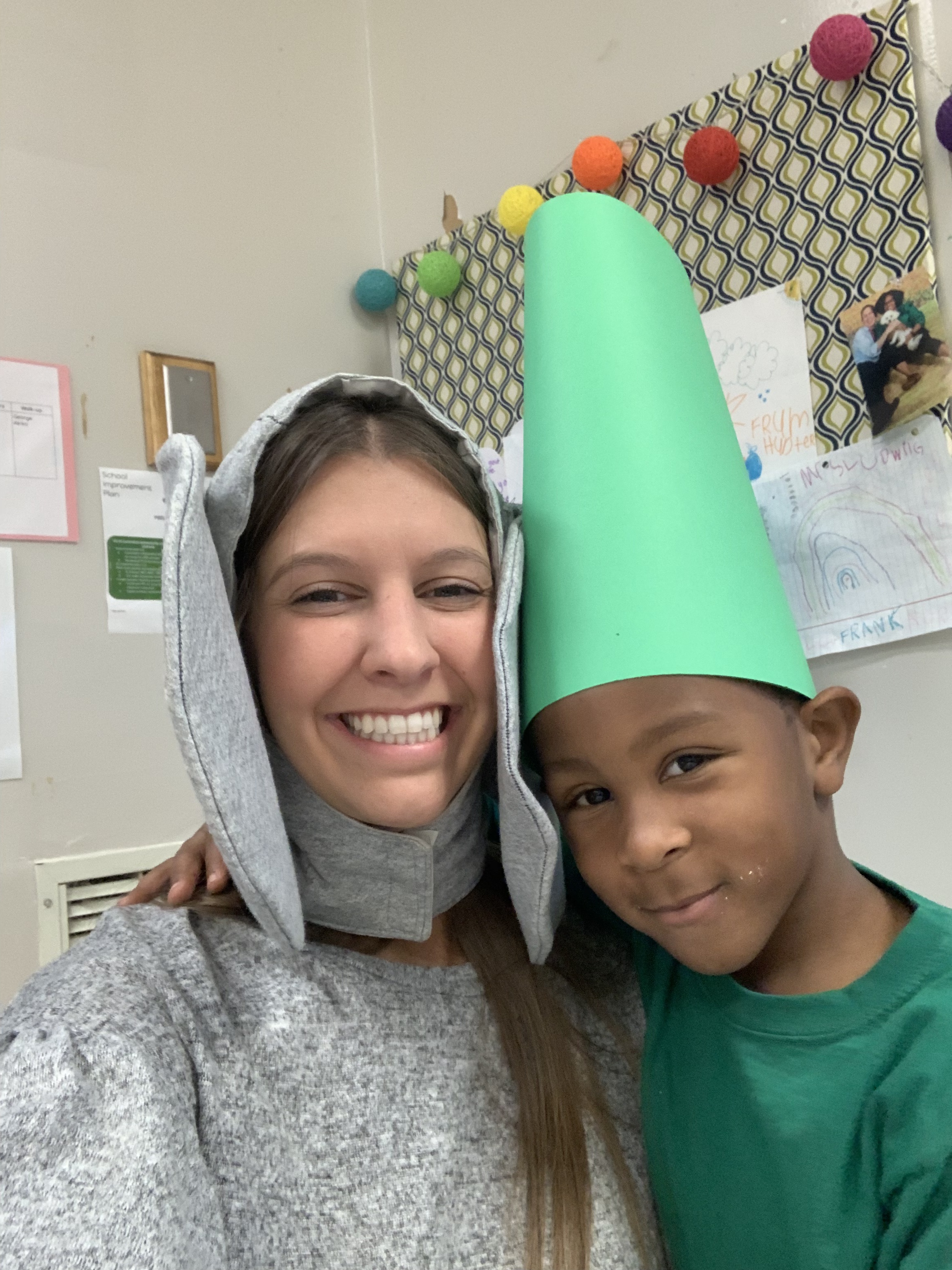




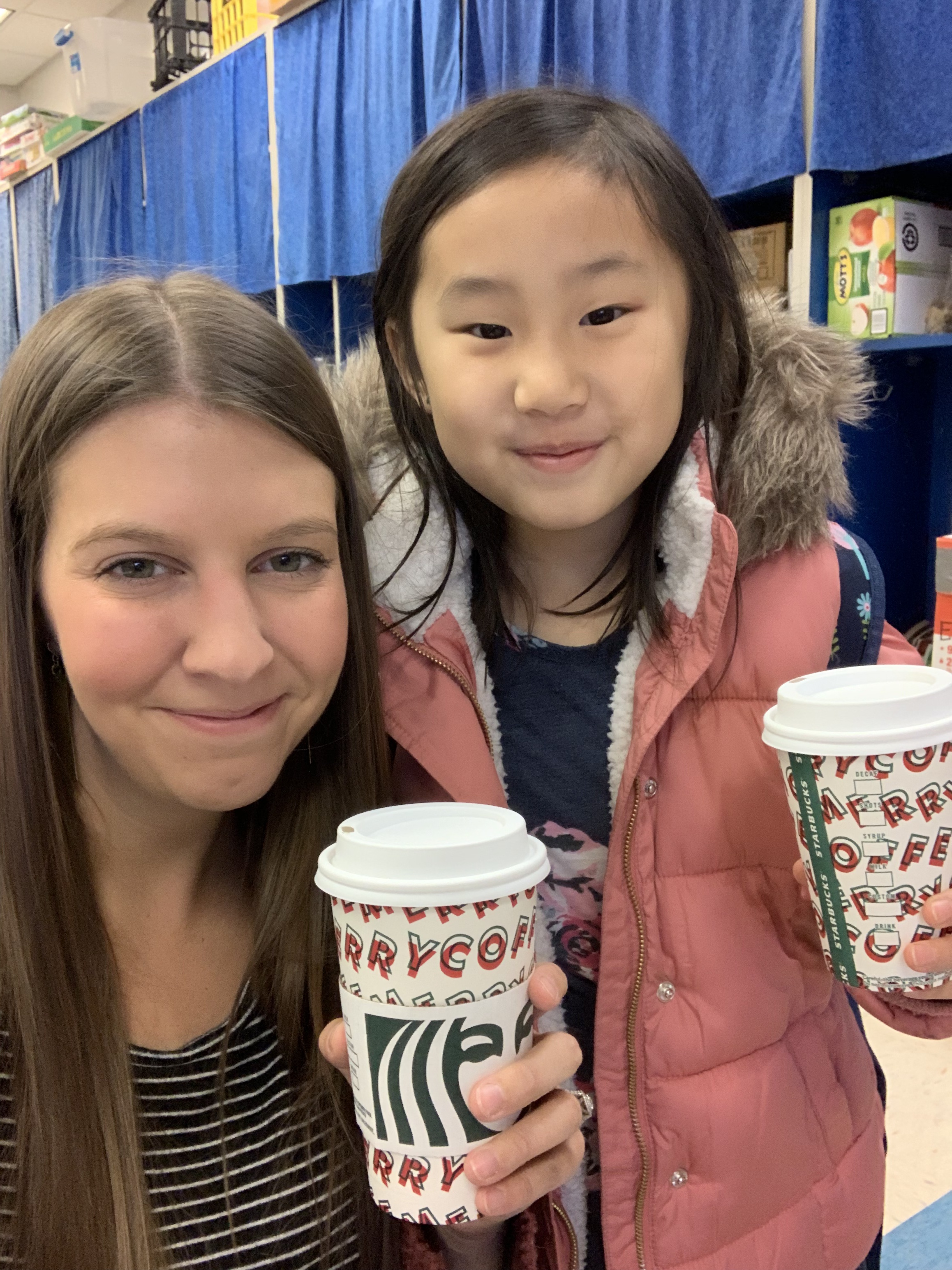
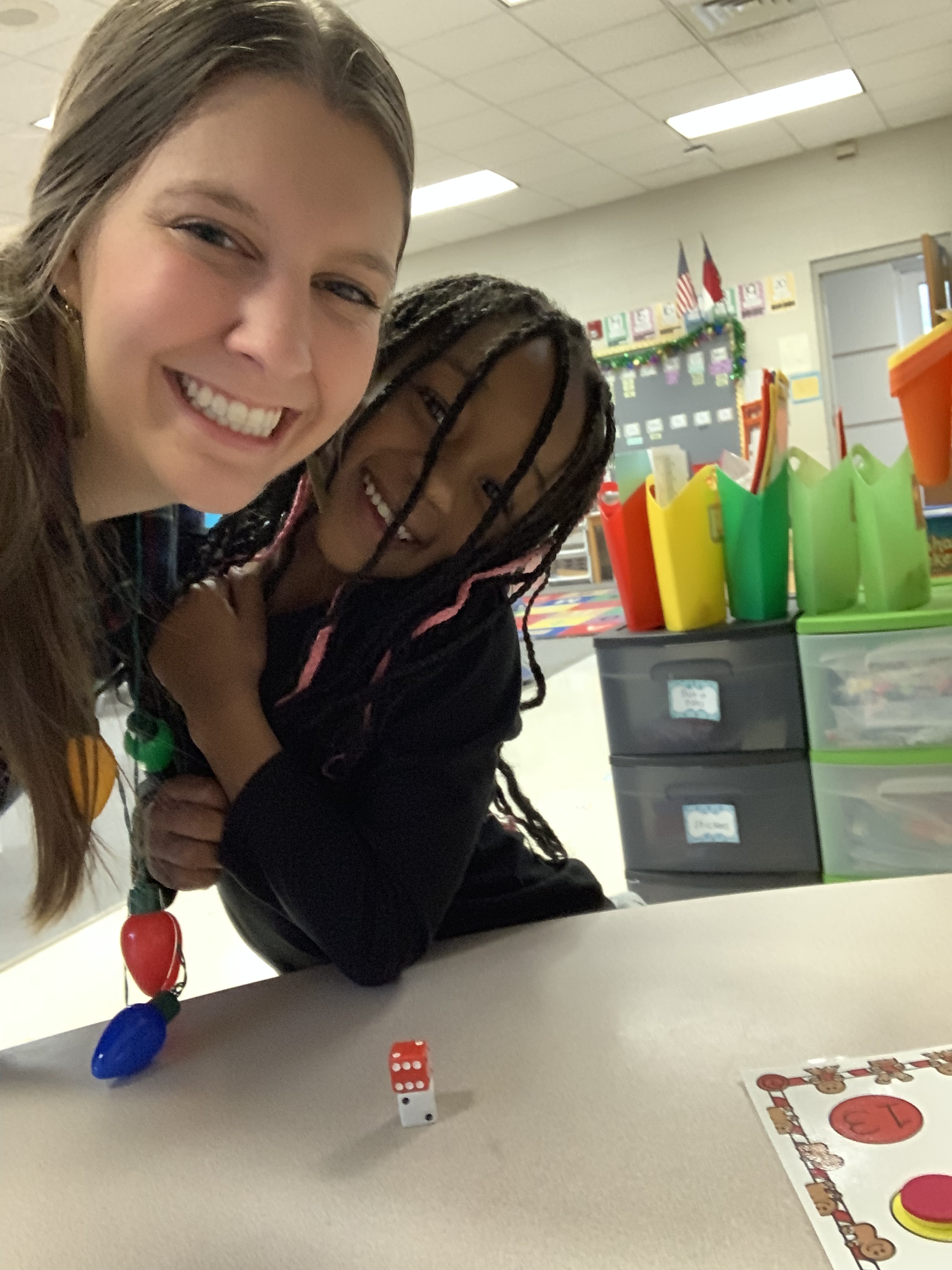
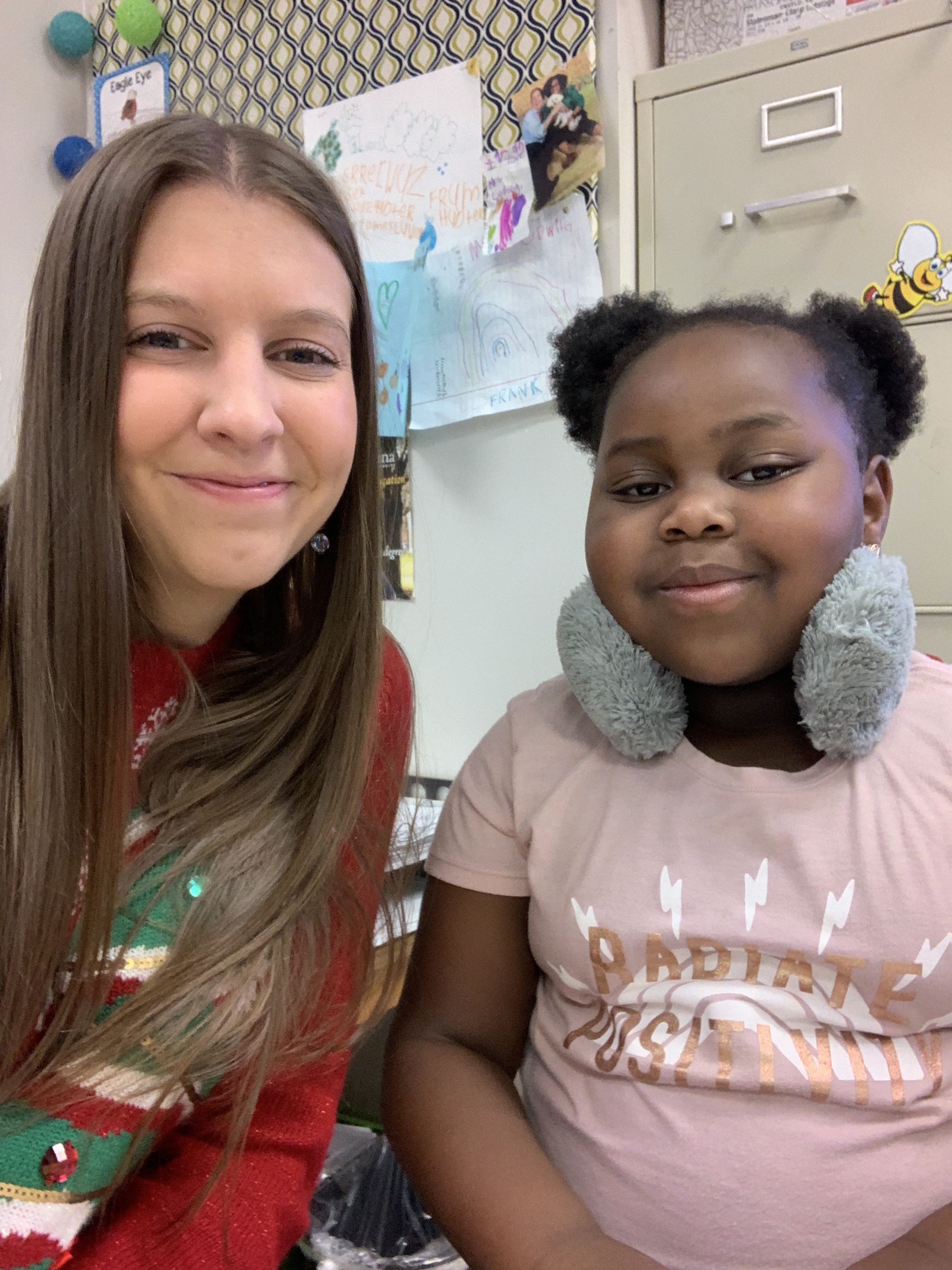
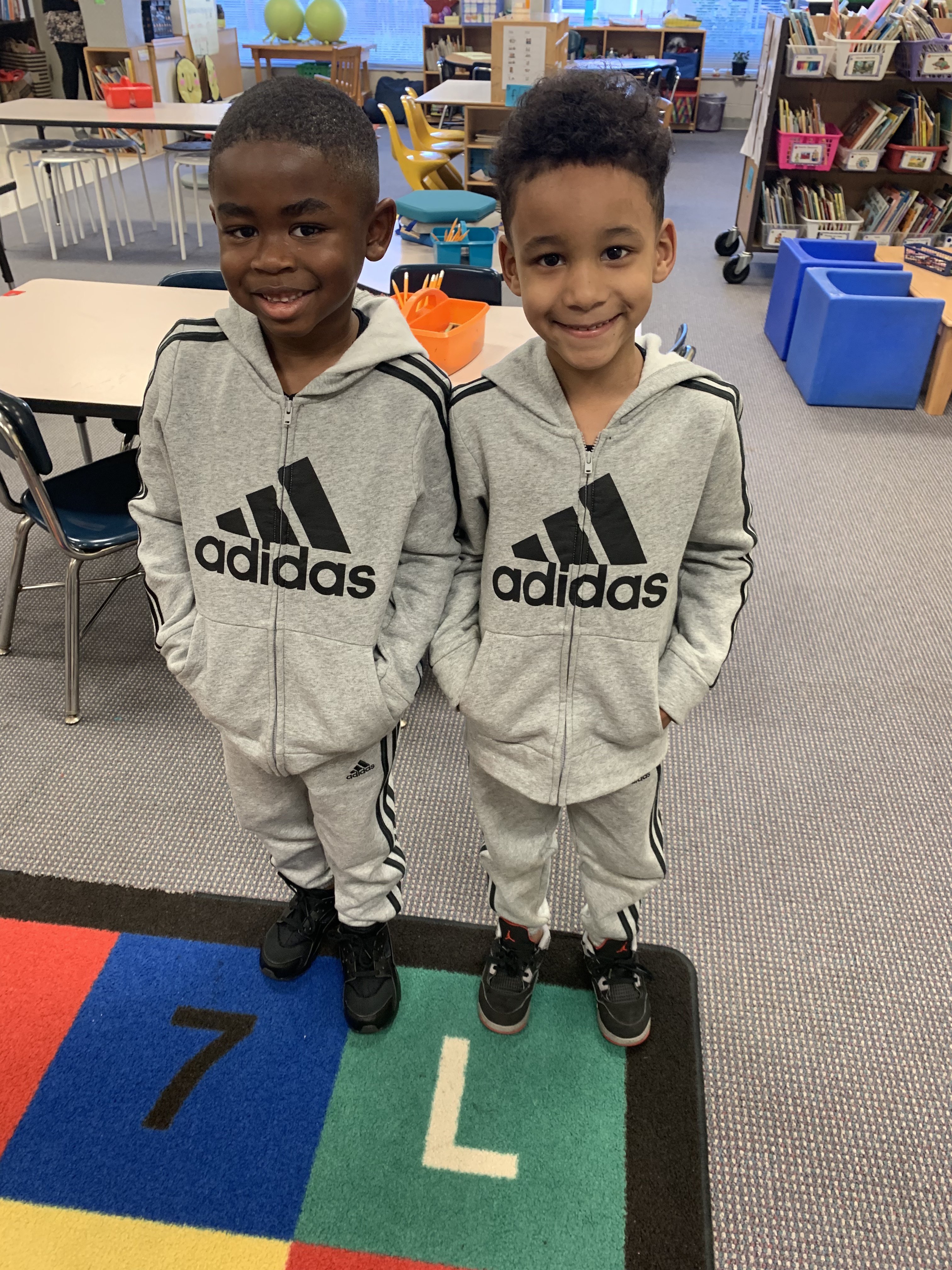
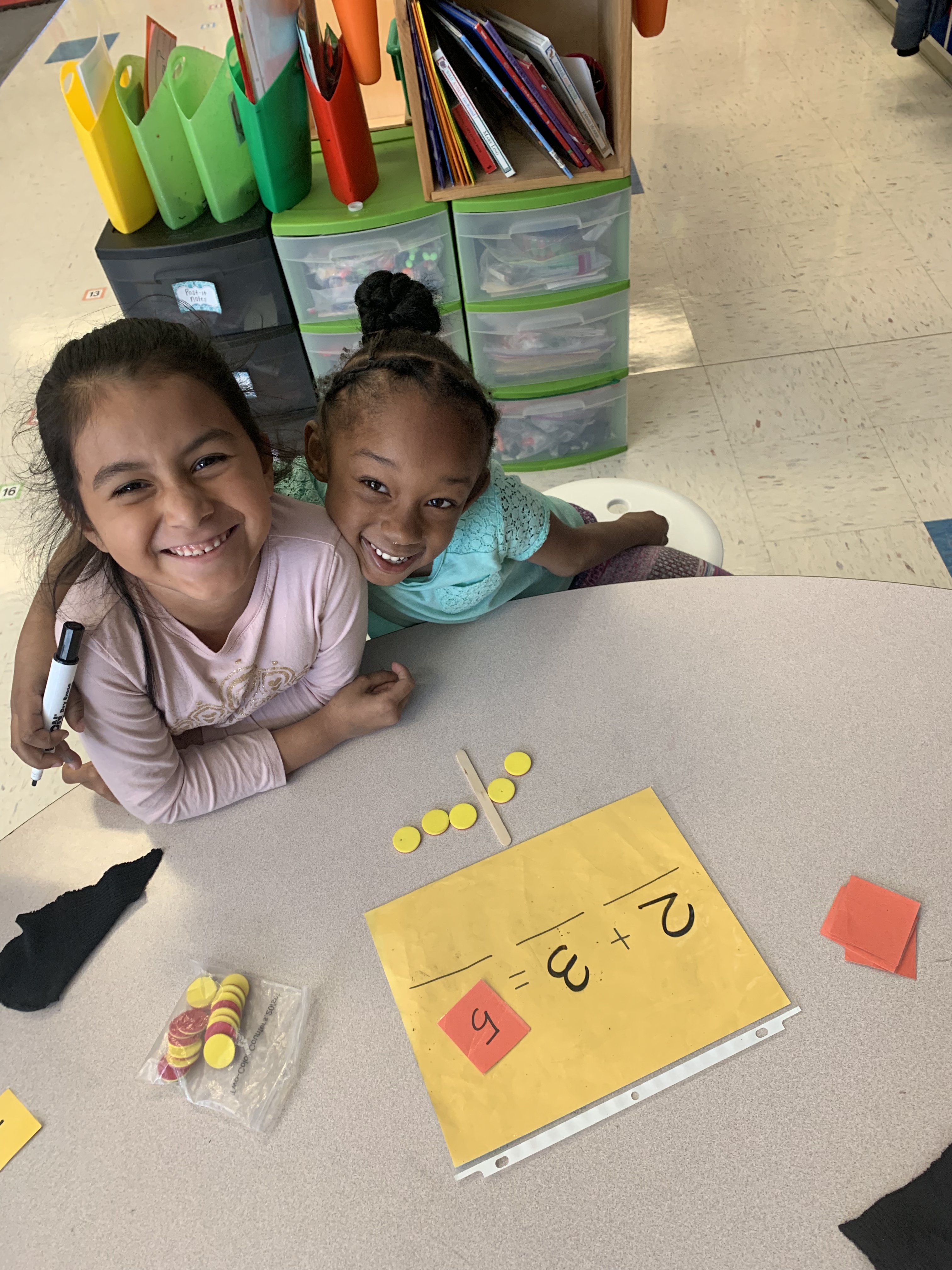
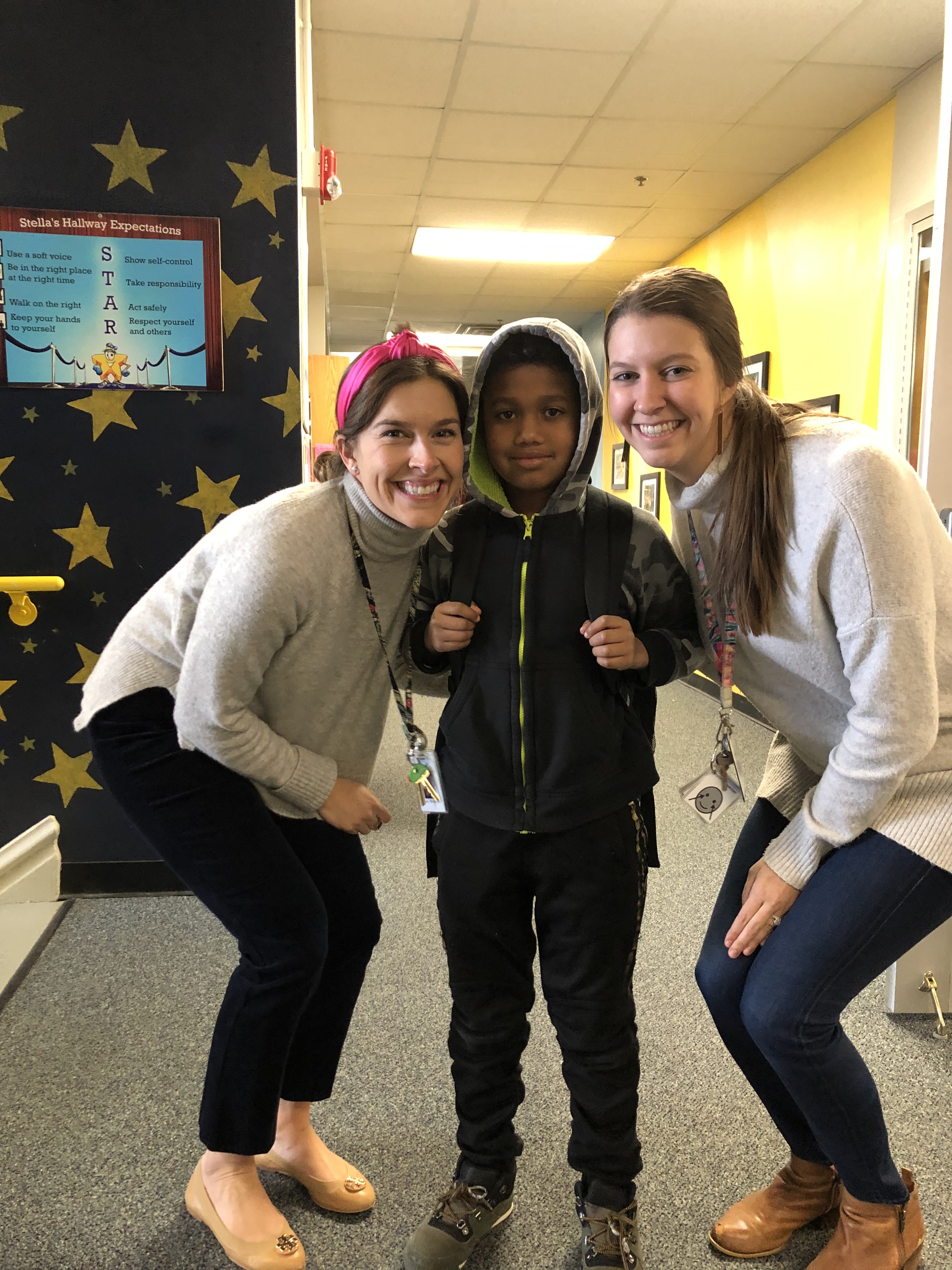



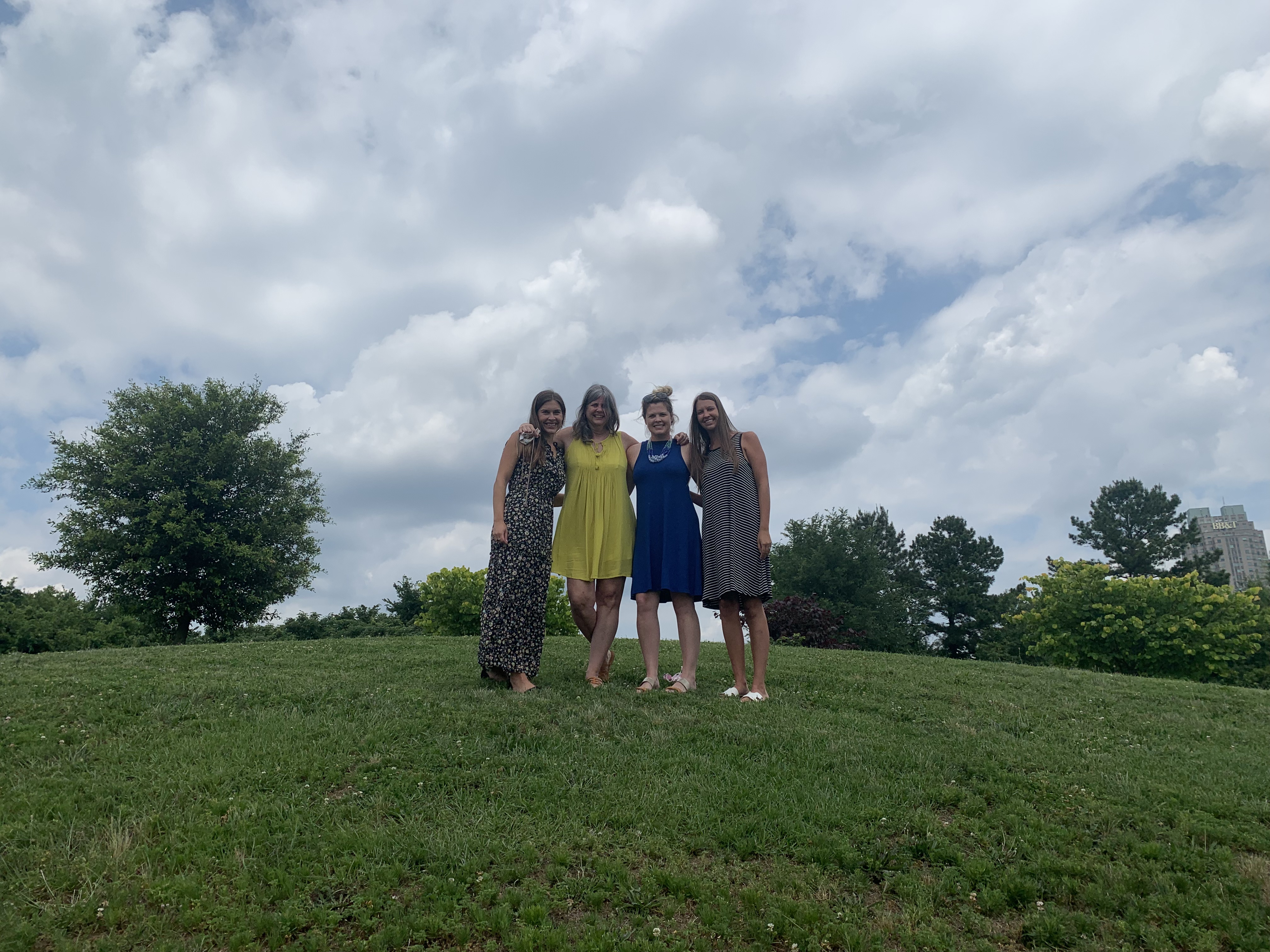
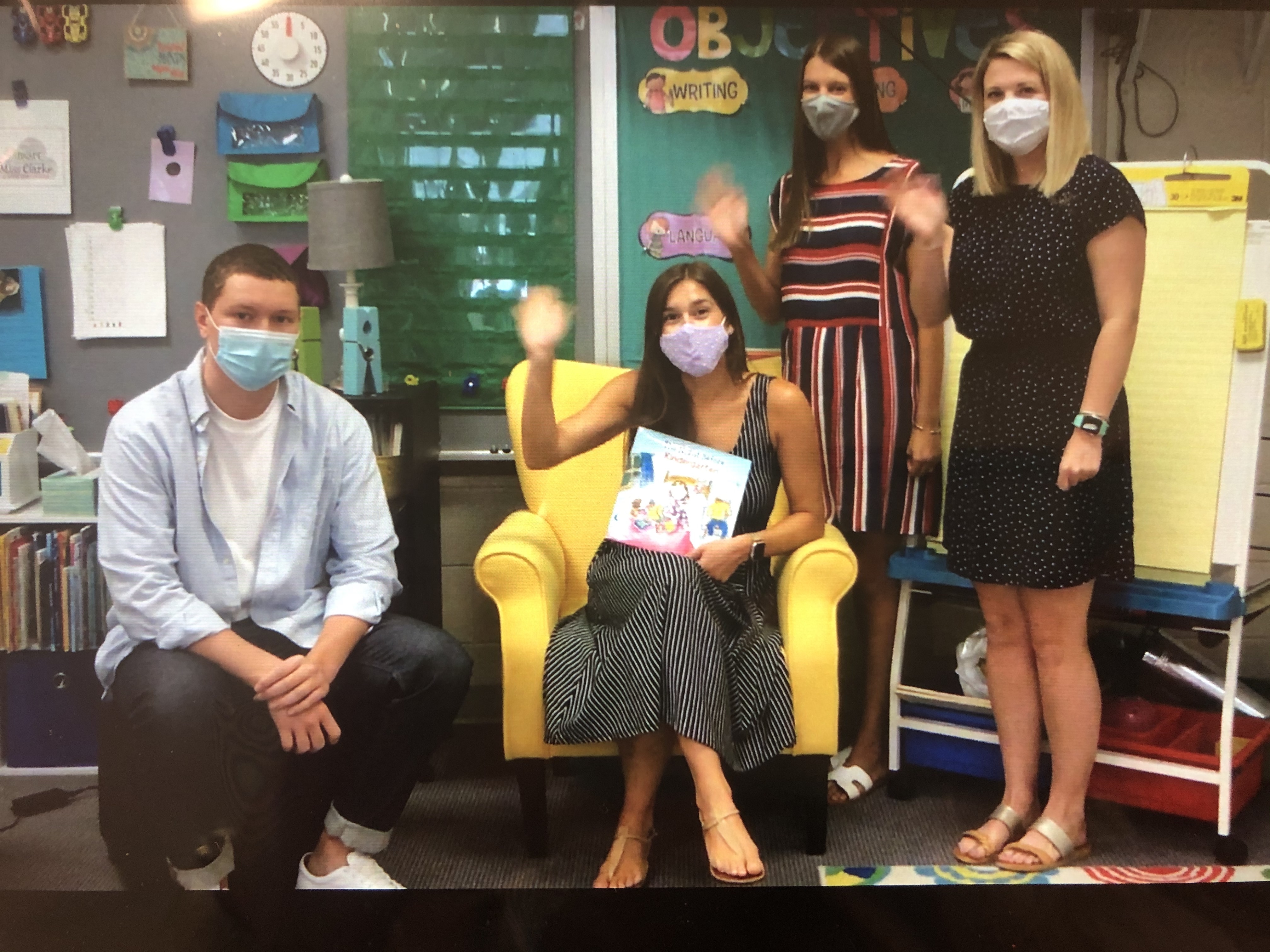
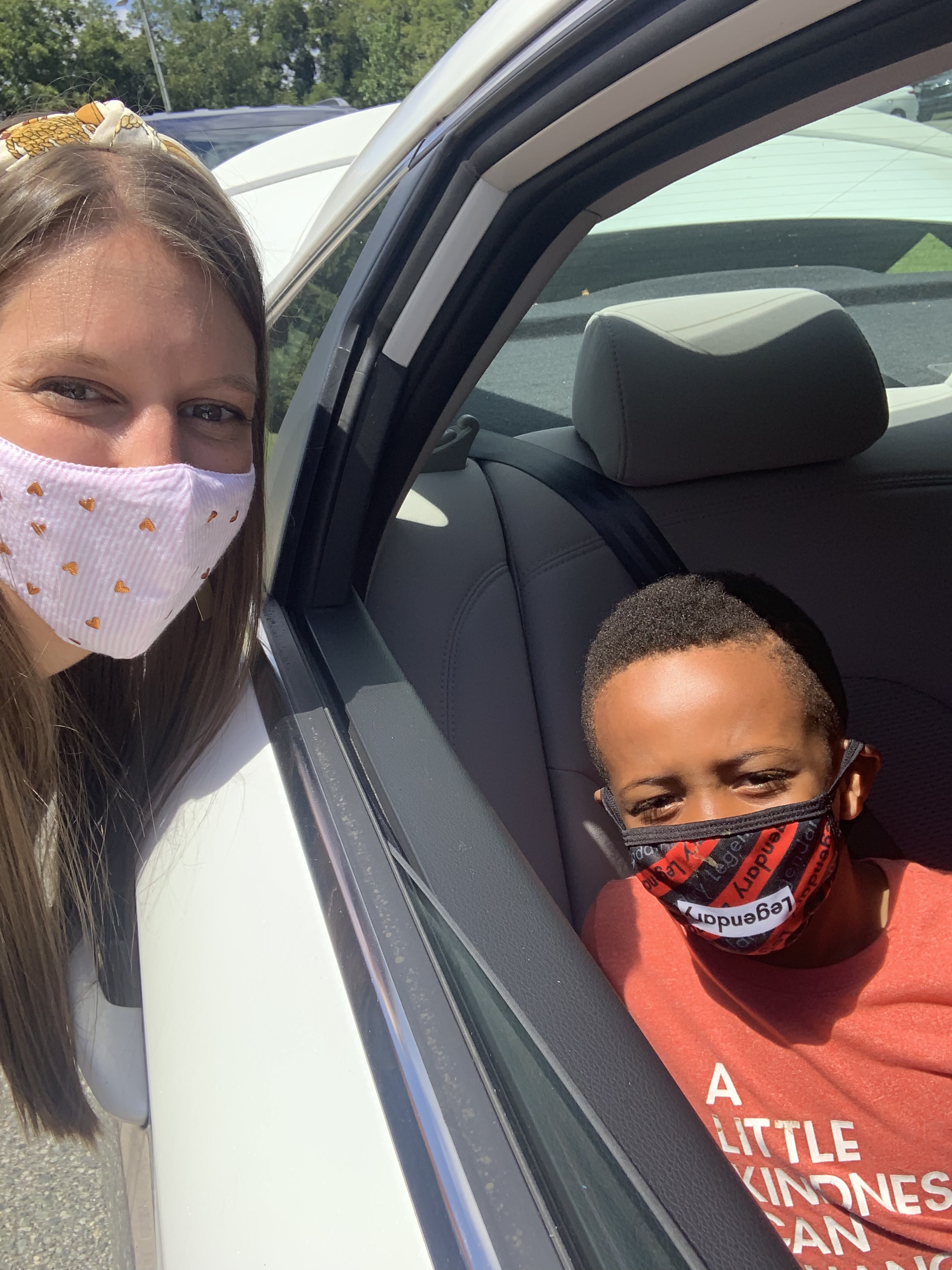

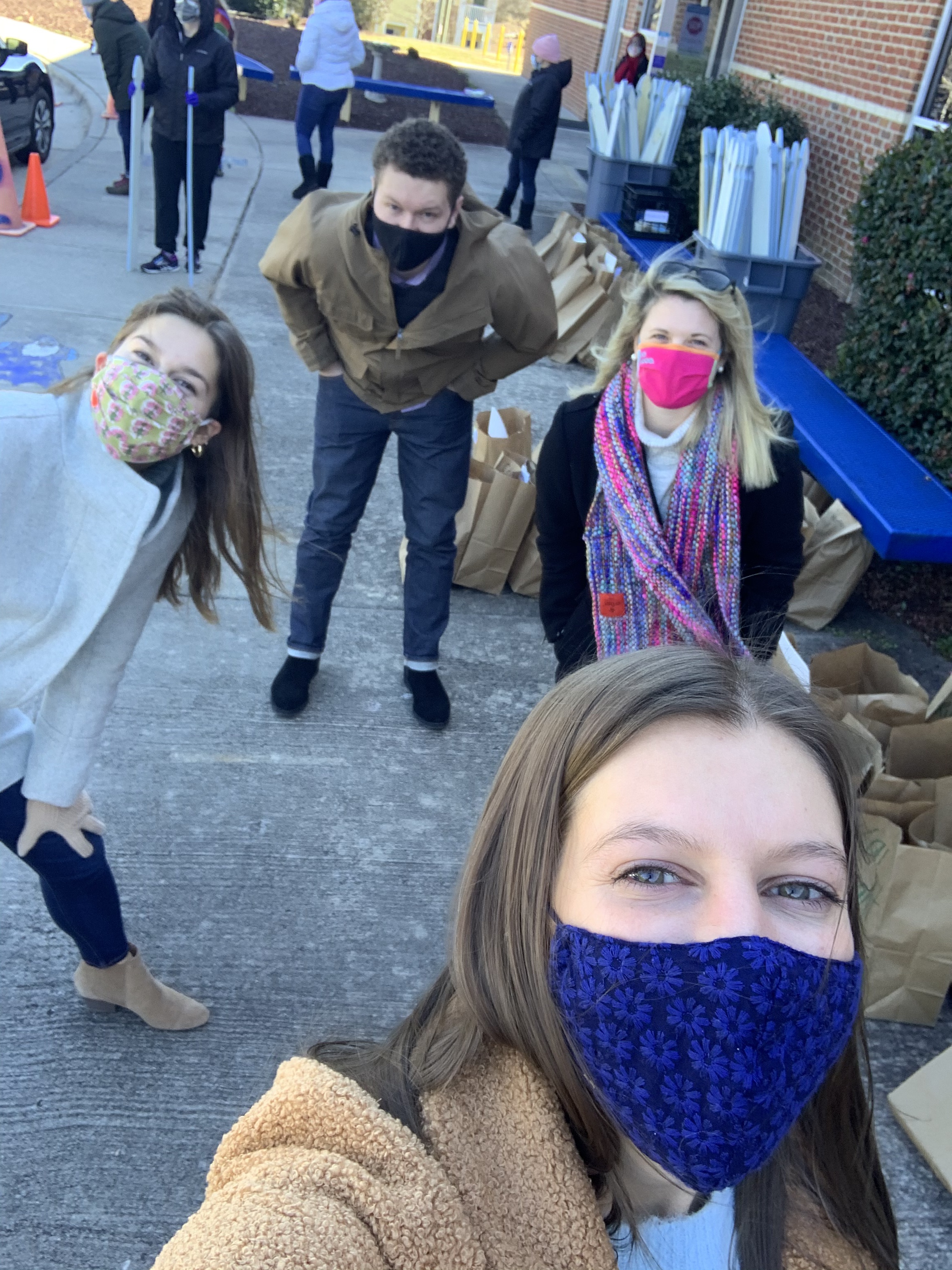
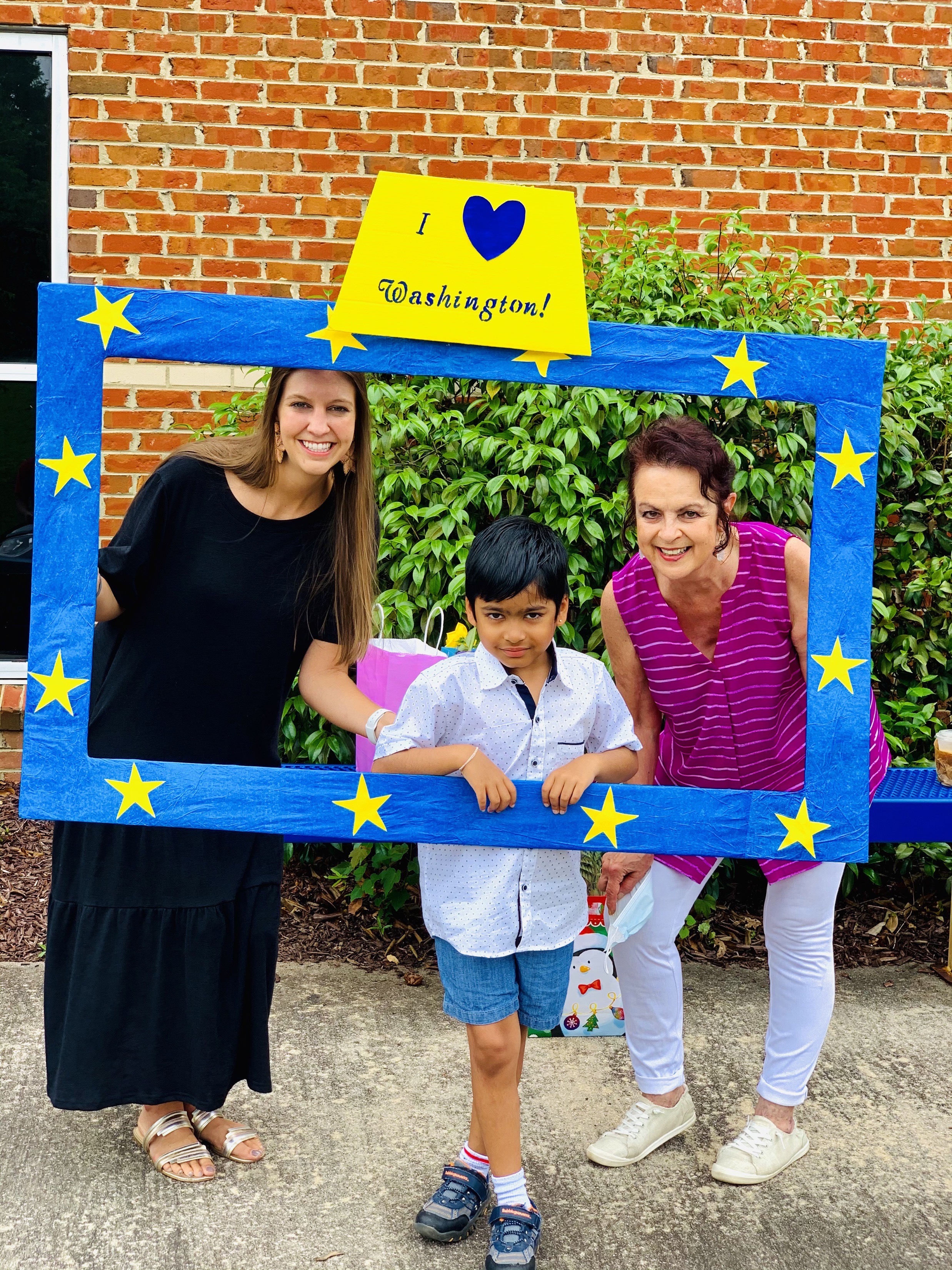
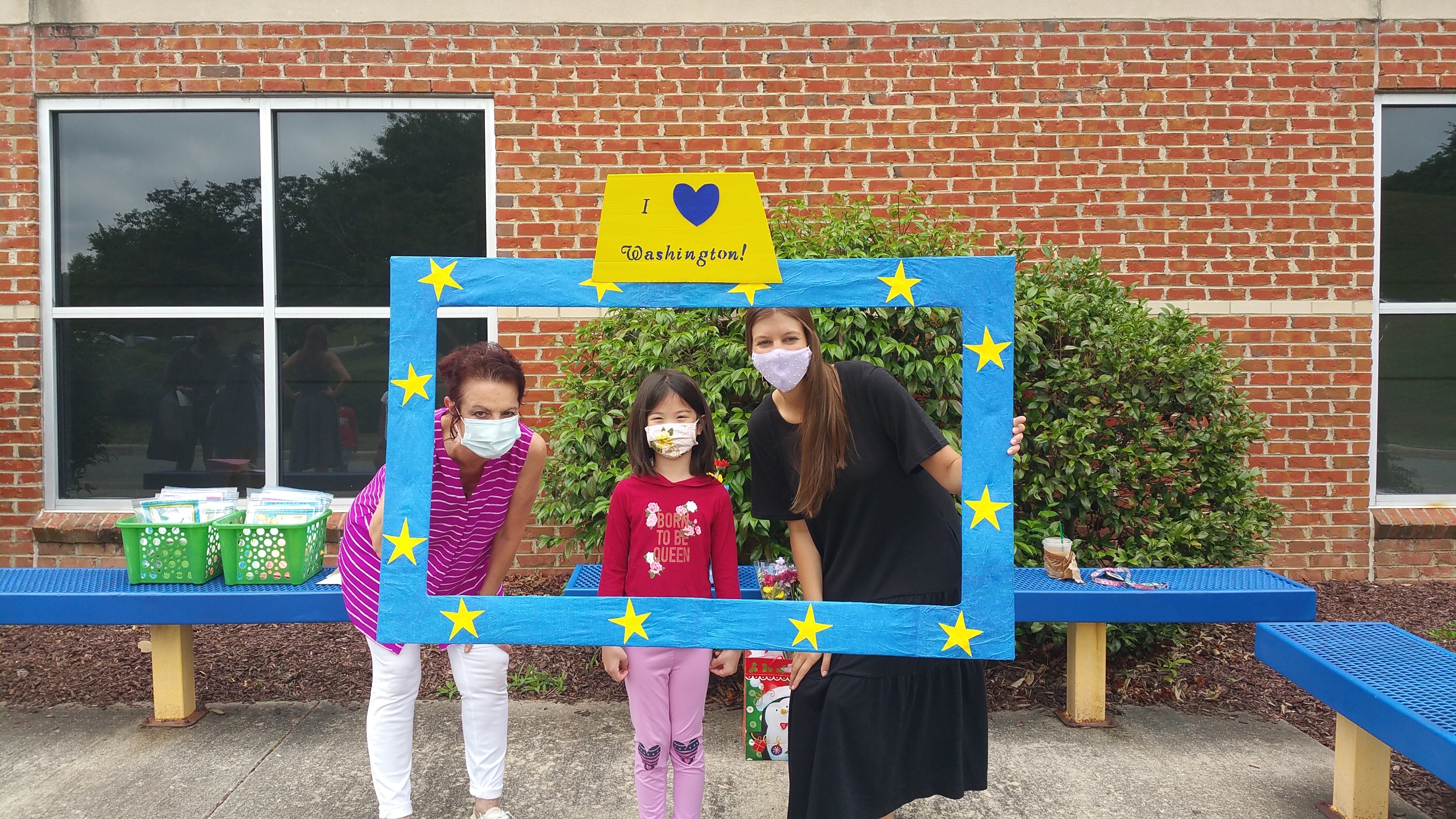
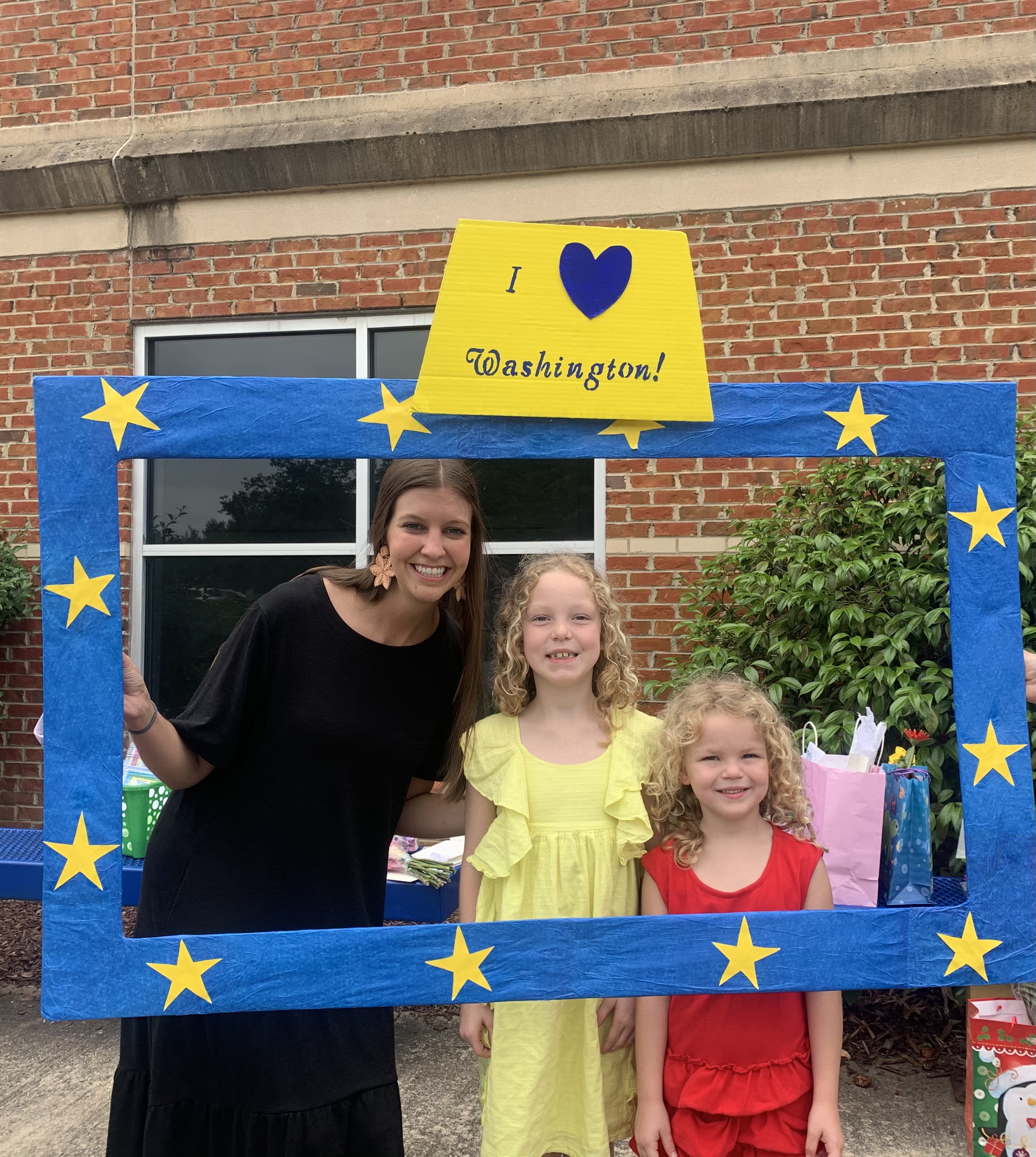
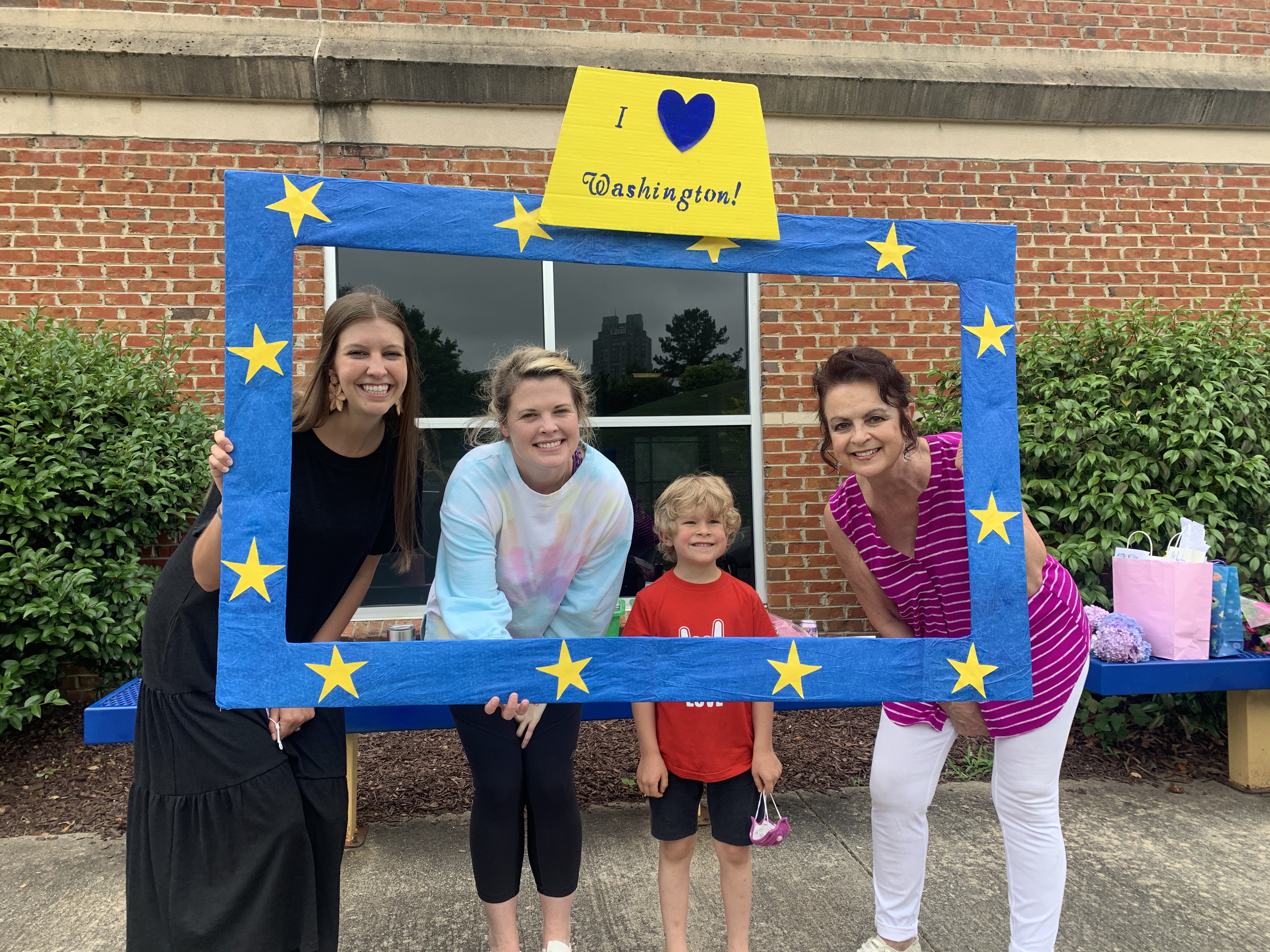
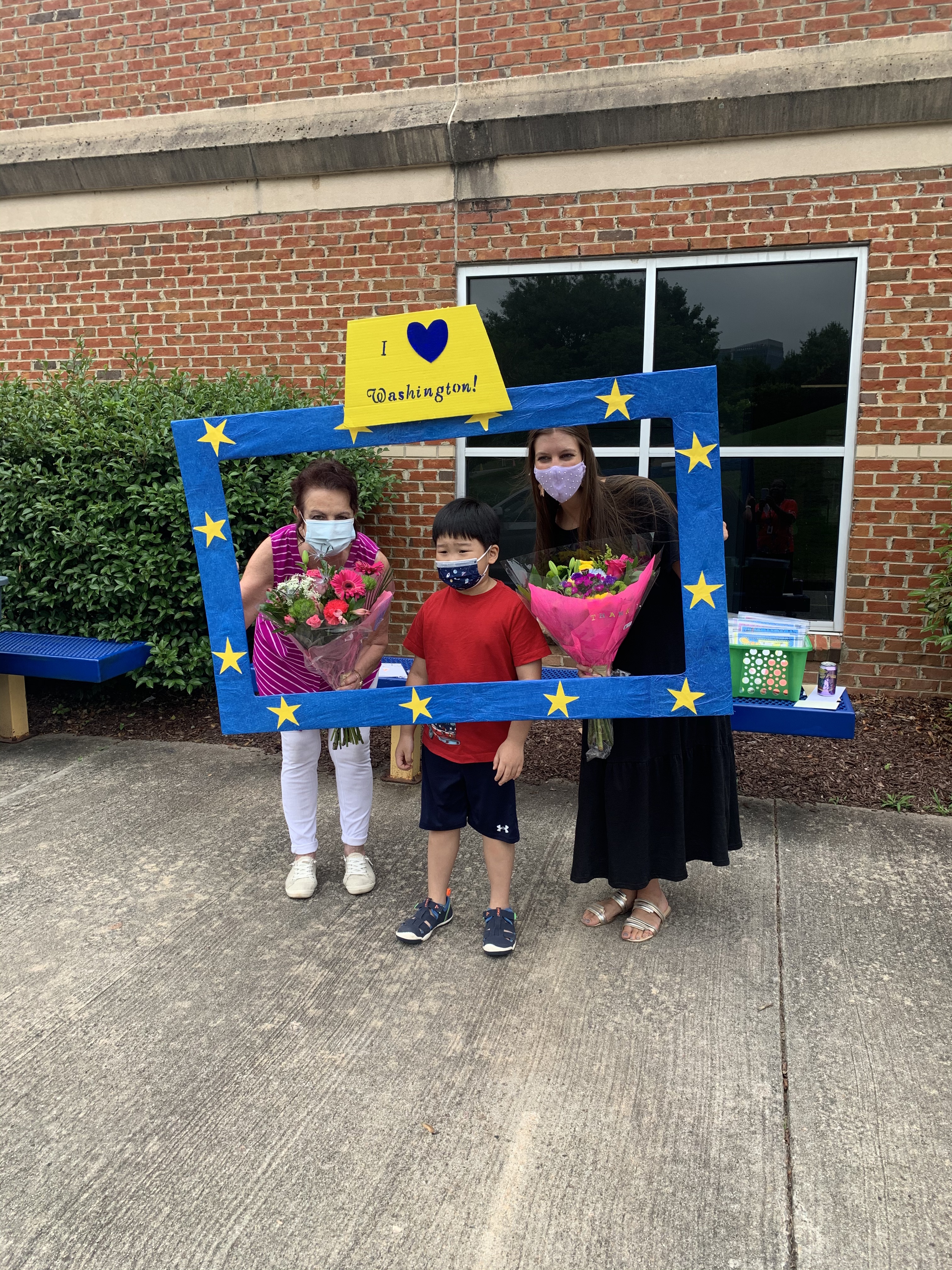


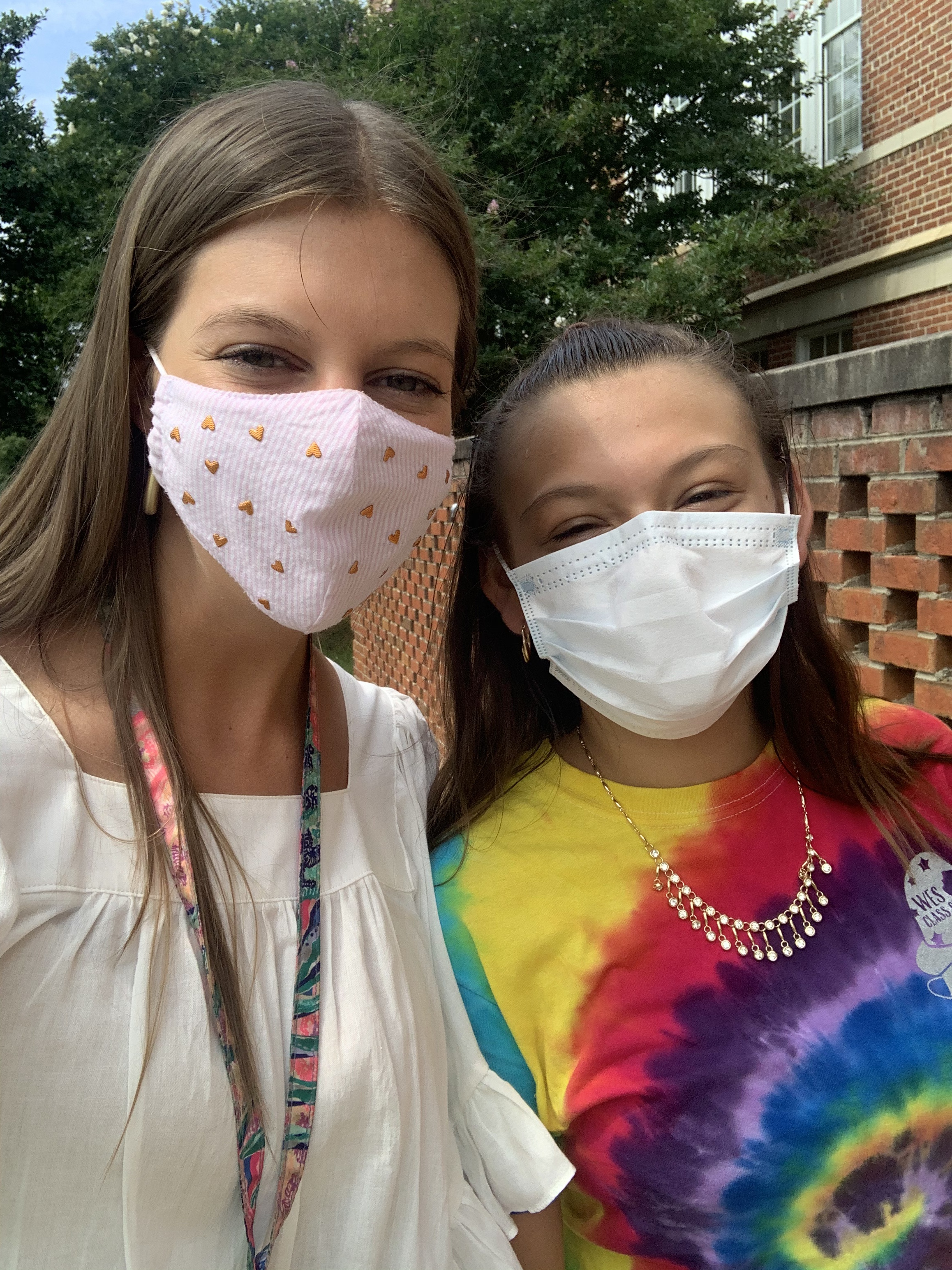
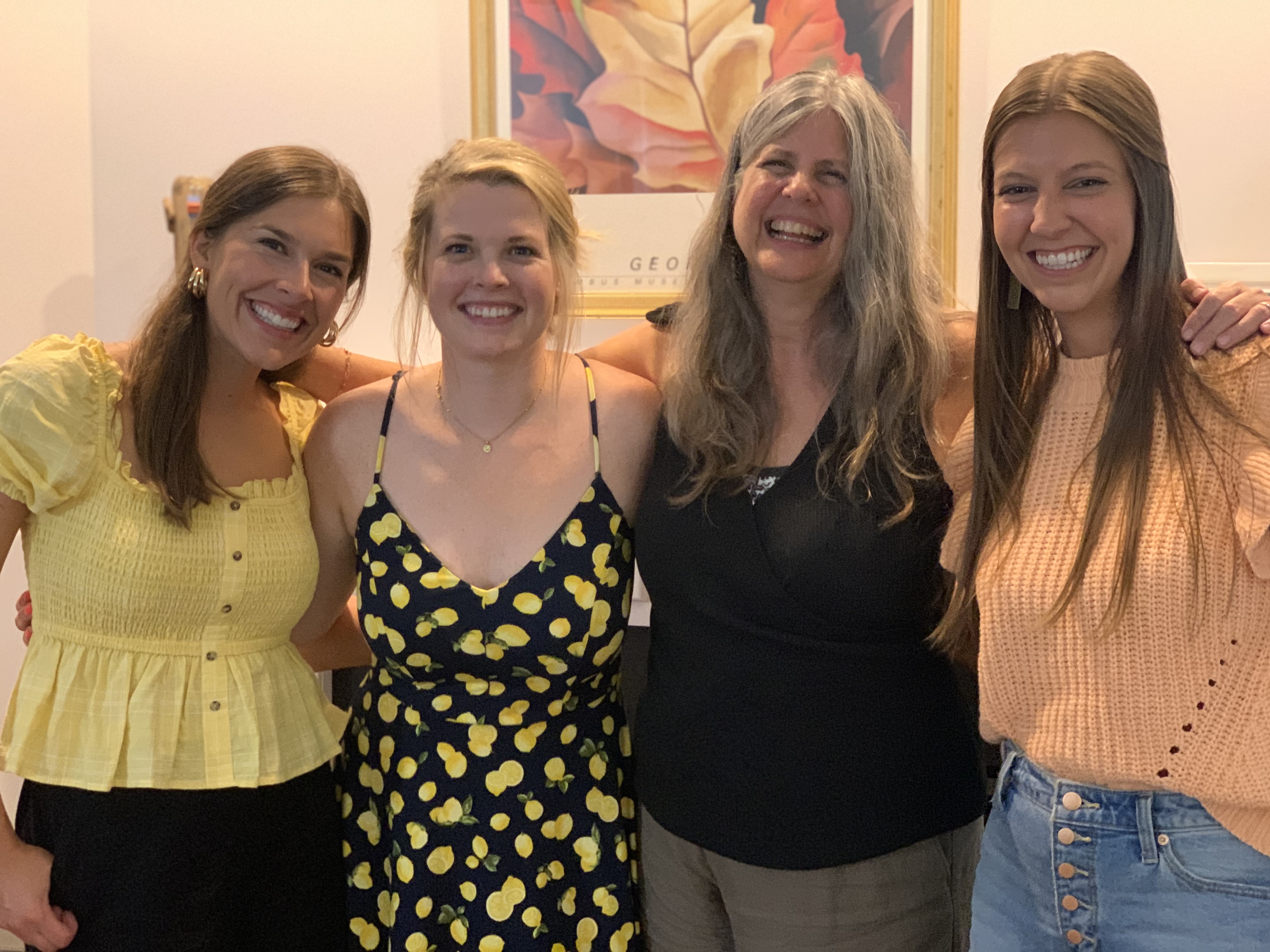

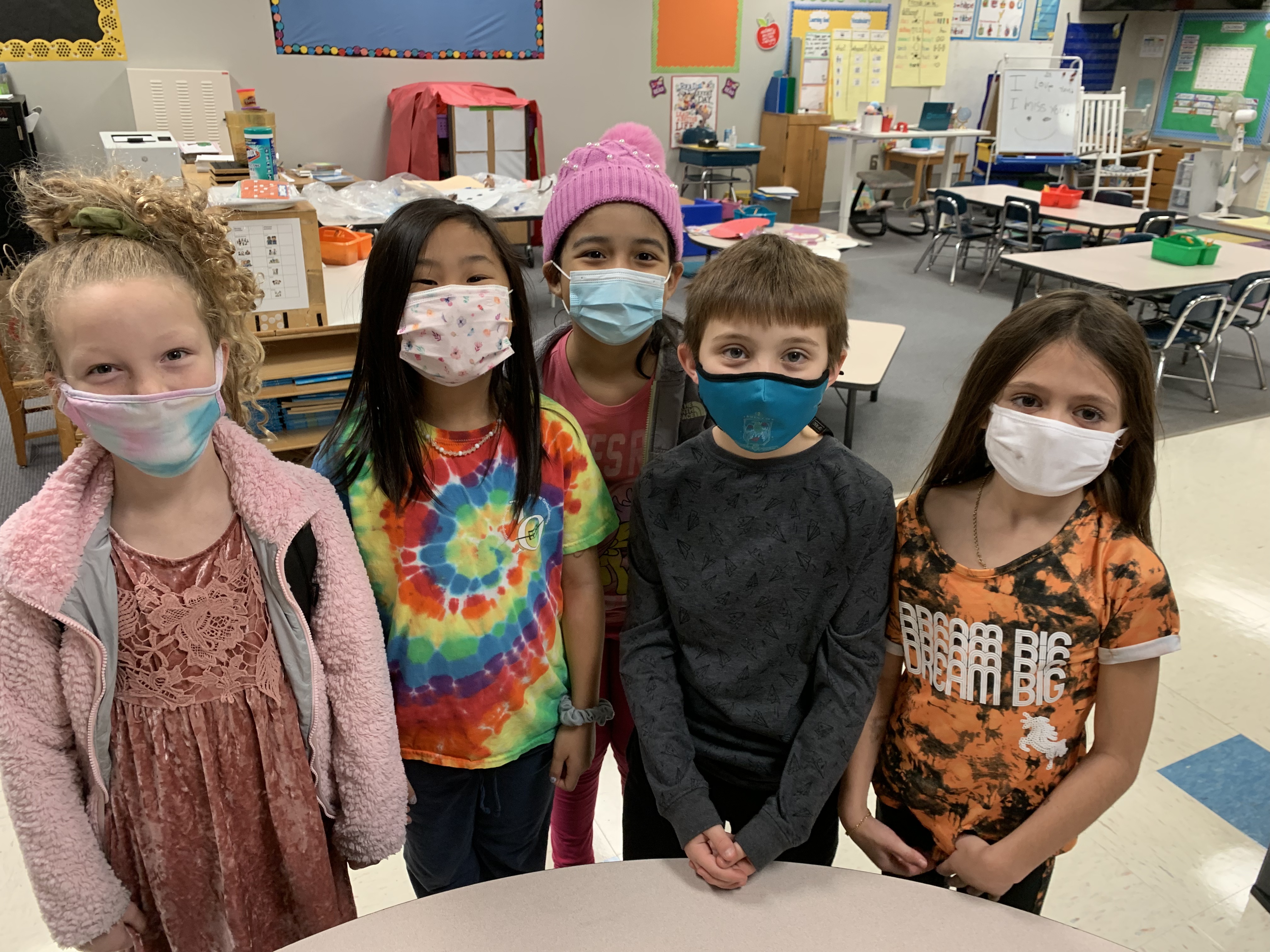
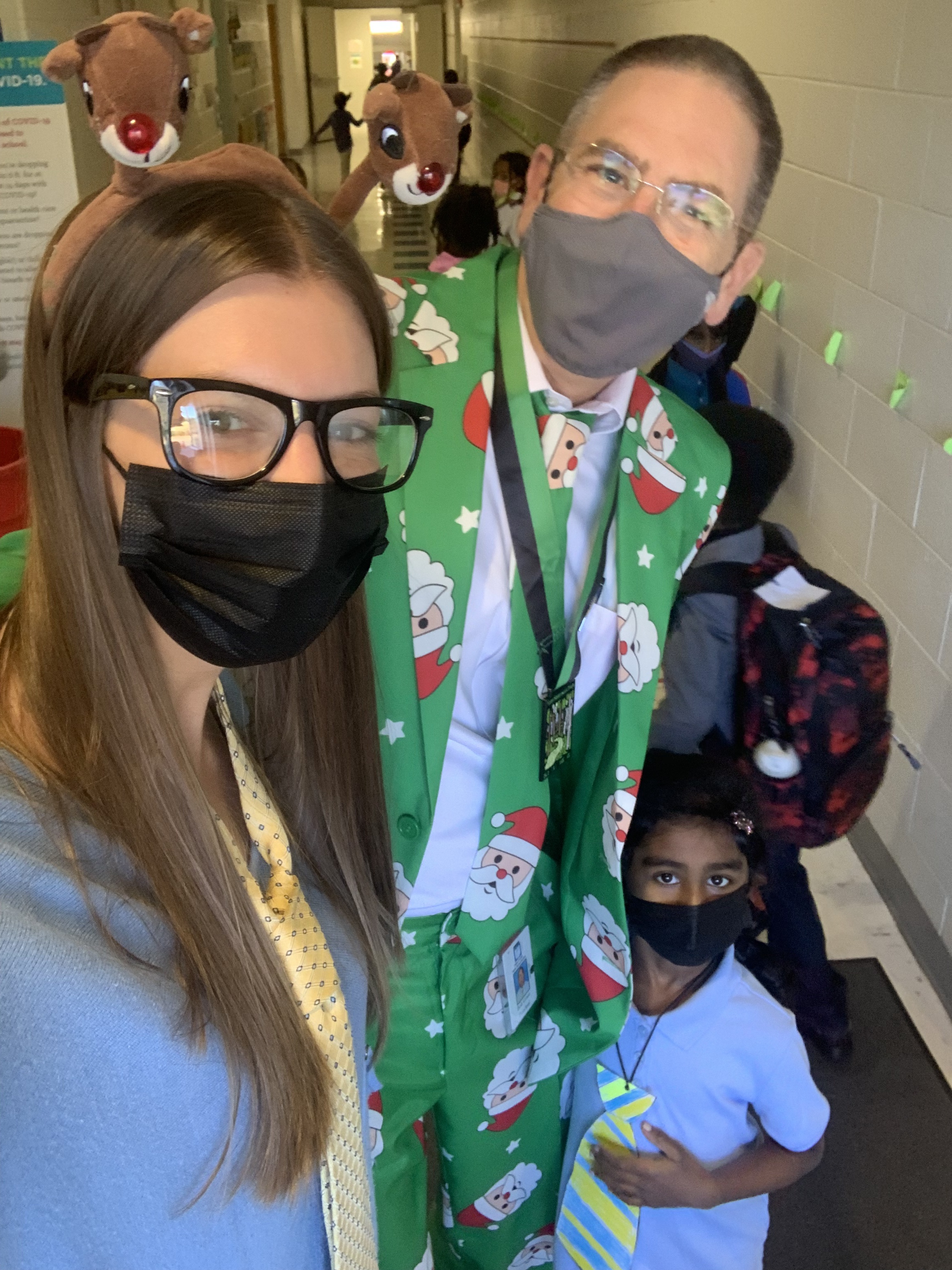
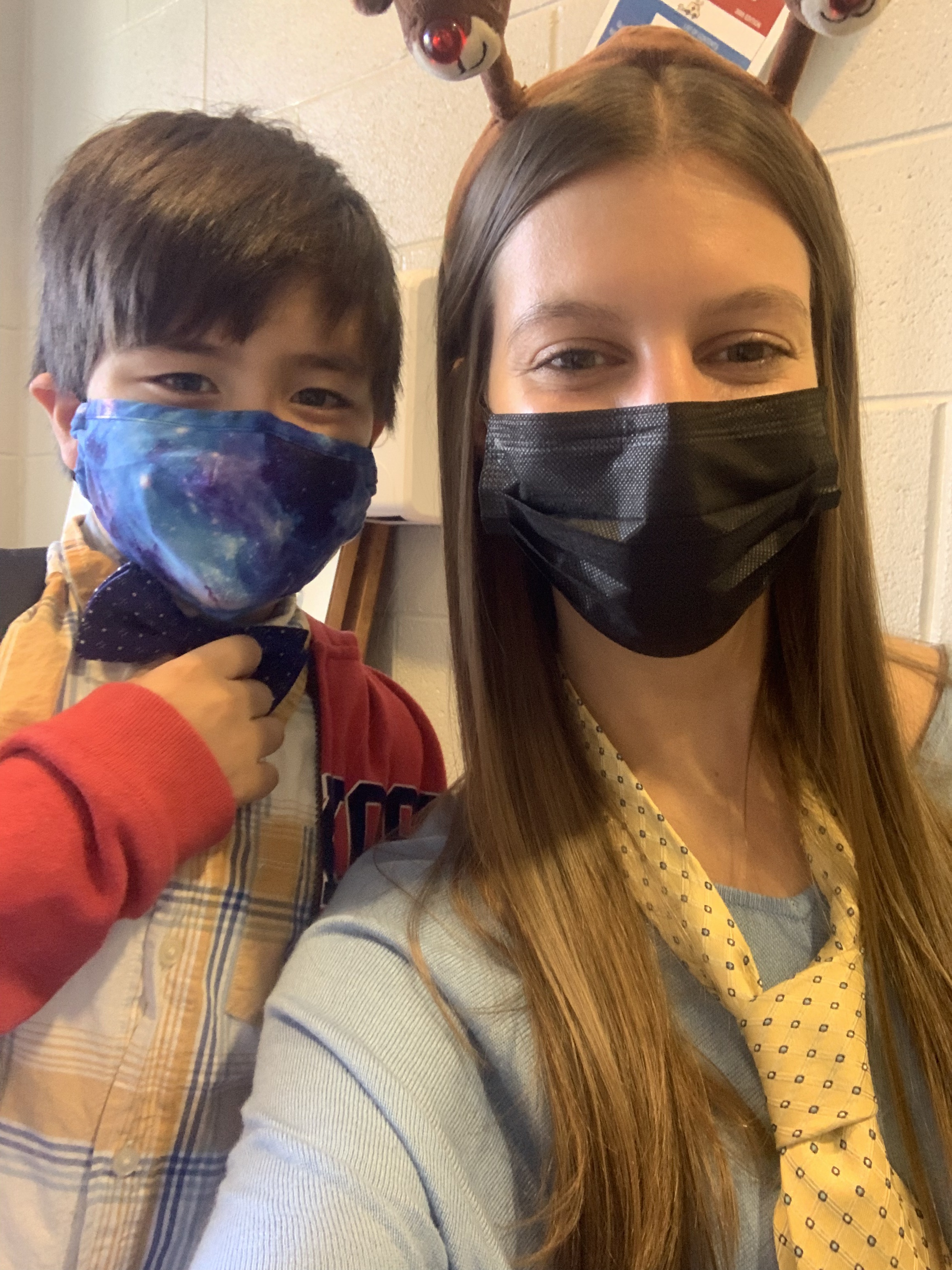


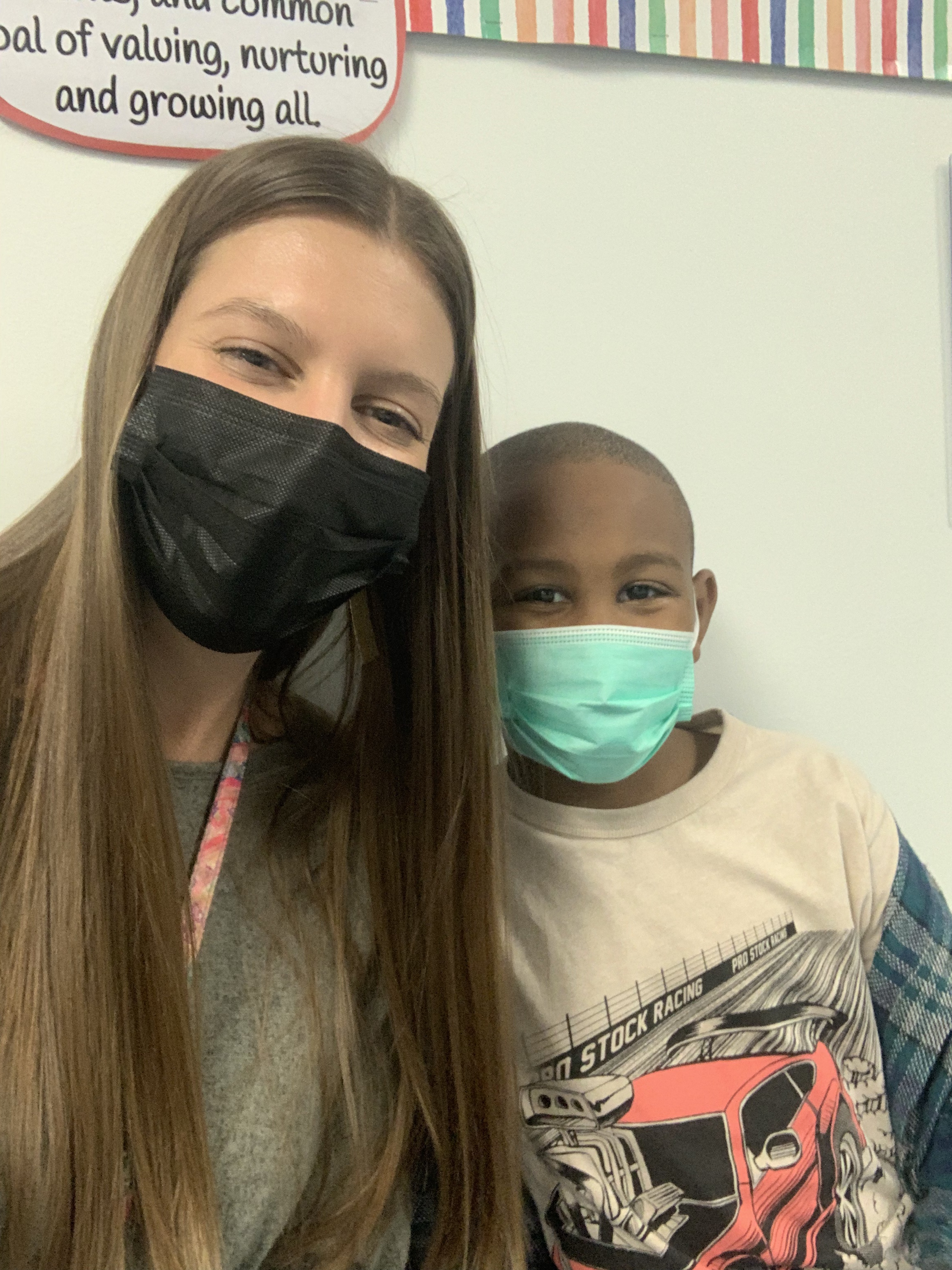
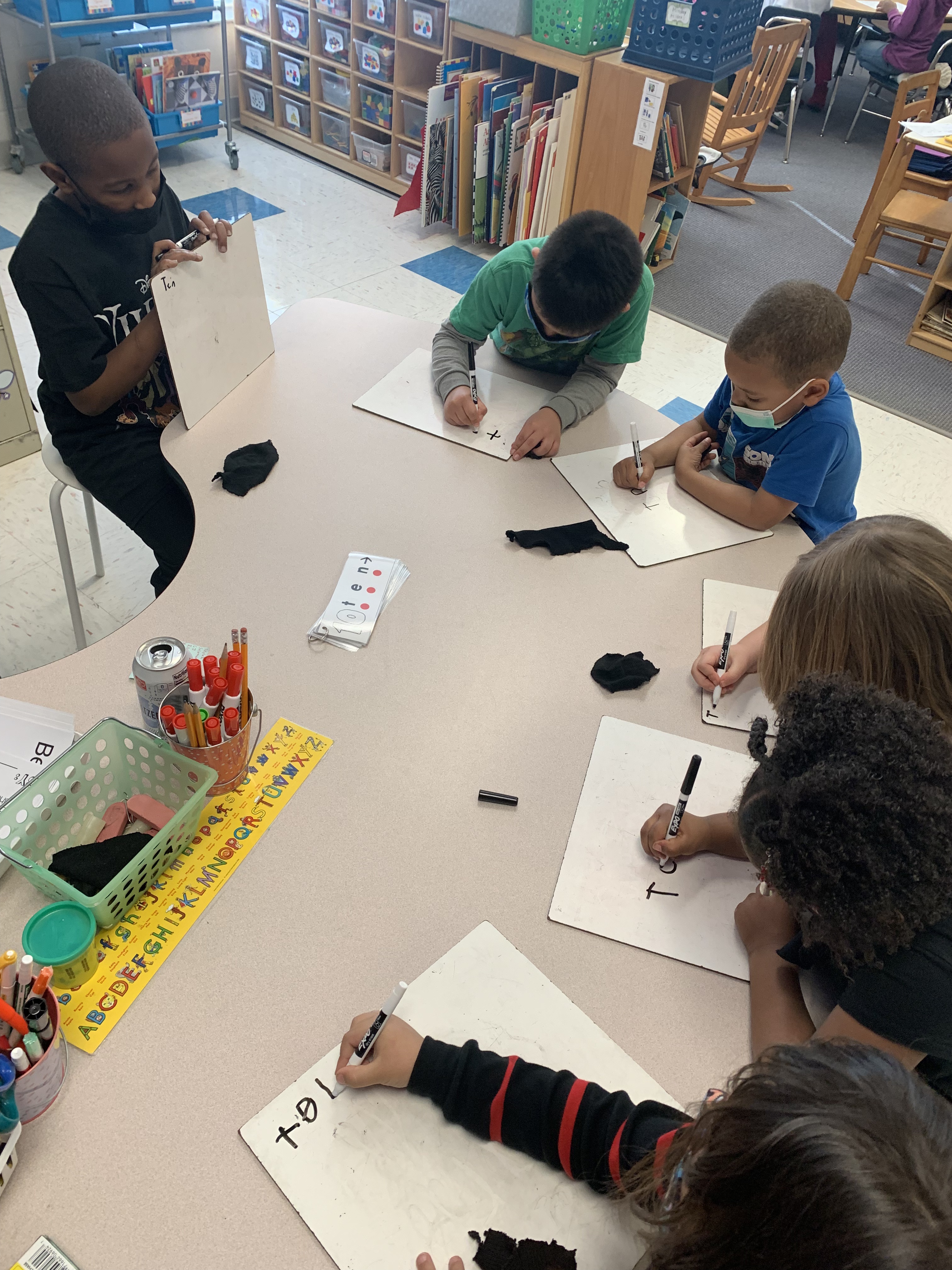
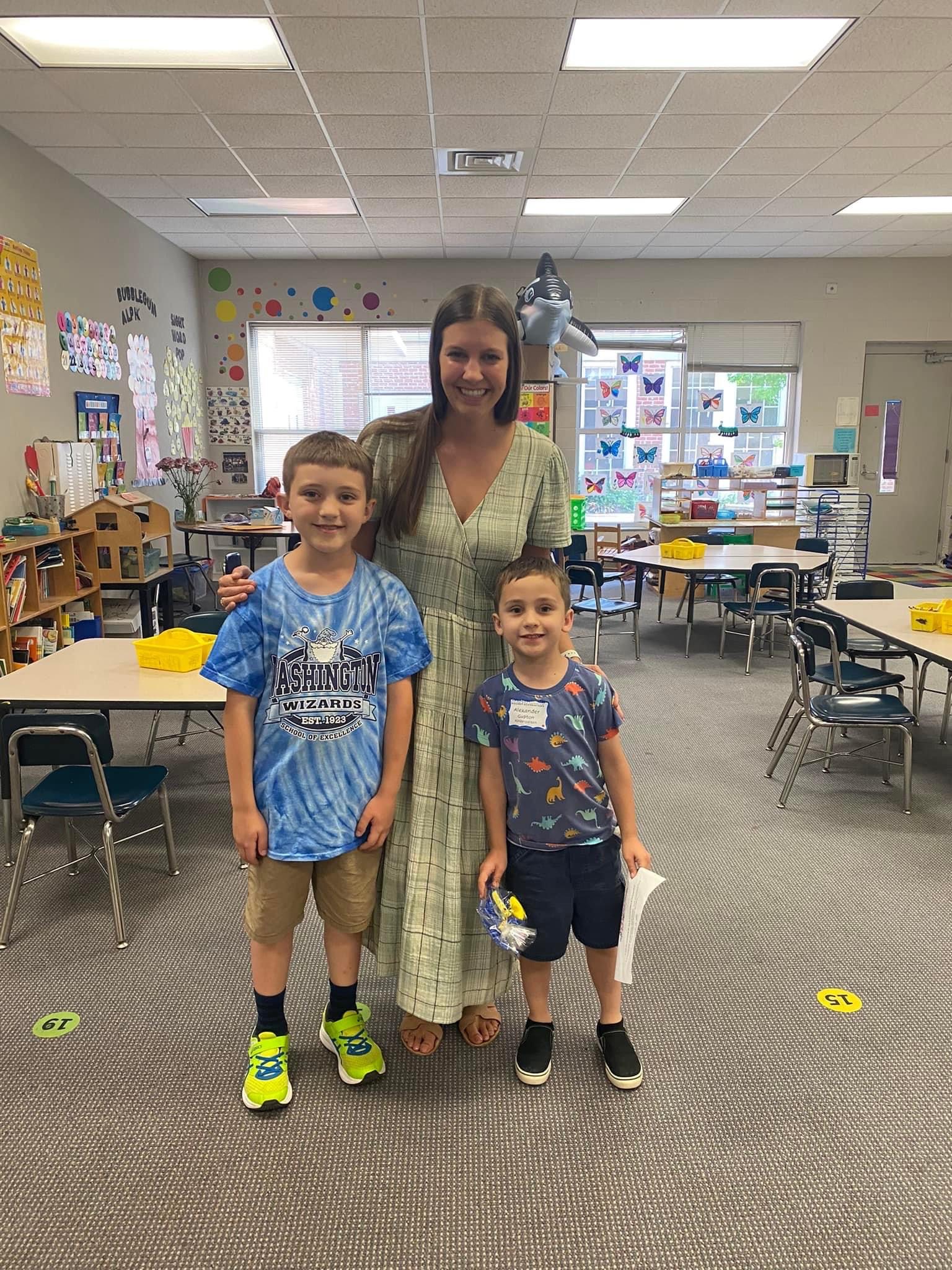
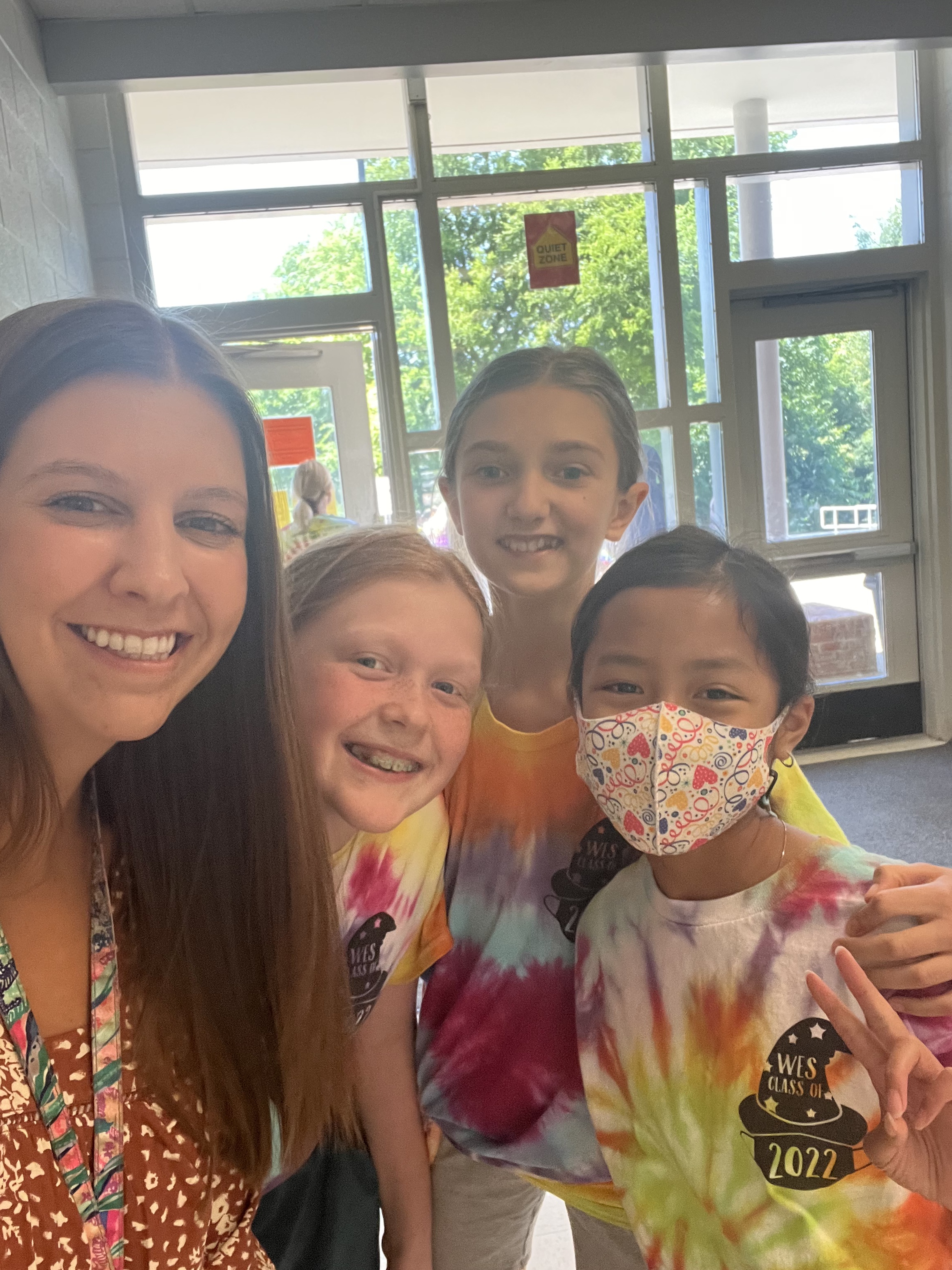



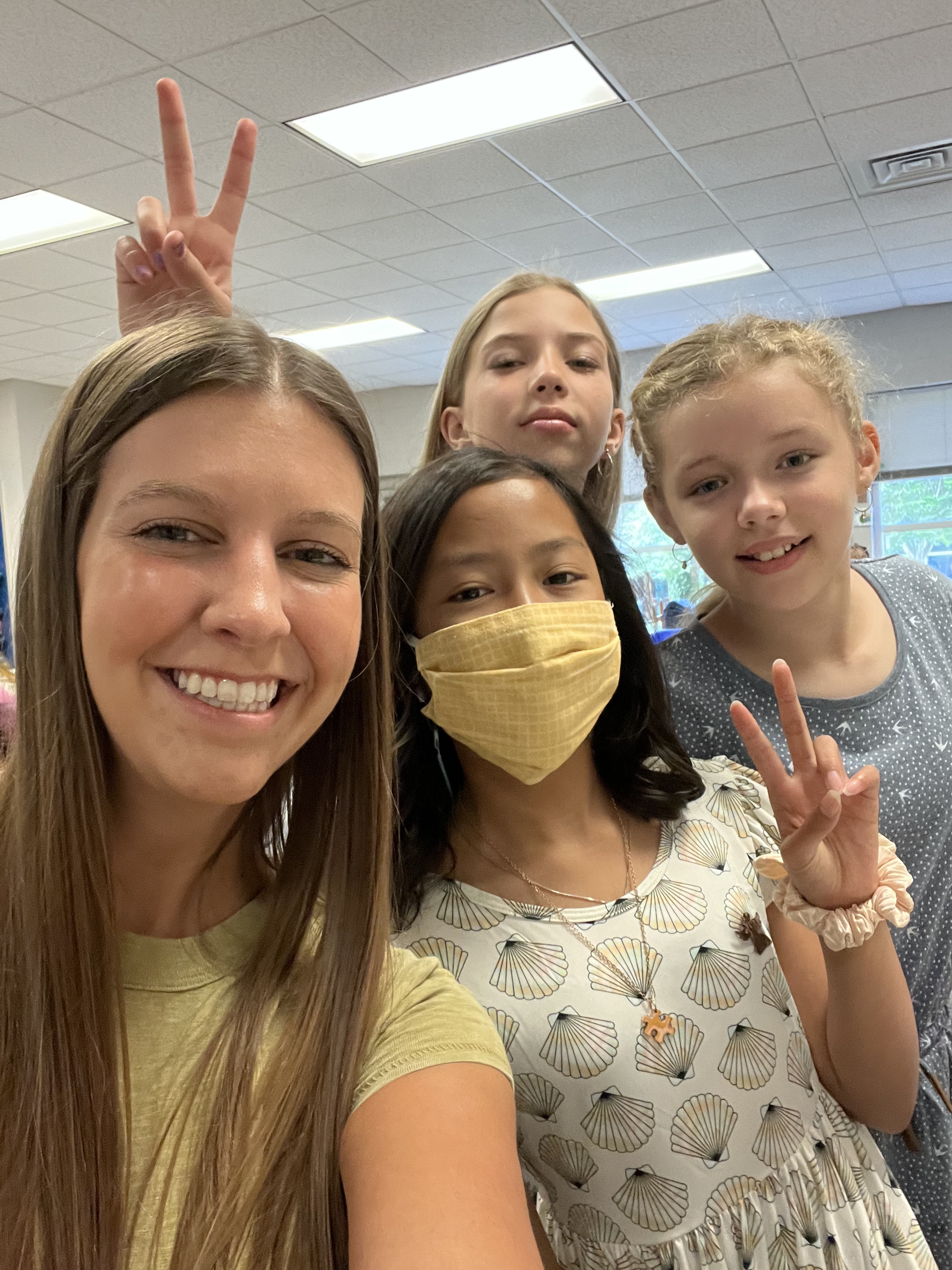

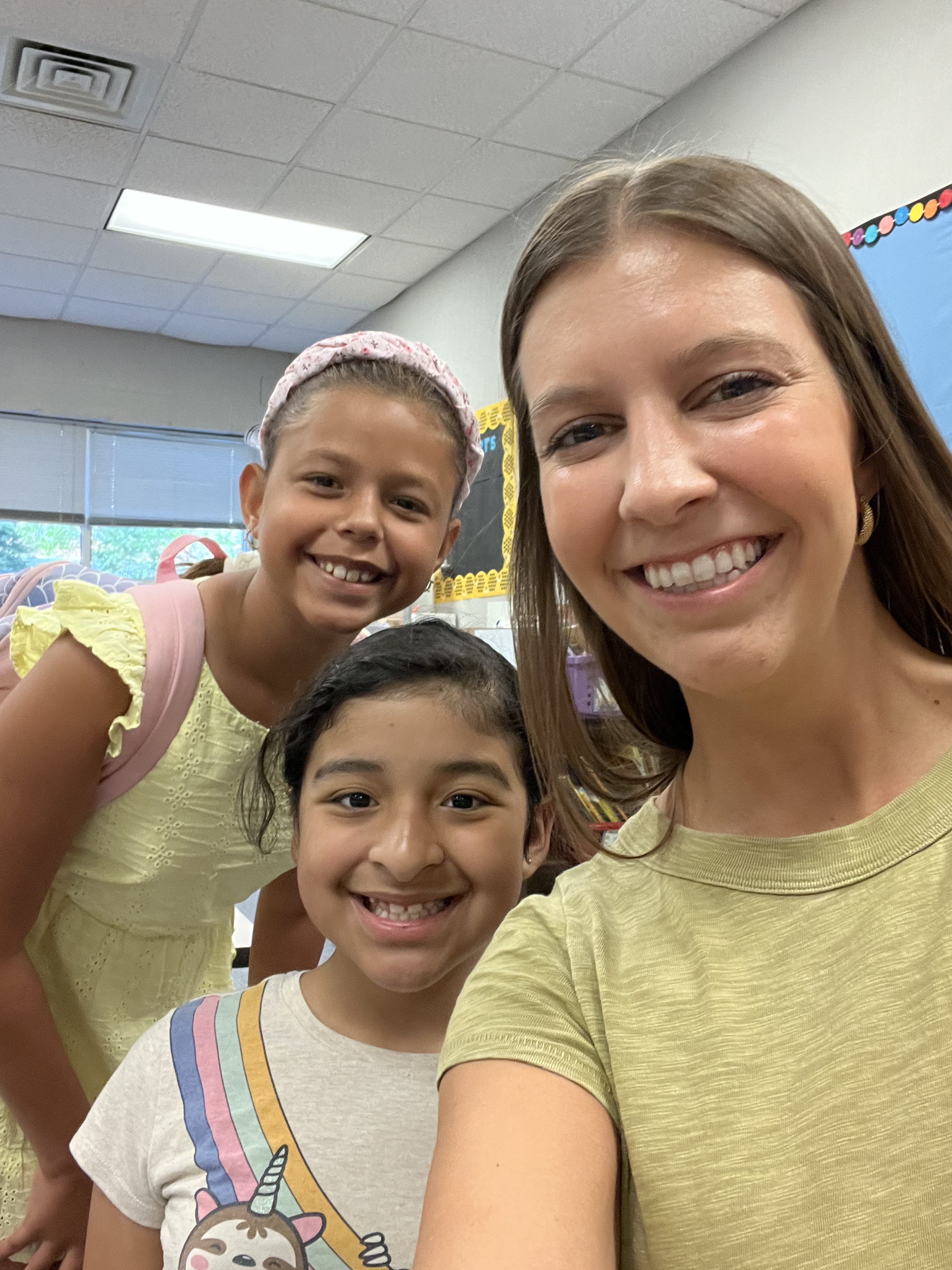


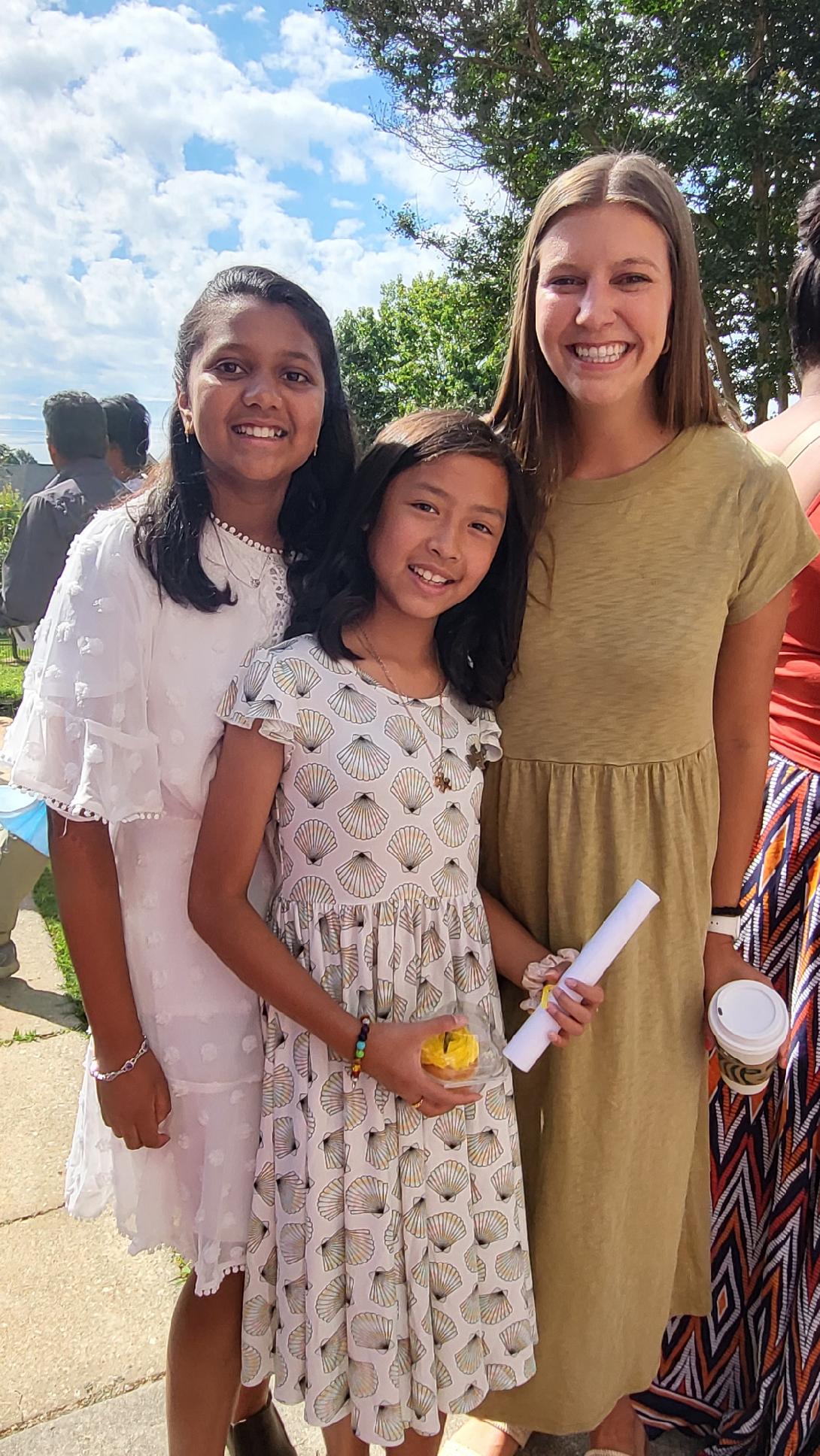
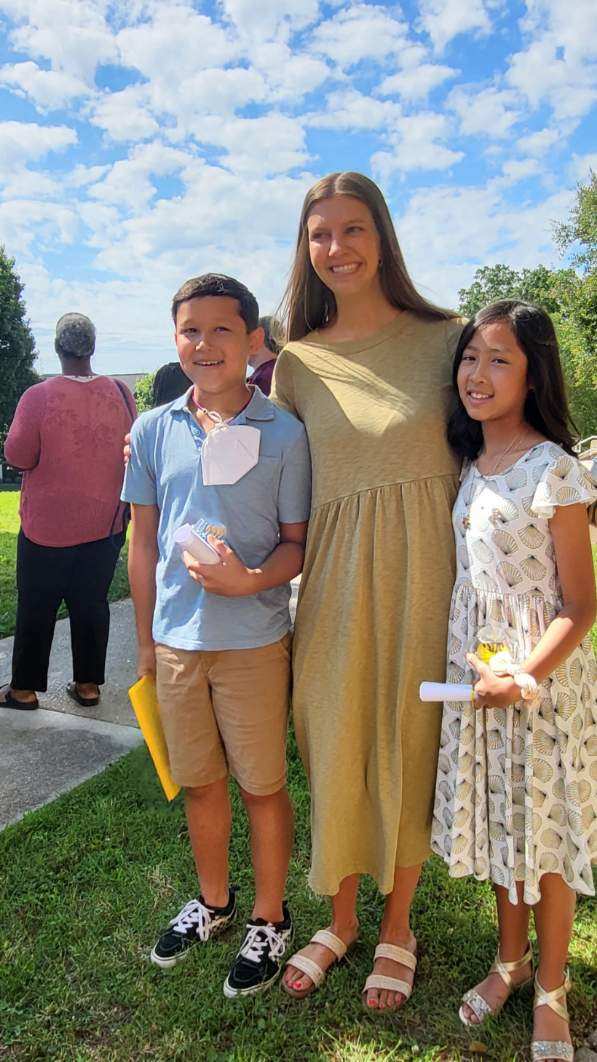


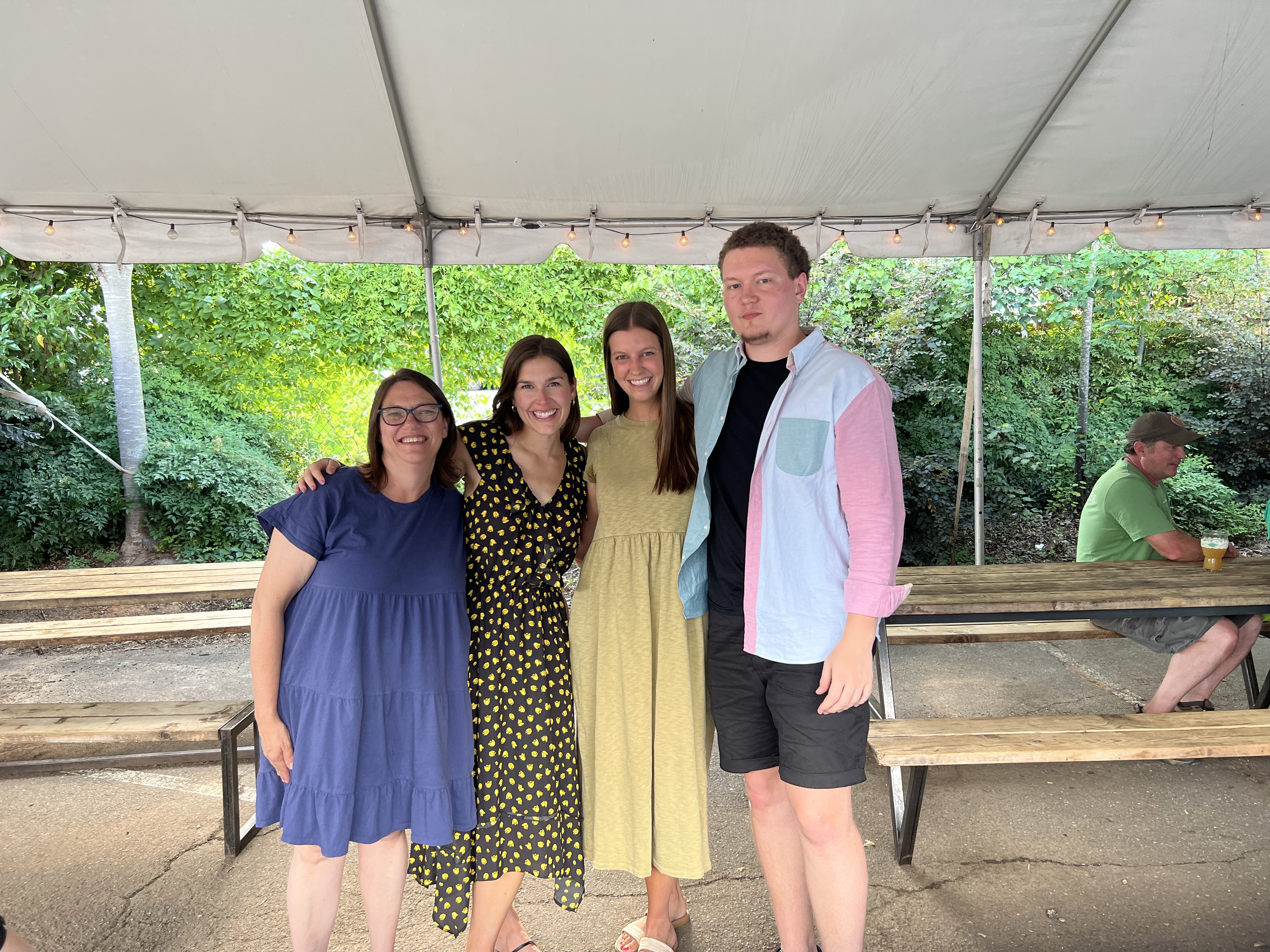

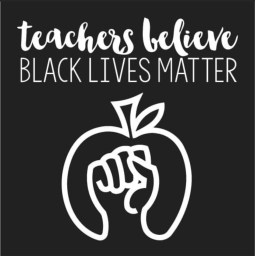
 To be totally transparent, speaking up on race is something I have been and am still learning; and in the face of this continued injustice, I’m now seeing that silence is not enough. Recent events show that we are currently not doing enough to fix this overwhelming problem, and with racism being modeled and taught in our communities (whether intentional or not), it will continue to take even more hard work and united efforts to undo and re-teach.
To be totally transparent, speaking up on race is something I have been and am still learning; and in the face of this continued injustice, I’m now seeing that silence is not enough. Recent events show that we are currently not doing enough to fix this overwhelming problem, and with racism being modeled and taught in our communities (whether intentional or not), it will continue to take even more hard work and united efforts to undo and re-teach.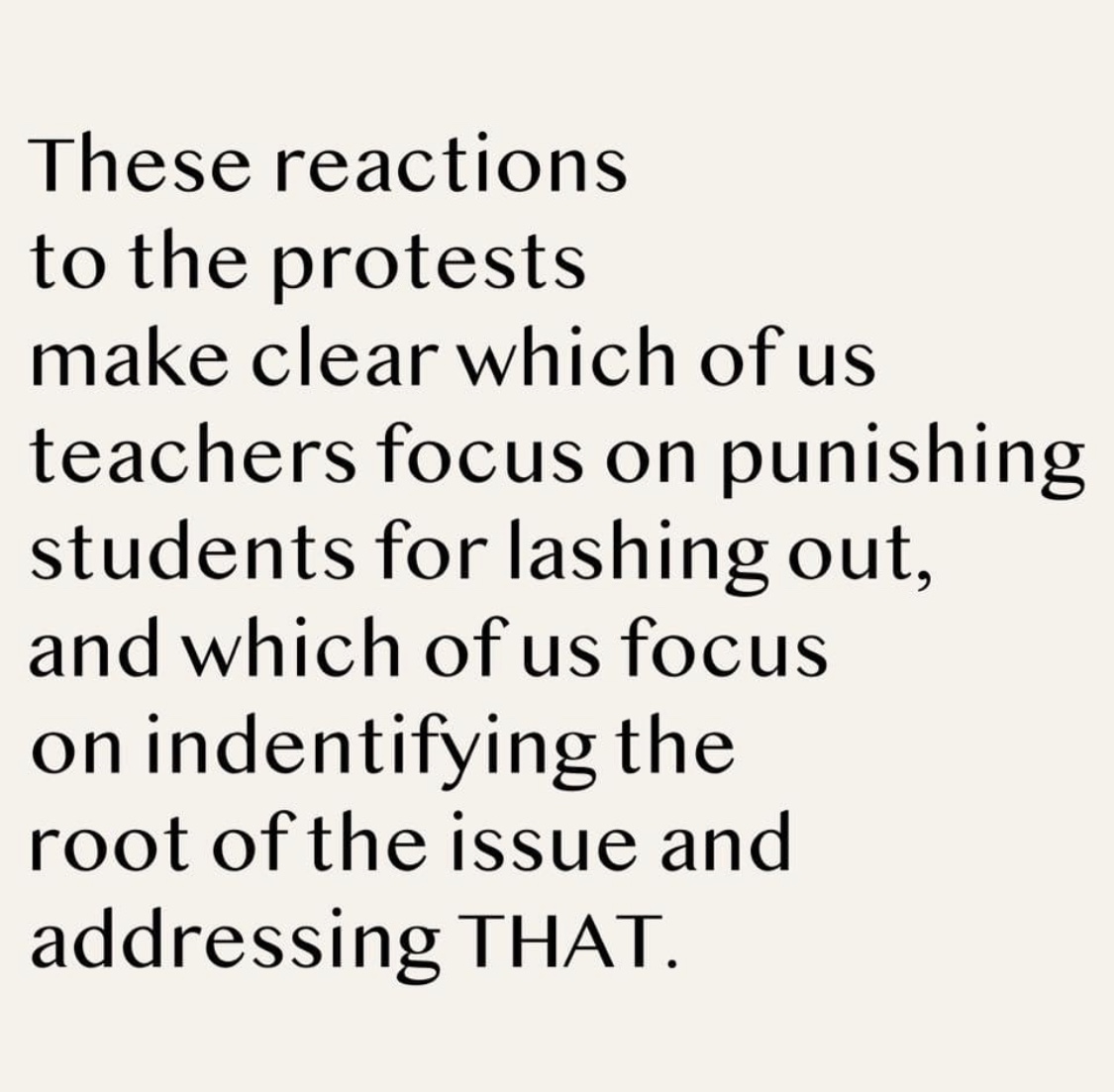

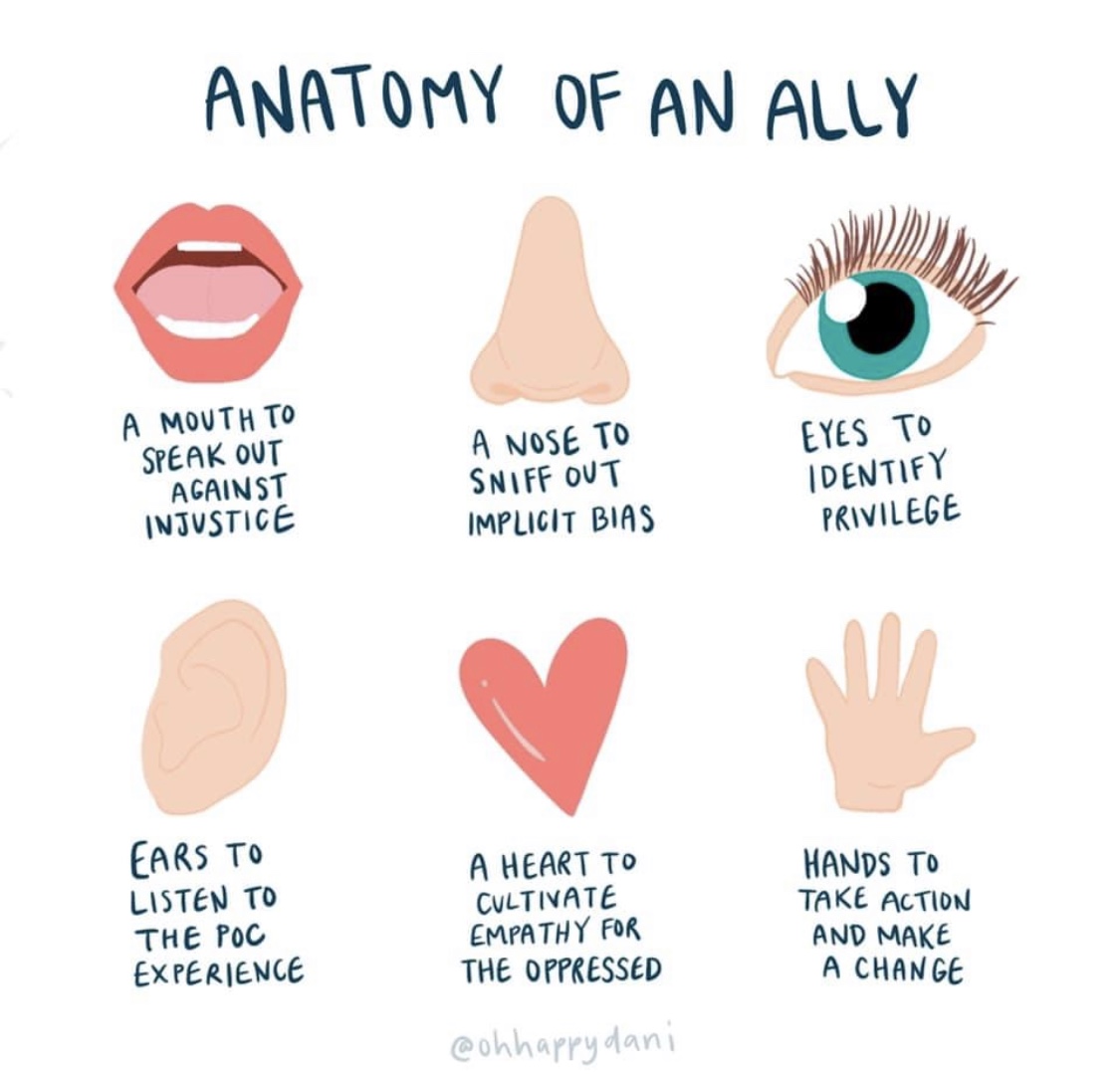






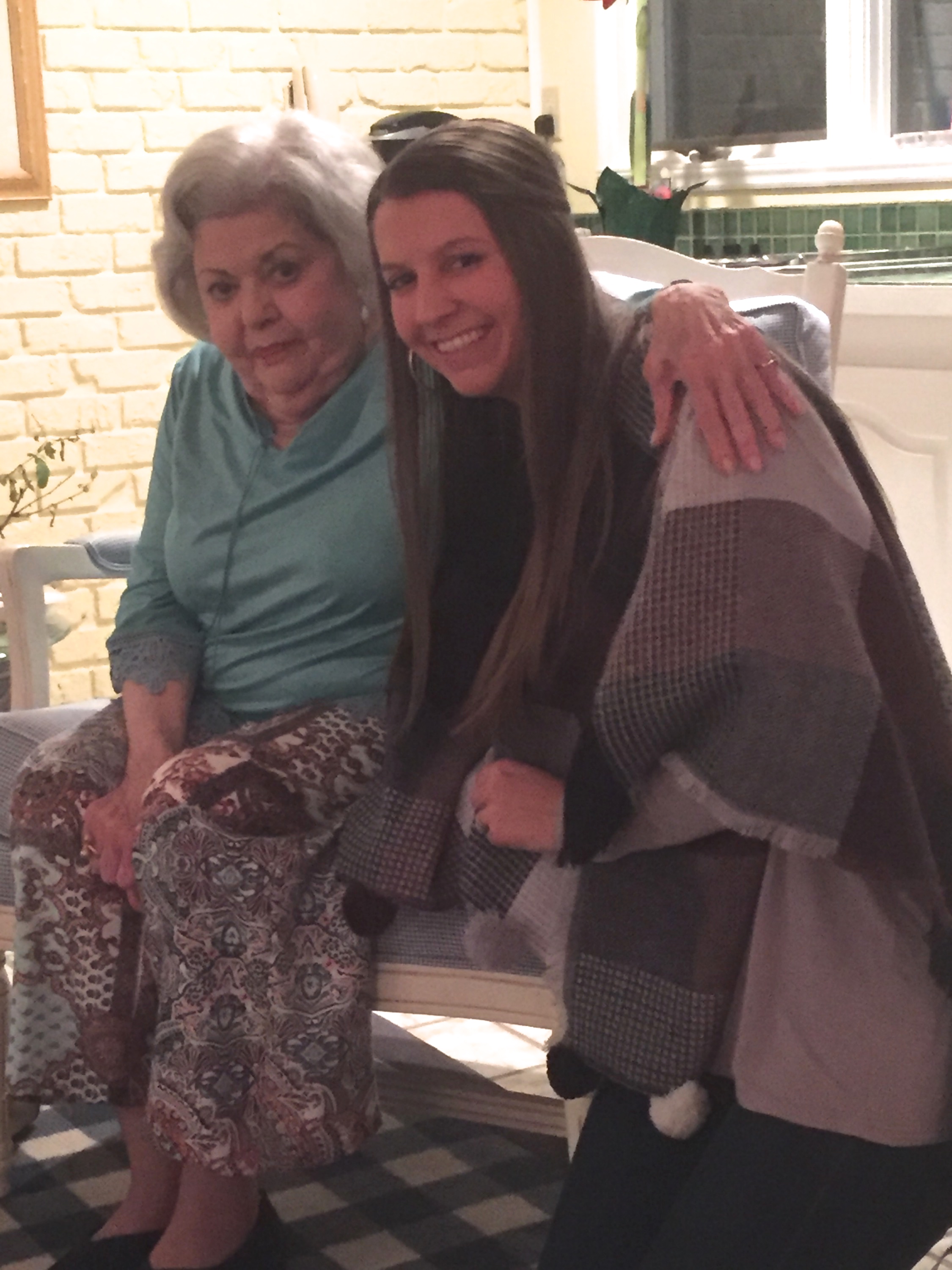




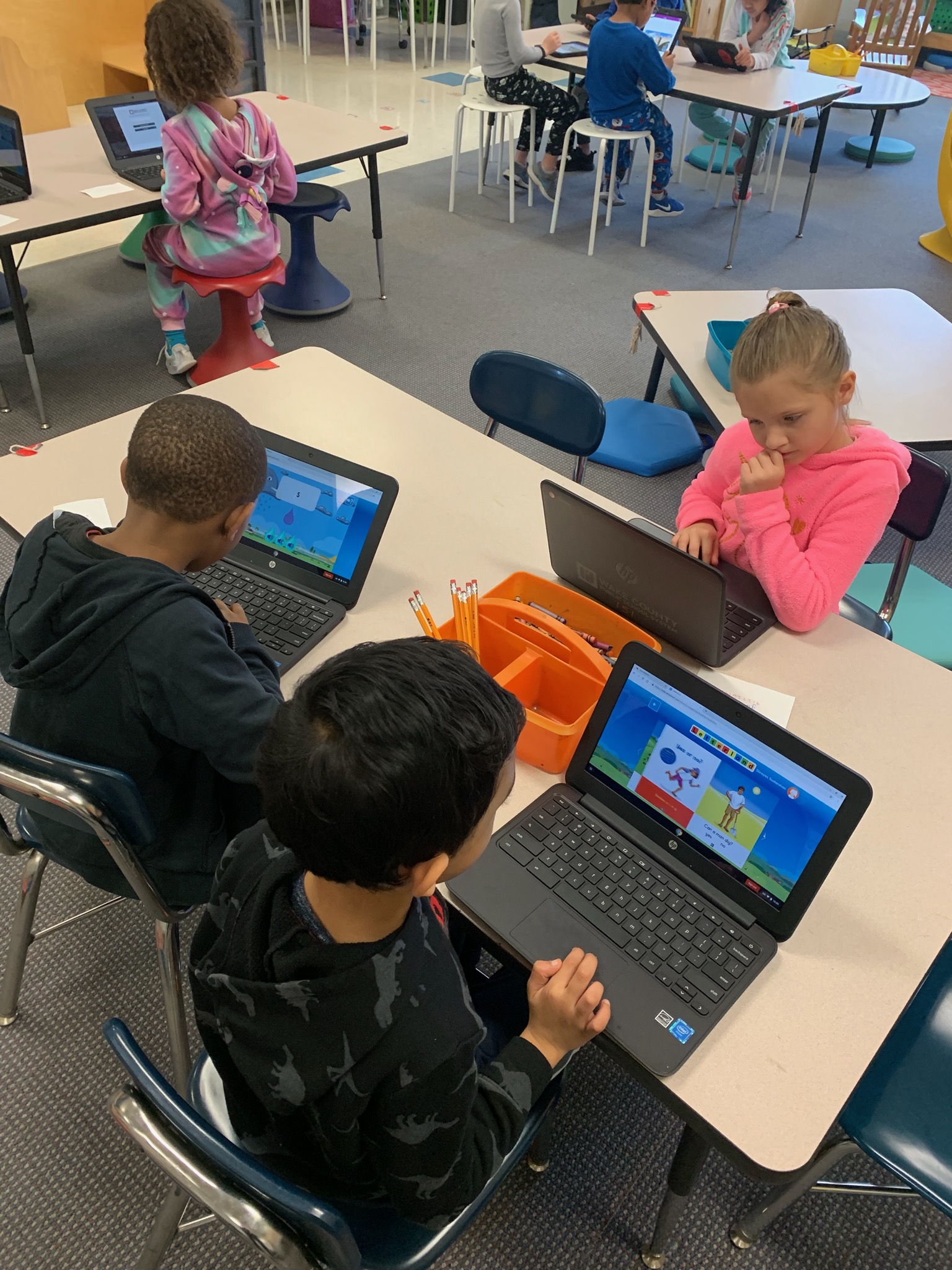 The Kindergarten grade level has rigorous curriculum standards, so just telling the kids to have some playtime or build something creative or paint something they like for every assignment would unfortunately be failing to meet the expectations of the grade level (not that we don’t try to integrate those types of play-based activities into the curriculum any chance we get). But just as high schoolers on the Common Core will follow a remote learning schedule, receive virtual CORE instruction, and submit assignments digitally, so will Kindergartners. Imagine the kind of pressure that puts on the parents and guardians of Kindergarten and elementary-aged students right now. And then imagine the pressure on parents, particularly working parents, with MULTIPLE children of this age group.
The Kindergarten grade level has rigorous curriculum standards, so just telling the kids to have some playtime or build something creative or paint something they like for every assignment would unfortunately be failing to meet the expectations of the grade level (not that we don’t try to integrate those types of play-based activities into the curriculum any chance we get). But just as high schoolers on the Common Core will follow a remote learning schedule, receive virtual CORE instruction, and submit assignments digitally, so will Kindergartners. Imagine the kind of pressure that puts on the parents and guardians of Kindergarten and elementary-aged students right now. And then imagine the pressure on parents, particularly working parents, with MULTIPLE children of this age group.
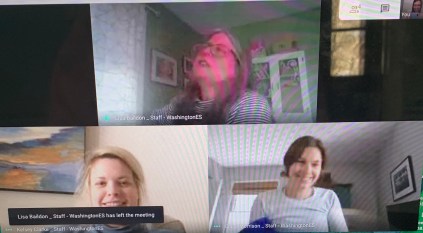
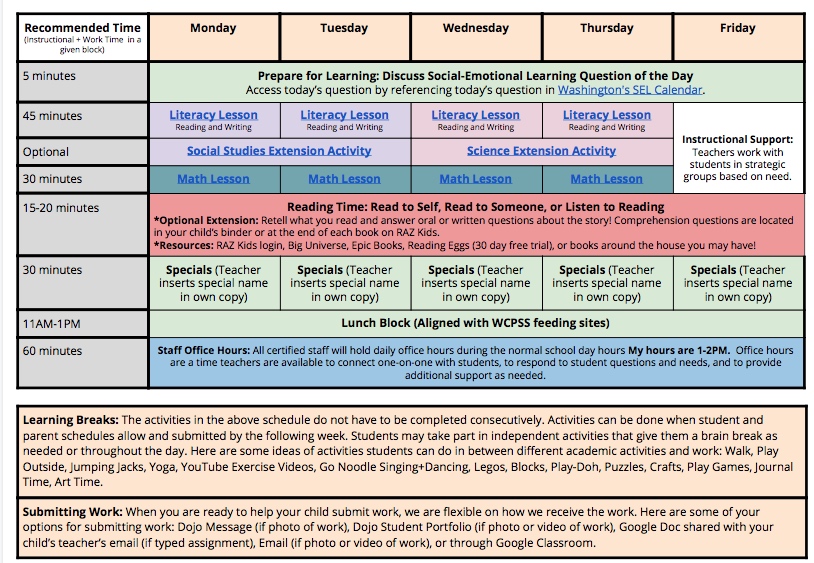
 We will
We will








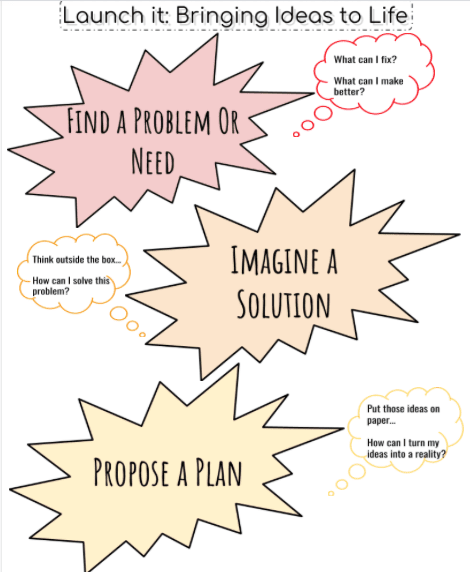
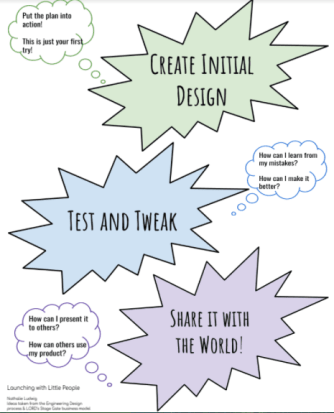

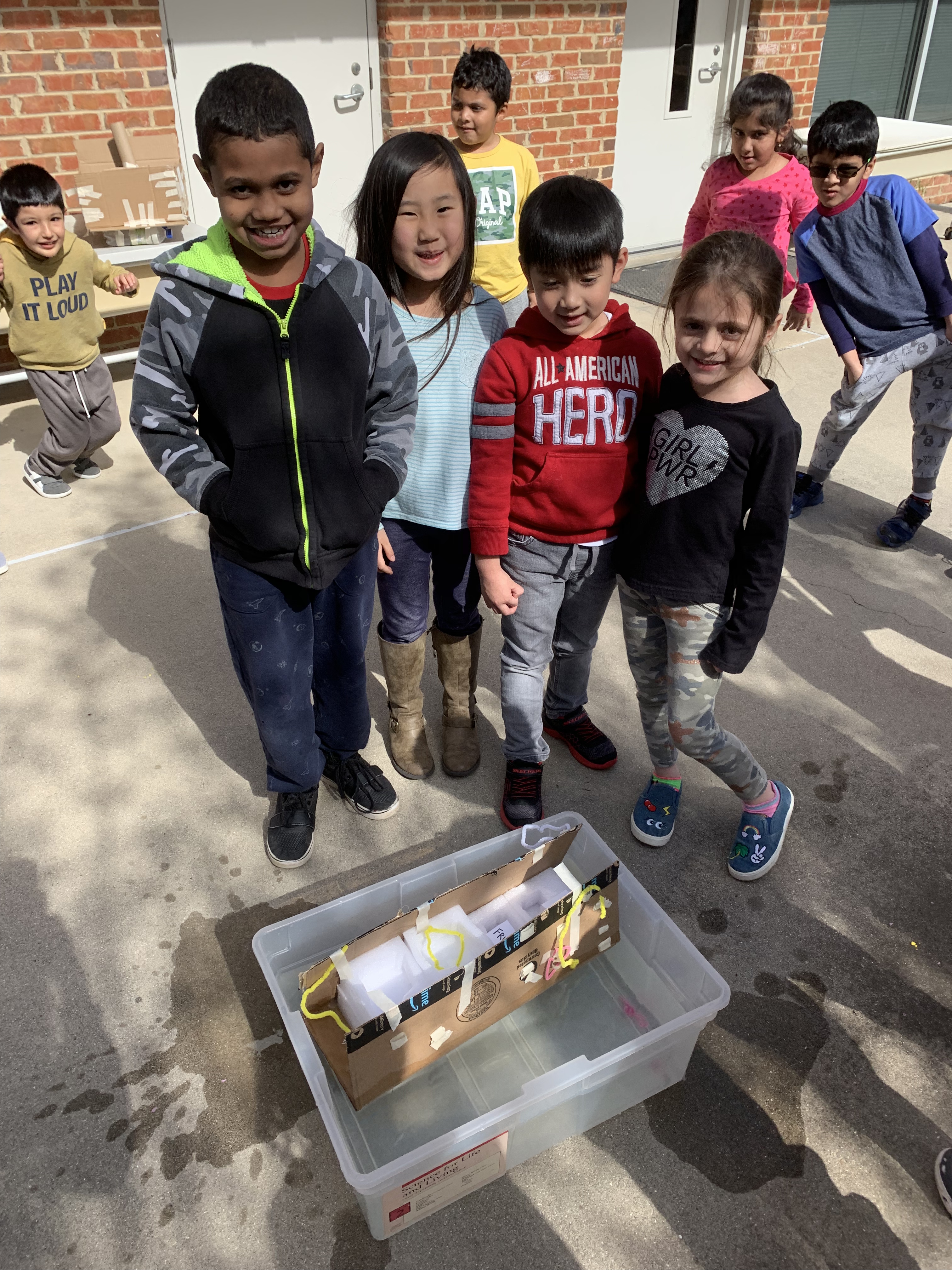







 While this problem may be magnified on the Kindergarten level due to their young age and newness to school, I know that this is something that teachers of all grade levels encounter: starting over with a new class, a year younger than the class you just finished with. Shout-out to my friend
While this problem may be magnified on the Kindergarten level due to their young age and newness to school, I know that this is something that teachers of all grade levels encounter: starting over with a new class, a year younger than the class you just finished with. Shout-out to my friend  Before the kids arrive, I have found it helpful to make lists. Not just a list for the thousand things I have to do to get the room ready, but a list, broken into categories, to outline expectations, routines, activities, flexible seating expectations, and protocols students need to learn to get the classroom up and running. My list is categorized into 3 sections:
Before the kids arrive, I have found it helpful to make lists. Not just a list for the thousand things I have to do to get the room ready, but a list, broken into categories, to outline expectations, routines, activities, flexible seating expectations, and protocols students need to learn to get the classroom up and running. My list is categorized into 3 sections: 

 Sometimes a routine or procedure has already been taught, but each day we complete it, there are issues. Whether it’s a flexible seating or classroom library procedure, it’s easy to become frustrated when it was taught but isn’t being followed. I used to keep the mindset that it has been taught, I just reviewed it impatiently, and it will be a waste of our time to go back and fully re-teach; but at a BT meeting a couple years ago, the mentors in the room reminded me that it was never a waste of time to strengthen a routine in the classroom. At the time, I had been feeling so pressured to keep up with the curriculum that I had undermined the importance of filling in those gaps. Filling in the foundational gaps students may have missed not only brings sanity to you, it brings clarity to them and helps the classroom run more efficiently in the long-run. So rather than become frustrated with myself or them, I’m learning to take the time to fully re-teach the expectation in a new way.
Sometimes a routine or procedure has already been taught, but each day we complete it, there are issues. Whether it’s a flexible seating or classroom library procedure, it’s easy to become frustrated when it was taught but isn’t being followed. I used to keep the mindset that it has been taught, I just reviewed it impatiently, and it will be a waste of our time to go back and fully re-teach; but at a BT meeting a couple years ago, the mentors in the room reminded me that it was never a waste of time to strengthen a routine in the classroom. At the time, I had been feeling so pressured to keep up with the curriculum that I had undermined the importance of filling in those gaps. Filling in the foundational gaps students may have missed not only brings sanity to you, it brings clarity to them and helps the classroom run more efficiently in the long-run. So rather than become frustrated with myself or them, I’m learning to take the time to fully re-teach the expectation in a new way.













 Going along with the social skills foundation that students need, it is important to get students collaborating, communicating, thinking critically, and creating right away. While keeping up with the curriculum and teaching it effectively creates curriculum experts, we want well-rounded experts with 21st century foundational skills! Each of the 4Cs can be taught through one larger 4C activity, or through individual 4C activities highlighting each C. It is helpful to integrate literacy as these skills are introduced. Last year,
Going along with the social skills foundation that students need, it is important to get students collaborating, communicating, thinking critically, and creating right away. While keeping up with the curriculum and teaching it effectively creates curriculum experts, we want well-rounded experts with 21st century foundational skills! Each of the 4Cs can be taught through one larger 4C activity, or through individual 4C activities highlighting each C. It is helpful to integrate literacy as these skills are introduced. Last year,  Taking the time to reflect on my beginning of year organization strategies for diving in with a new class has allowed me to more clearly define the structures I’ve informally adopted. Maybe this structure has given others some thoughts or ideas to ponder or tweak to make your own, or maybe you have some of your own tips to share in the comments below! I love the beginning of school and tend to want to rush right into the fun learning and excitement, but I and my students also thrive in a structured, organized environment. We teachers have to be strategic in order to dive right in WHILE building the foundation up! Even though I’ve worked most of my summer away and feel like I’ve hardly had a chance to blink since the last school year, I am ready and SO excited to get started with my 18-19 class of Kindergarteners!!!
Taking the time to reflect on my beginning of year organization strategies for diving in with a new class has allowed me to more clearly define the structures I’ve informally adopted. Maybe this structure has given others some thoughts or ideas to ponder or tweak to make your own, or maybe you have some of your own tips to share in the comments below! I love the beginning of school and tend to want to rush right into the fun learning and excitement, but I and my students also thrive in a structured, organized environment. We teachers have to be strategic in order to dive right in WHILE building the foundation up! Even though I’ve worked most of my summer away and feel like I’ve hardly had a chance to blink since the last school year, I am ready and SO excited to get started with my 18-19 class of Kindergarteners!!!

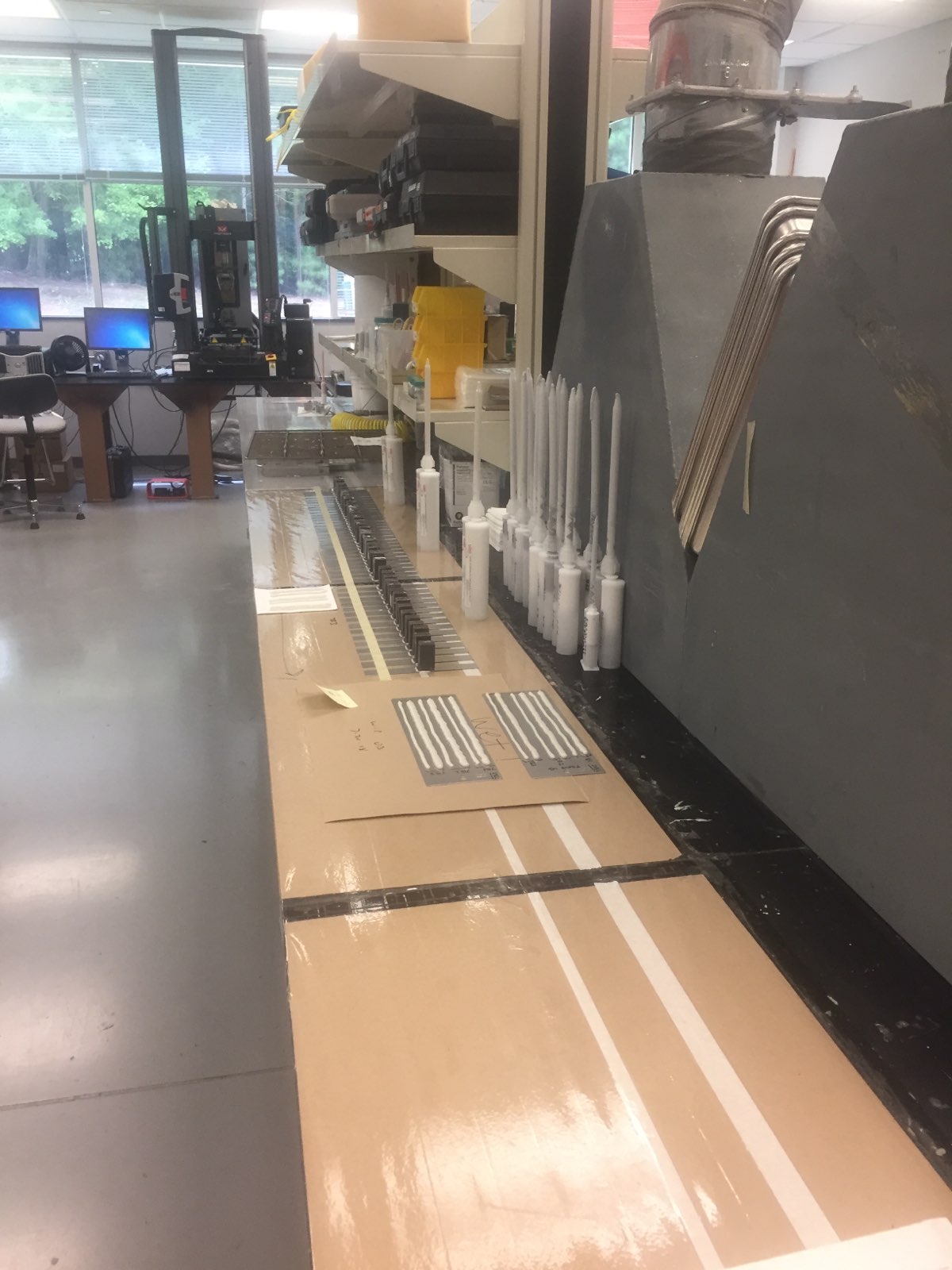 were opened to the true value of the Kenan Fellowship program. There should be thousands of innovative opportunities like this, to broaden our educator perspectives and to remind of us of why we do what we do. Inside the labs were chemists and chemical engineers, working to create adhesives that both strengthen and increase the aesthetics of cars. My mentor John Lean described some of the new types of adhesives they were working on for electric car batteries, along with showing me the hundreds of thousands of dollars of equipment used to test LORD’s adhesives. One machine even crash tests the strength of their adhesives to mimic that of a car crash…woah.
were opened to the true value of the Kenan Fellowship program. There should be thousands of innovative opportunities like this, to broaden our educator perspectives and to remind of us of why we do what we do. Inside the labs were chemists and chemical engineers, working to create adhesives that both strengthen and increase the aesthetics of cars. My mentor John Lean described some of the new types of adhesives they were working on for electric car batteries, along with showing me the hundreds of thousands of dollars of equipment used to test LORD’s adhesives. One machine even crash tests the strength of their adhesives to mimic that of a car crash…woah. 


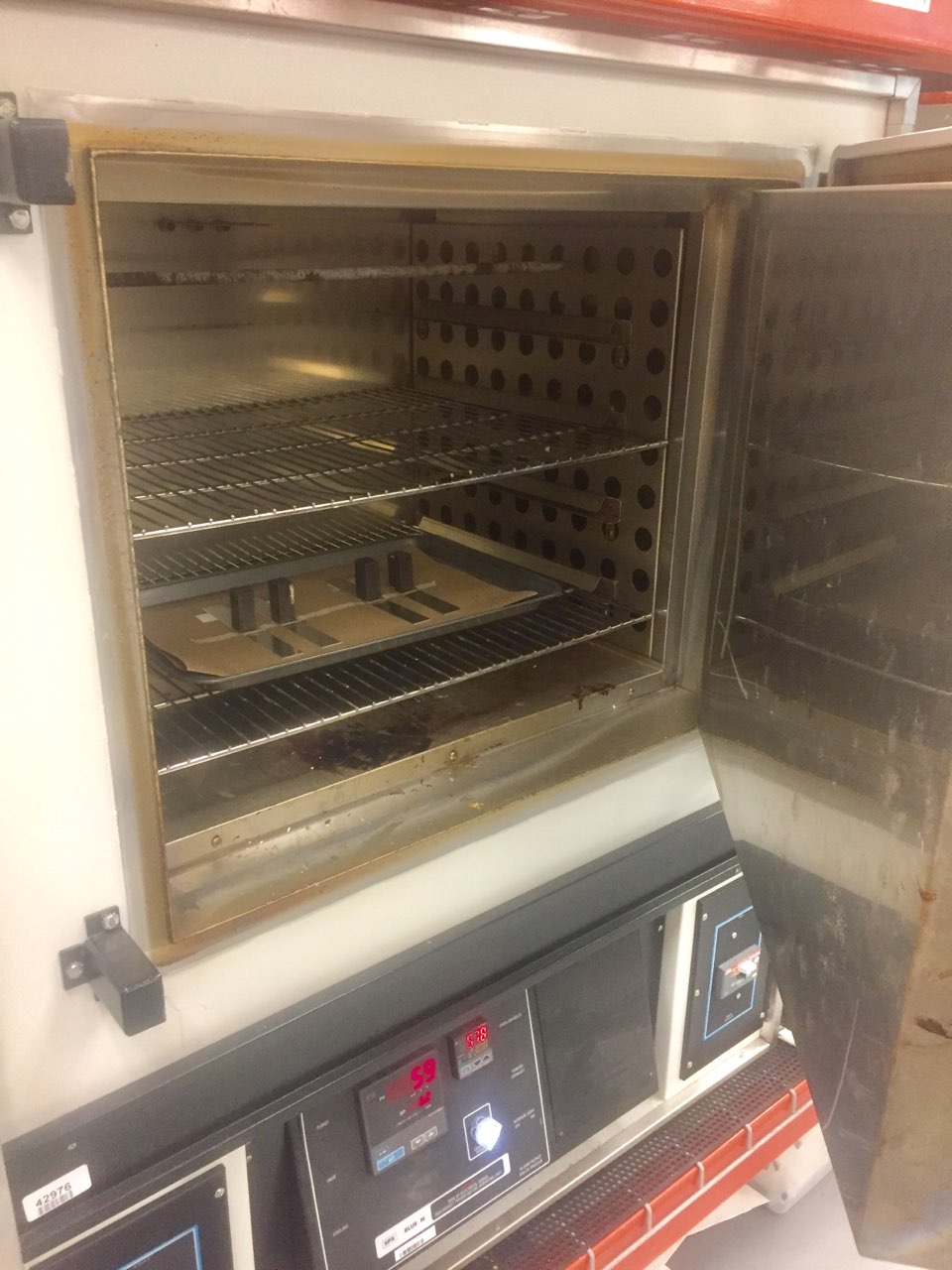 Now you might be wondering how I’m so comfortable using the lingo and terms above, maybe not…but if I had read this post before I began my externship, I would most definitely be wondering. The open-ended experience of creating a
Now you might be wondering how I’m so comfortable using the lingo and terms above, maybe not…but if I had read this post before I began my externship, I would most definitely be wondering. The open-ended experience of creating a 

 I started my summer this year packing my bags to head for Cullowhee, North Carolina, almost the farthest western point of the state! What I knew: I’d get to meet the 24 other educators from across the state, who had also been selected as
I started my summer this year packing my bags to head for Cullowhee, North Carolina, almost the farthest western point of the state! What I knew: I’d get to meet the 24 other educators from across the state, who had also been selected as 